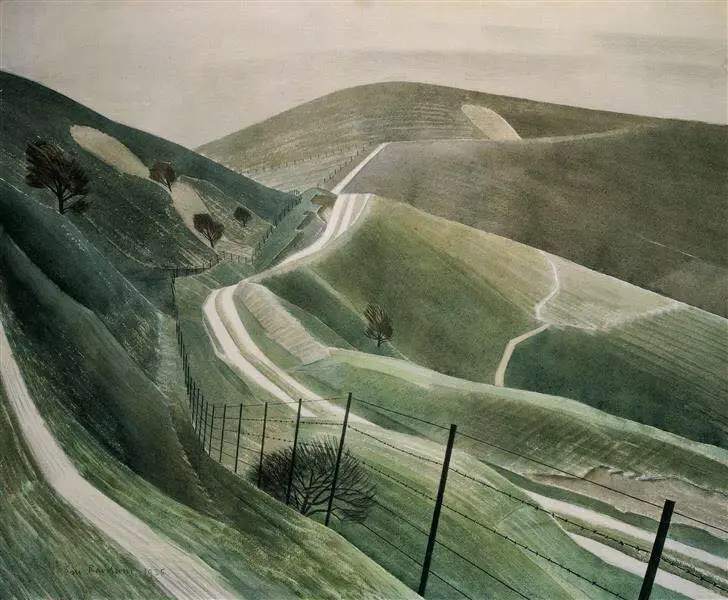(Includes bodies of water.) You may be after a full glossary of landforms, in which case the Wikipedia article is comprehensive: Full list of landforms at Wikipedia. This post skews literary.
Be aware, especially since you’re probably a wide reader and will have picked up words from all over the place, that words to describe landforms are highly regional.
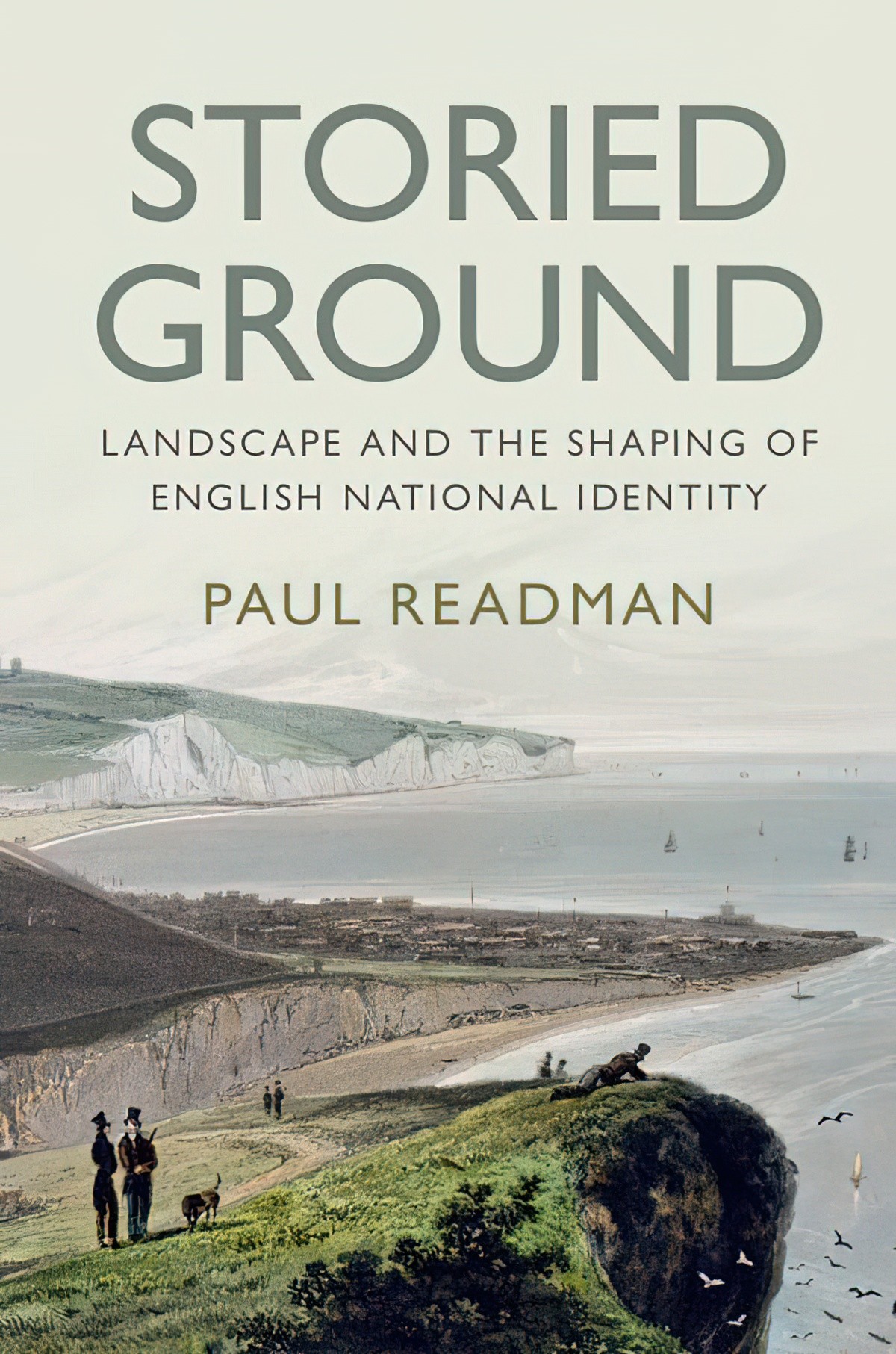
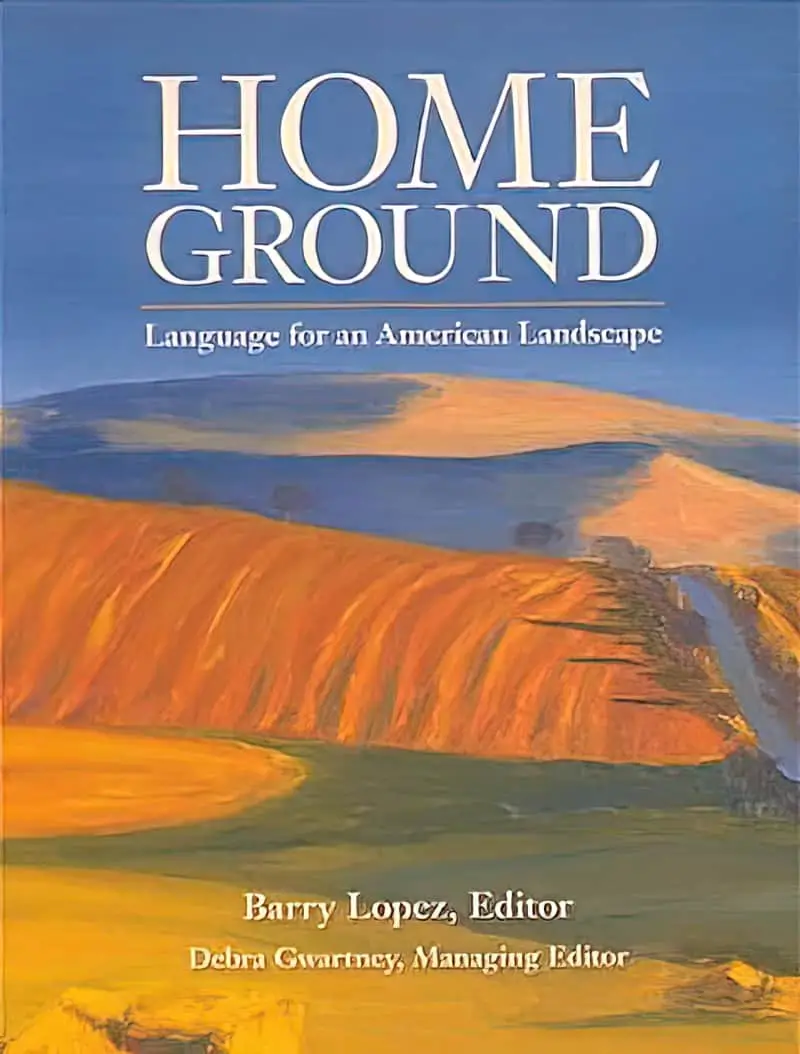
ALLUVION
the flow of water against a shore or bank; inundation by water; flood; the increasing of land area along a shore by deposited alluvium or by the recession of water.
Arroyo
(colloquial: southwestern United States)
The channel of a flat-floored, ephemeral stream, commonly with very steep to vertical banks cut in unconsolidated material; sometimes called a wash. It is usually dry but can be transformed into a temporary watercourse or short-lived torrent after heavy rain within the watershed. Where arroyos intersect zones of ground-water discharge, they are more properly classed as intermittent stream channels.
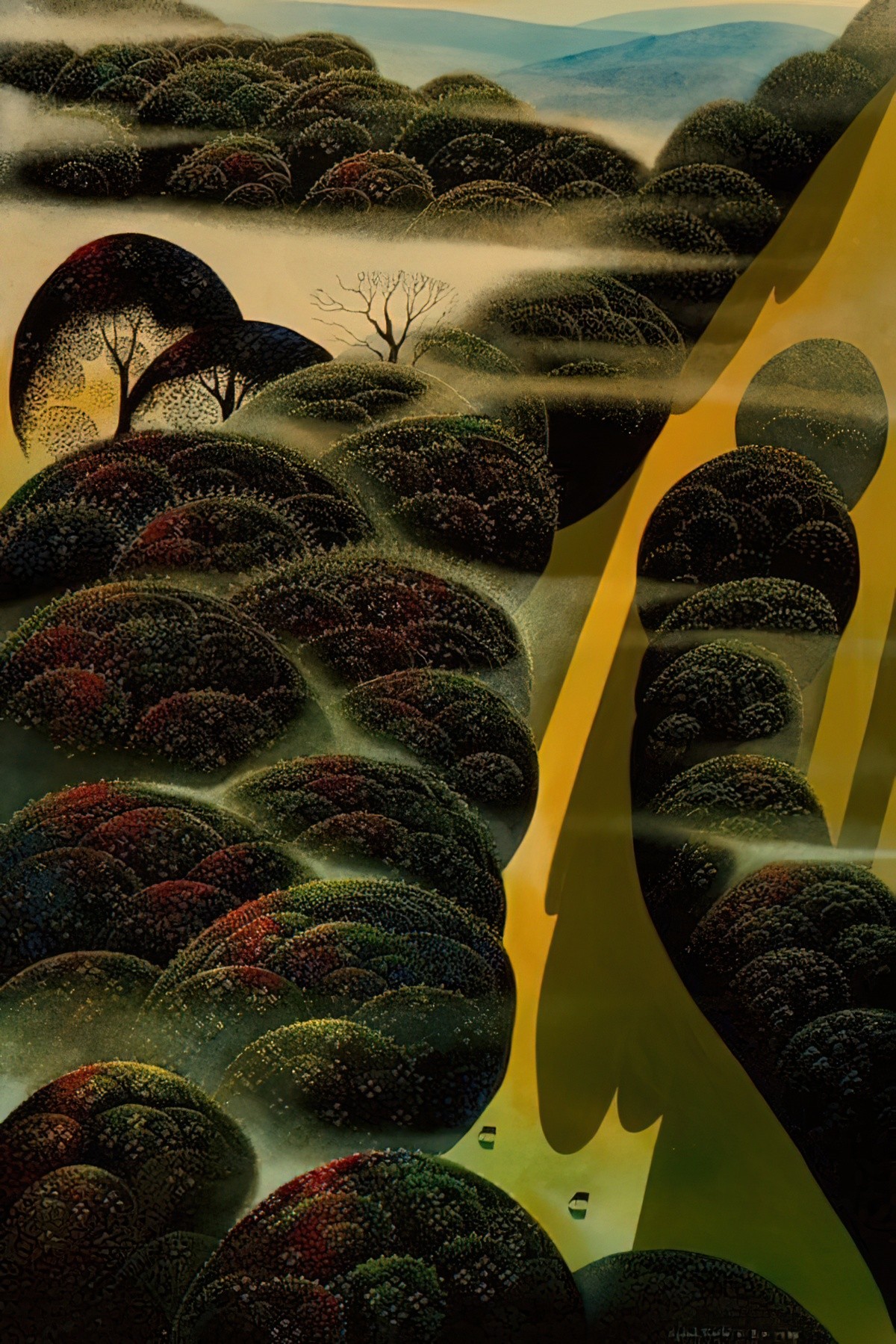
Ash field
A land area covered by a relatively thick or distinctive, surficial deposit of
volcanic ash (air fall) that can be traced to a specific source and has well defined boundaries. An ash field can be distinguished from adjacent landforms or land areas based on ash thickness, mineral composition, and physical characteristics. Soils within an ash field form solely or predominantly within the ash deposit.
Aspect
The direction toward which a slope faces with respect to the compass or to the
rays of the Sun; also called slope aspect.
Atoll
A coral reef appearing in plan view as roughly circular, and surmounted by a chain of closely spaced, low coral islets that encircle or nearly encircle a shallow lagoon in which there is no land or islands of non-coral origin; the reef is surrounded by open sea.
Backshore
The upper or inner, usually dry, zone of the shore or beach, lying between the
high-water line of mean spring tides and the upper limit of shore-zone processes; it is acted upon by waves or covered by water only during exceptionally severe storms or unusually high tides. It is essentially horizontal or slopes gently landward, and is divided from the foreshore by the crest of the most seaward berm.
Backslope
The hillslope profile position that forms the steepest and generally linear,
middle portion of the slope. In profile, backslopes are commonly bounded by a convex shoulder above and a concave footslope below. They may or may not include cliff segments (i.e., free faces). Backslopes are commonly erosional forms produced by mass movement, colluvial action, and running water. Compare – summit, shoulder, footslope, toeslope.
Backswamp
A flood-plain landform. Extensive, marshy or swampy, depressed areas of
flood plains between natural levees and valley sides or terraces. Compare – valley flat
Badlands
A landscape that is intricately dissected and characterized by a very fine
drainage network with high drainage densities and short, steep slopes with narrow interfluves. Badlands develop on surfaces with little or no vegetative cover, overlying unconsolidated or poorly cemented materials.
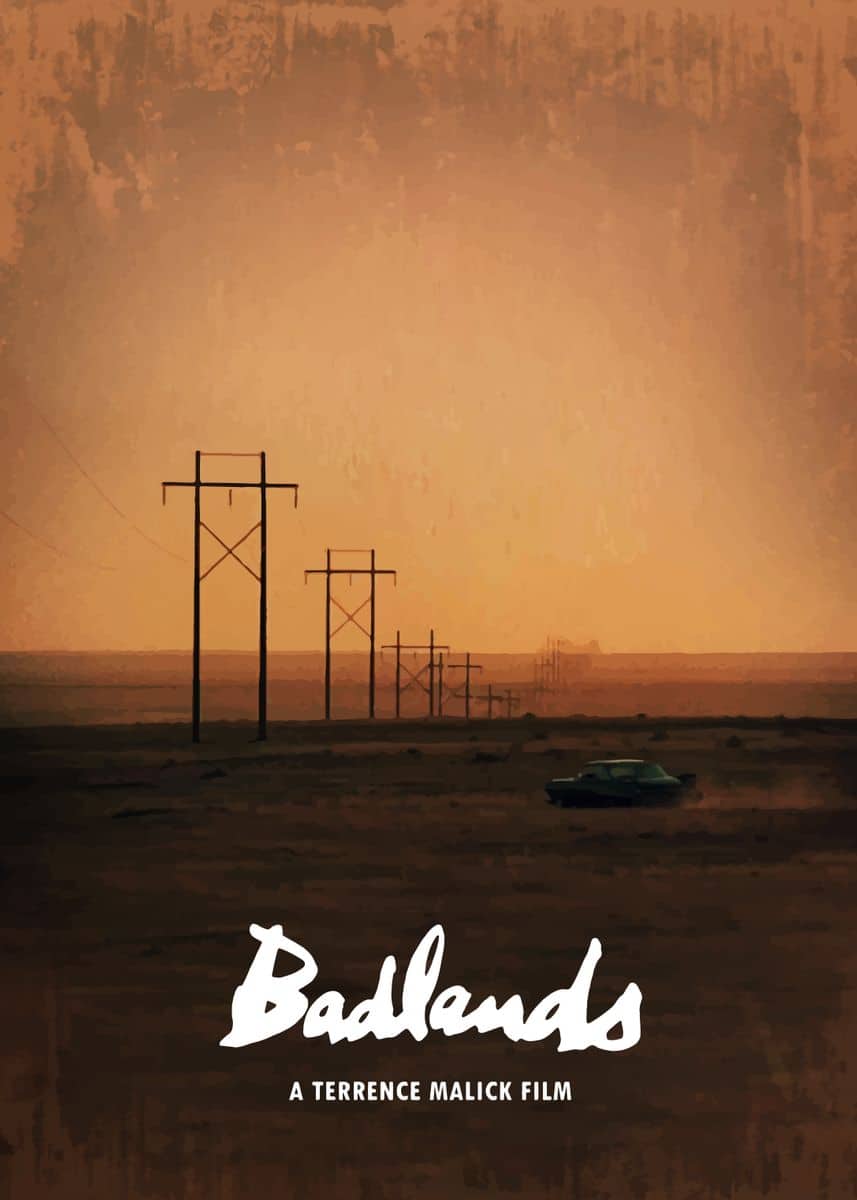
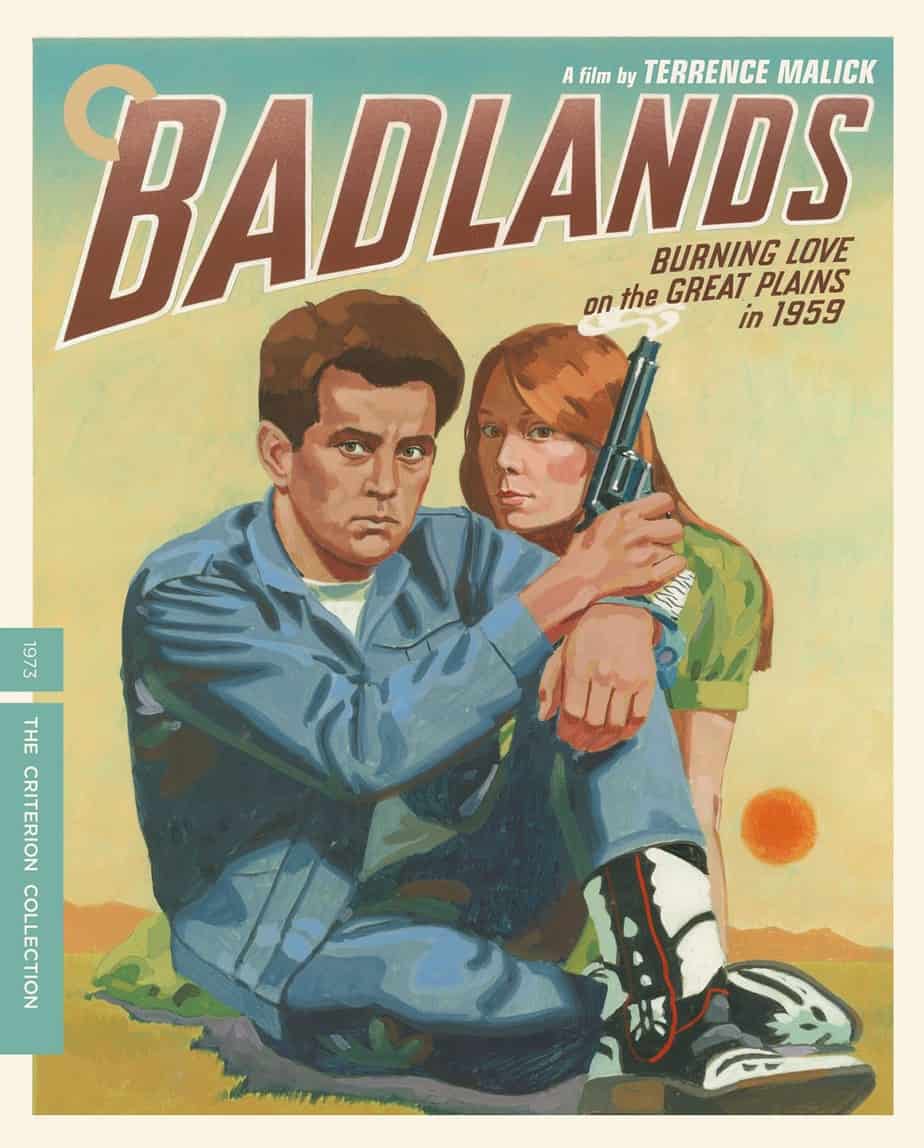

BARWAY
The dictionary definition of barway: A passage into a field or yard, closed by bars that can be lifted out of the posts. But here, Australian author Amanda Lohrey uses it to describe the same in a body of water:
At low tide the sandbank at the centre of the lagoon is exposed, but the tide is on the turn and the waters of the ocean are flowing in through the barway and filling the narrow channel on the northern side. A white egret has alighted on the sandbank and with thin black legs is prowling the edge in a slow stalking tread, hoping to pluck a mullet from the murky swirl of incoming water.
The Labyrinth by Amanda Lohrey
I suspect this usage comes from ‘bar’, short for sandbar, which boaties are advised to be wary around.
Bay
a recessed, coastal body of water that directly connects to a larger main body of water, such as an ocean, a lake, or another bay. A large bay is usually called a gulf, sea, sound, or bight. A fjord is a particularly steep bay shaped by glacial activity. See: At The Bay by Katherine Mansfield.
Beck
(Northern English) a stream
Berm
Berms are mounded hills of soil that are often constructed to serve a purpose in a landscaped area. They can be used for aesthetics, excess rainwater drainage, separating different areas of the garden, accent walkways, and as foundations for privacy screens.
BOMBORA
A wave that forms over a submerged offshore reef or rock, sometimes (in very calm weather or at high tide) merely swelling but in other conditions breaking heavily and producing a dangerous stretch of broken water. The word is now commonly used for the reef or rock itself.
ANU
Boreen
(Irish) a narrow country road
Bower
a pleasant shady place under trees or climbing plants in a garden or wood
Brook
a small stream
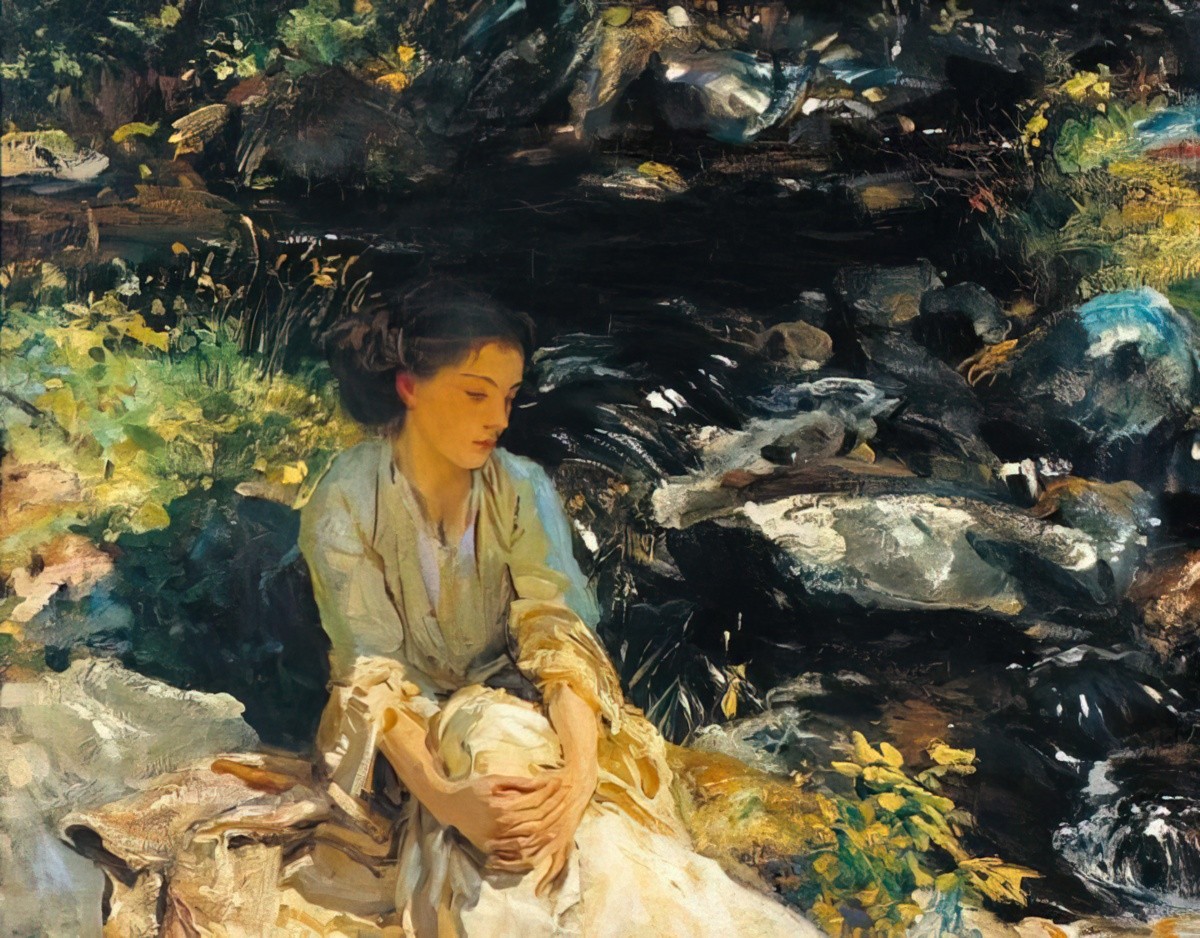
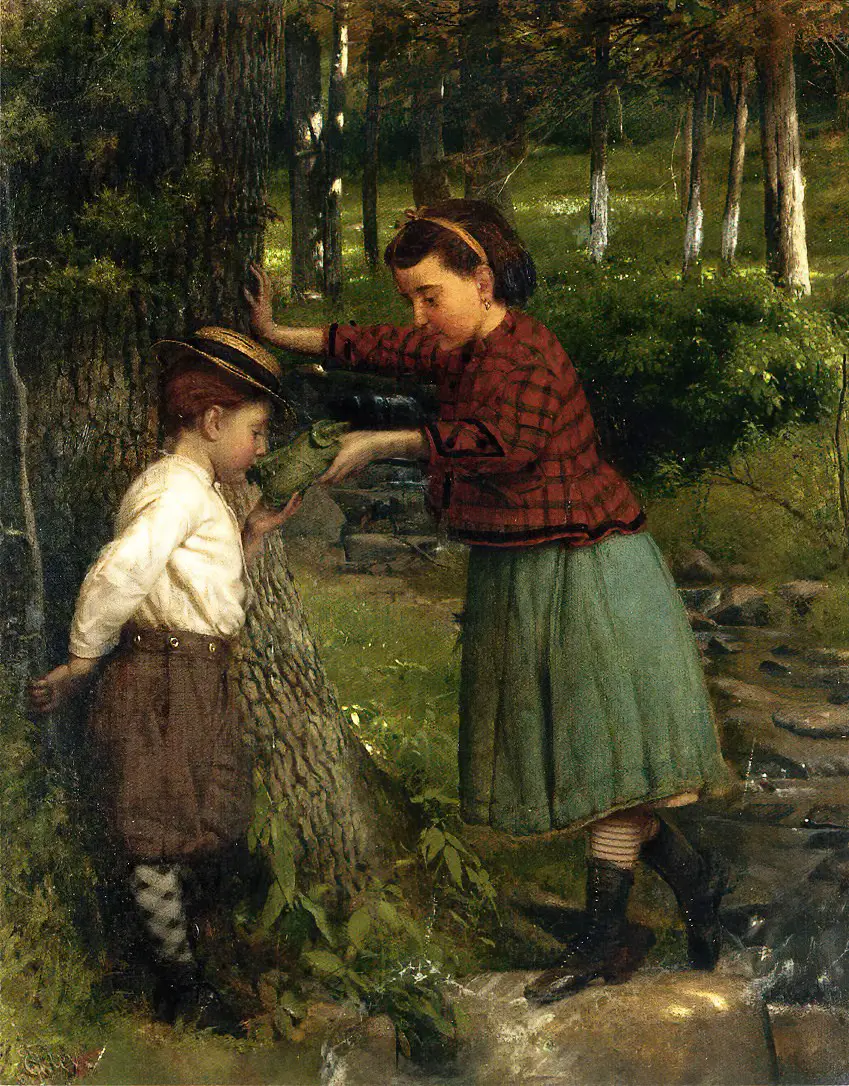
BROW
The summit of a hill or pass.
A long and gently sloping hill stretched before him, and as he reaching its brow he paused to take some sort of bearing.
“The Lady of the Bells”, Weird Magazine, 1939
Buffalo wallow
A buffalo wallow or bison wallow is a natural topographical depression in the flat prairie land that holds rain water and runoff. Originally this would have served as a temporary watering hole for wildlife, including the American bison.
Burn
Scotland features many fast-running streams and so has many words for running water. A burn is a stream. (cf. Robbie Burns)
BUTTE
A butte is formed when a mesa is further eroded until the formation is taller than it is wide. Buttes tend to be isolated from other structures, with steep sides and a flat top.
Camber
The slightly convex or arched shape of a road or other horizontal surface.”A bend where the camber of the road sloped to a ditch.” British: a tilt built into a road at a bend or curve, enabling vehicles to maintain speed.
Canal
an artificial waterway constructed to allow the passage of boats or ships inland or to convey water for irrigation.
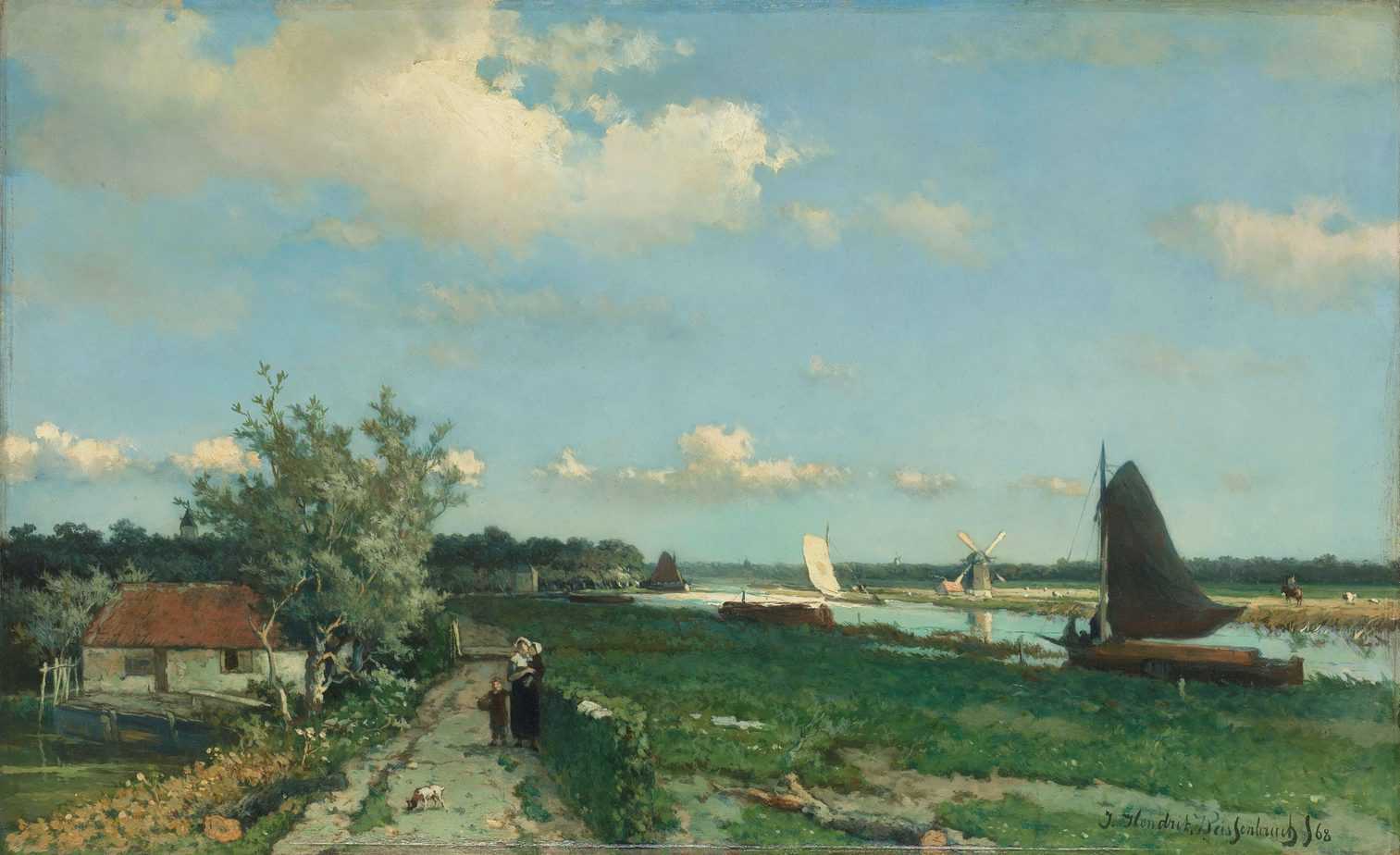
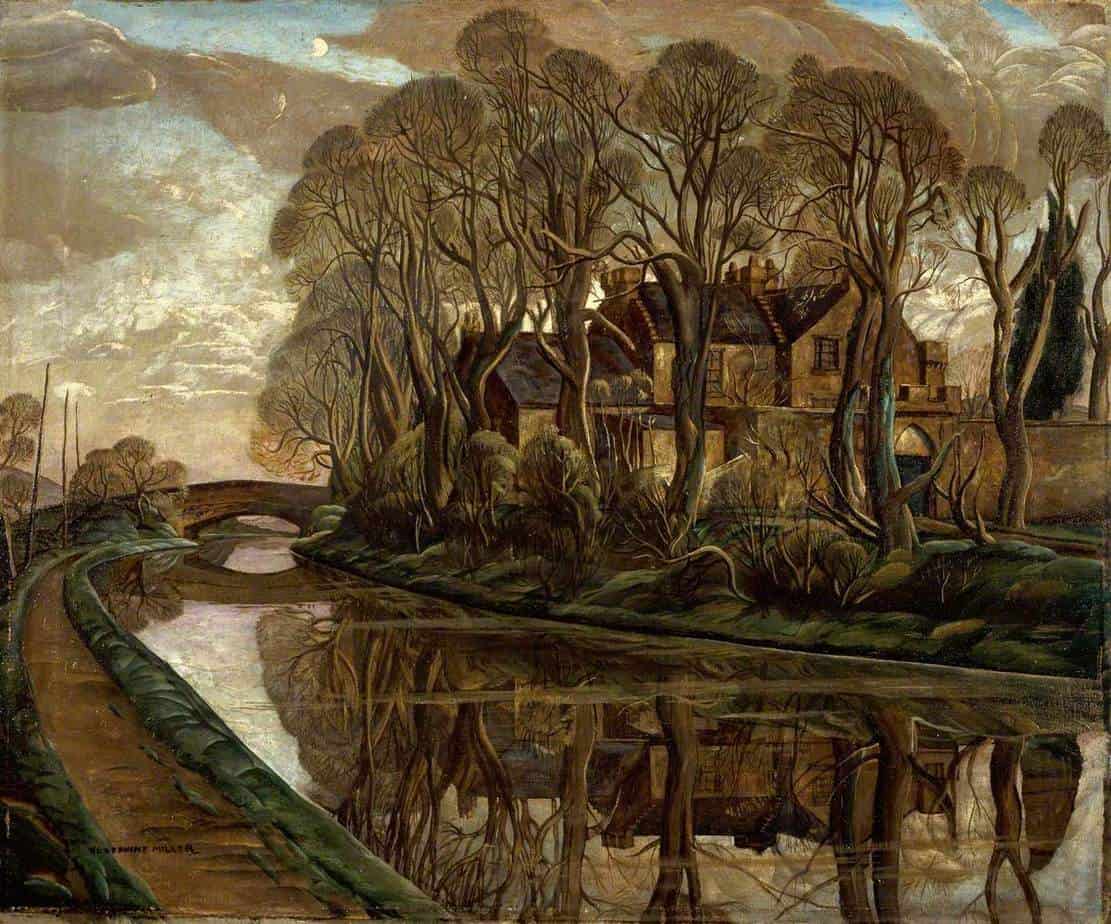
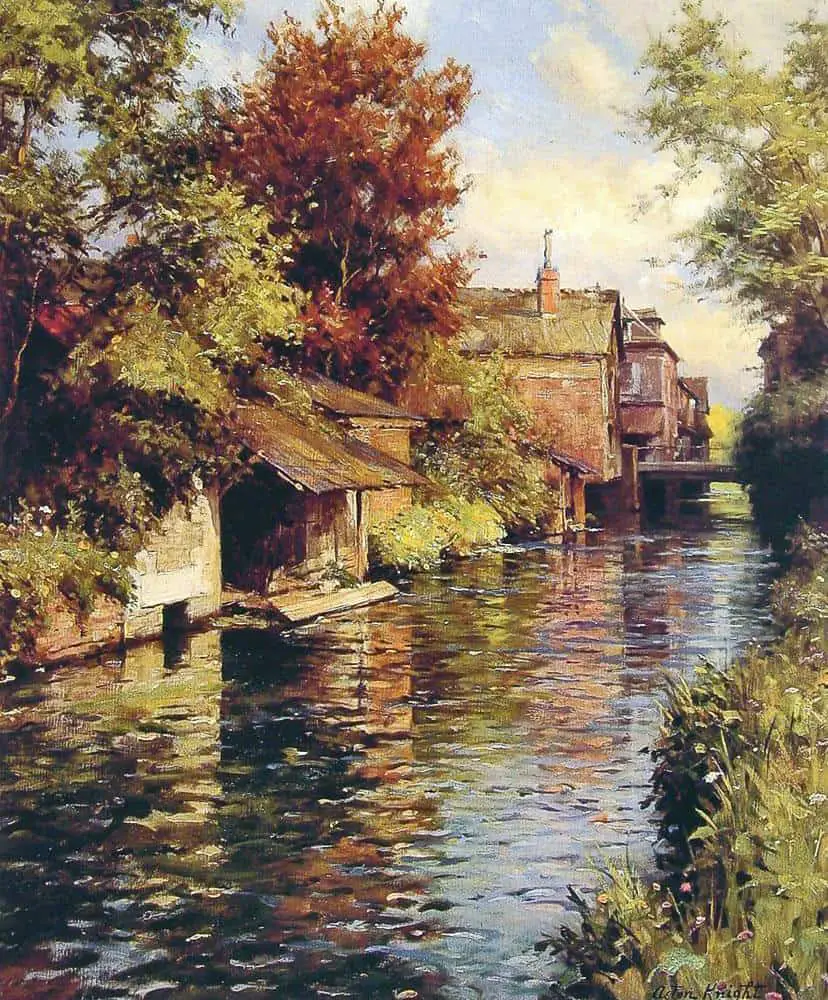
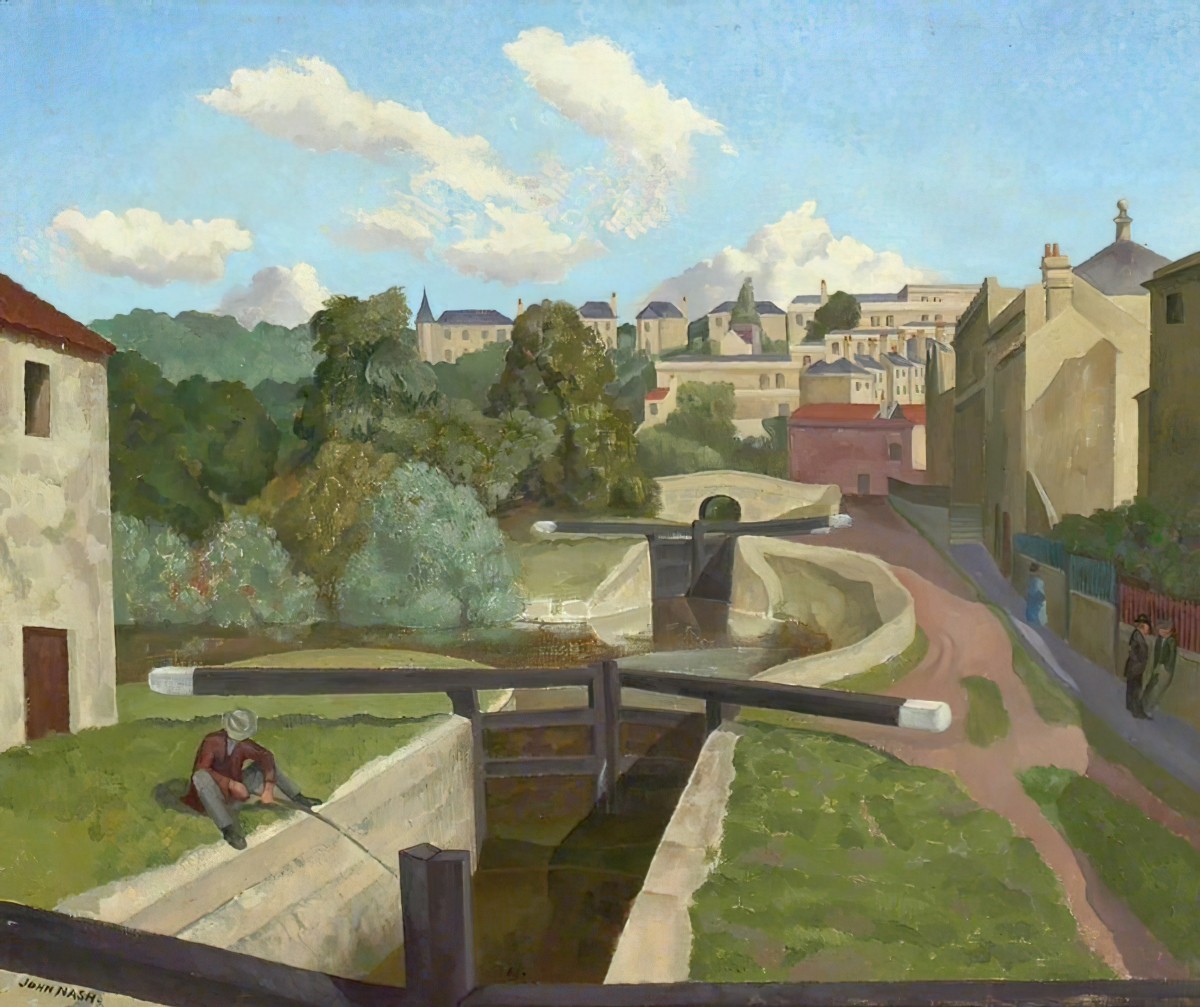
Canyon
A deep cleft (gorge), between escarpments or cliffs resulting from weathering and the erosive activity of a river over geologic time scales. Typically a canyon has a river flowing through it. See “The Outcasts of Poker Flat” and “The People Across The Canyon” for two short stories in which the canyon comes to the fore.
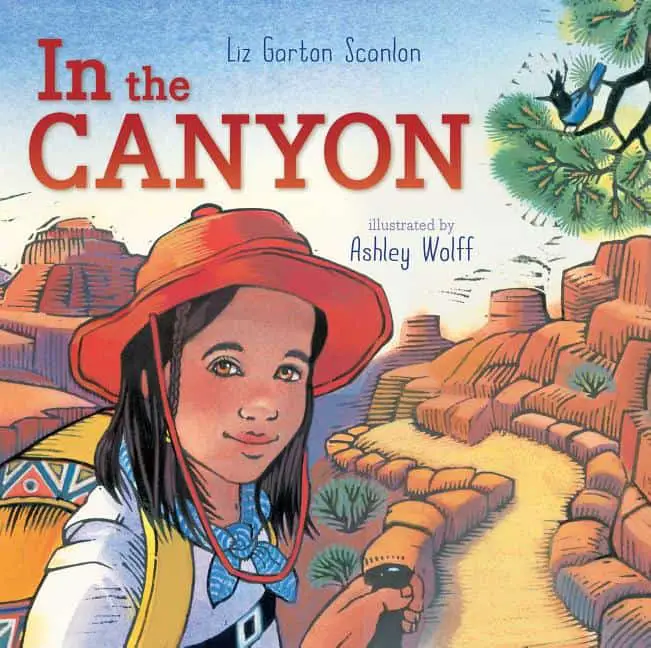
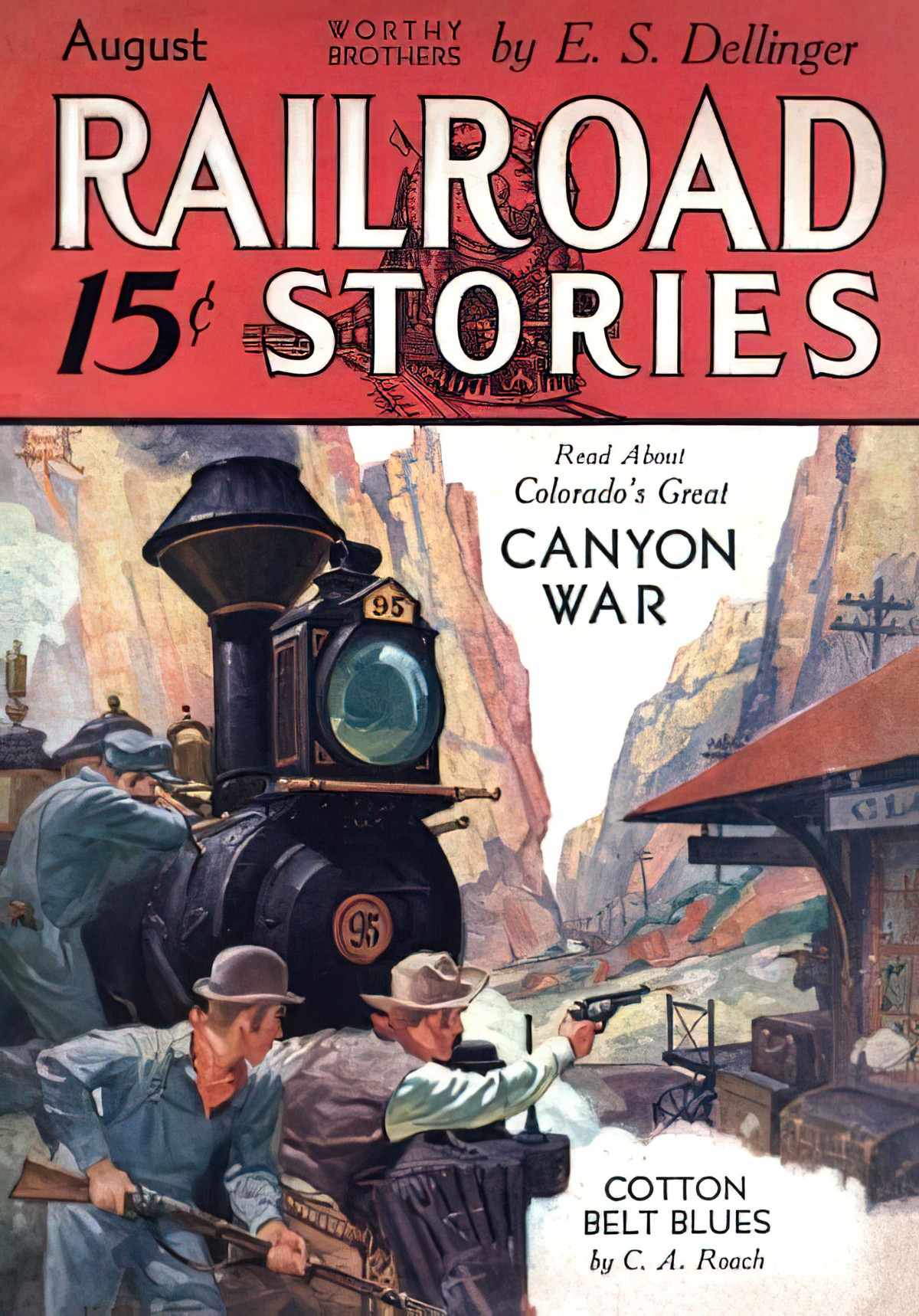
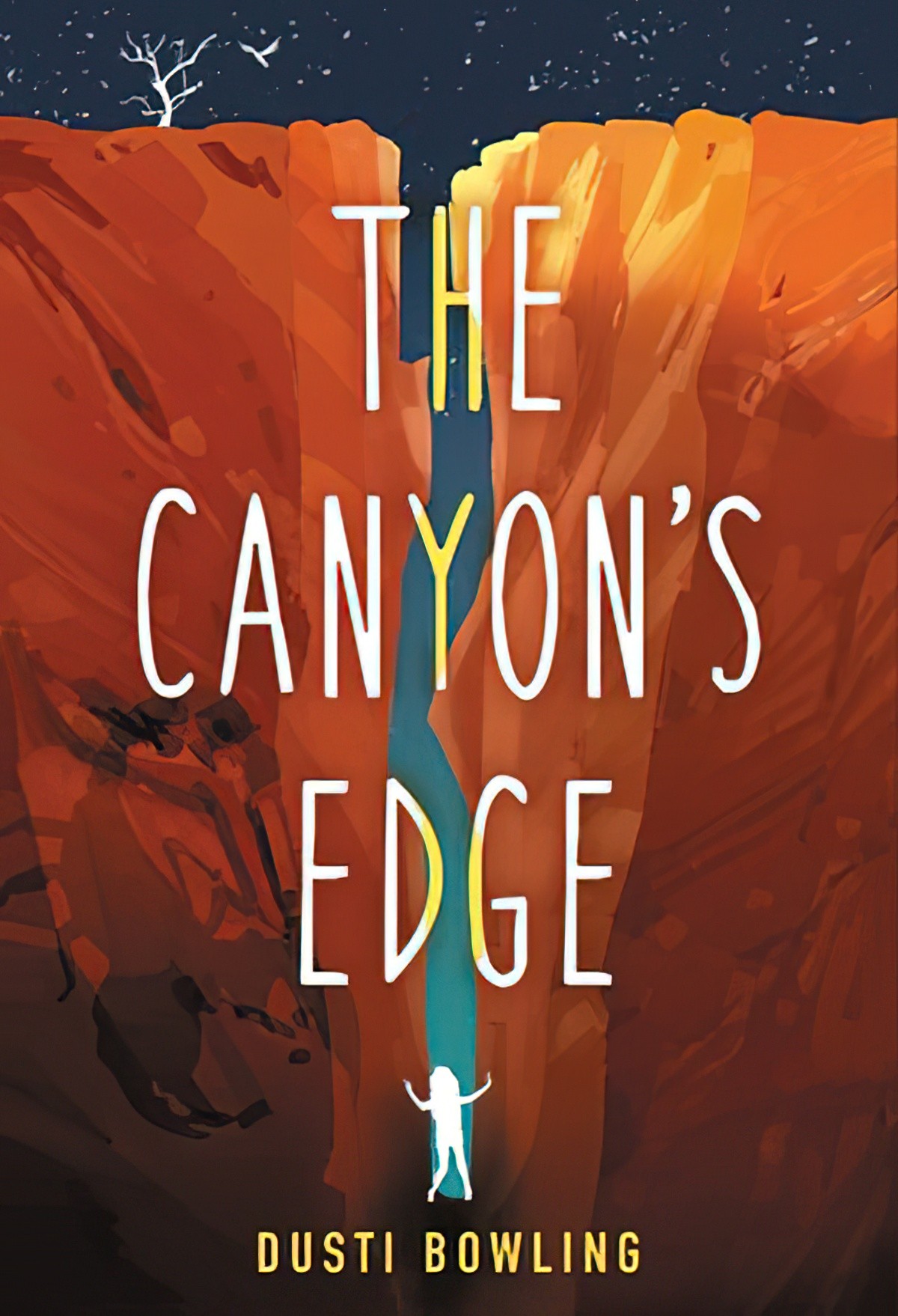
Hatchet meets Long Way Down in this heartfelt and gripping novel in verse about a young girl’s struggle for survival after a climbing trip with her father goes terribly wrong.
One year after a random shooting changed their family forever, Nora and her father are exploring a slot canyon deep in the Arizona desert, hoping it will help them find peace. Nora longs for things to go back to normal, like they were when her mother was still alive, while her father keeps them isolated in fear of other people. But when they reach the bottom of the canyon, the unthinkable happens: A flash flood rips across their path, sweeping away Nora’s father and all of their supplies.
Suddenly, Nora finds herself lost and alone in the desert, facing dehydration, venomous scorpions, deadly snakes, and, worst of all, the Beast who has terrorized her dreams for the past year. If Nora is going to save herself and her father, she must conquer her fears, defeat the Beast, and find the courage to live her new life.
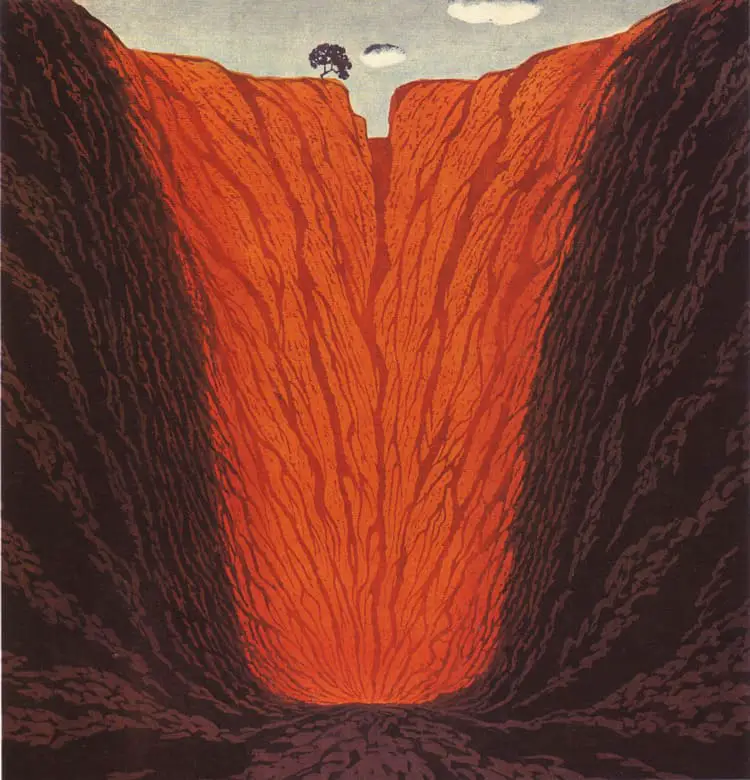
Cleugh
Scotland features many fast-running streams and so has many words for running water. A cleugh is a gorge which is the shape of the course of a stream.
Cliff
a vertical, or nearly vertical, rock exposure. Cliffs are formed as erosion landforms by the processes of weathering and erosion. Cliffs are common on coasts, in mountainous areas, escarpments and along rivers. Cliffs are usually formed by rock that is resistant to weathering and erosion. Sedimentary rocks most likely to form cliffs include sandstone, limestone, chalk, and dolomite. Igneous rocks such as granite and basalt also often form cliffs.
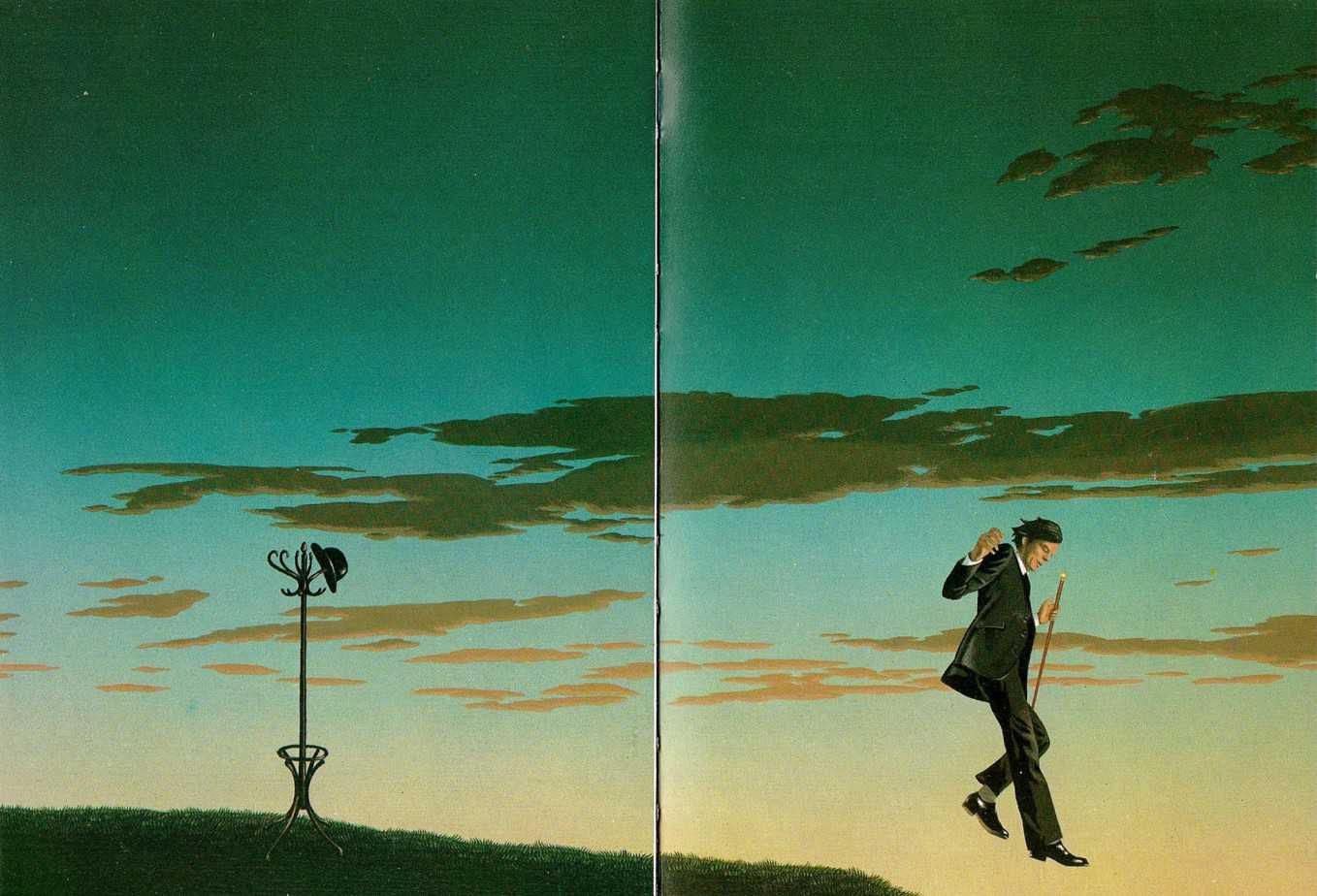
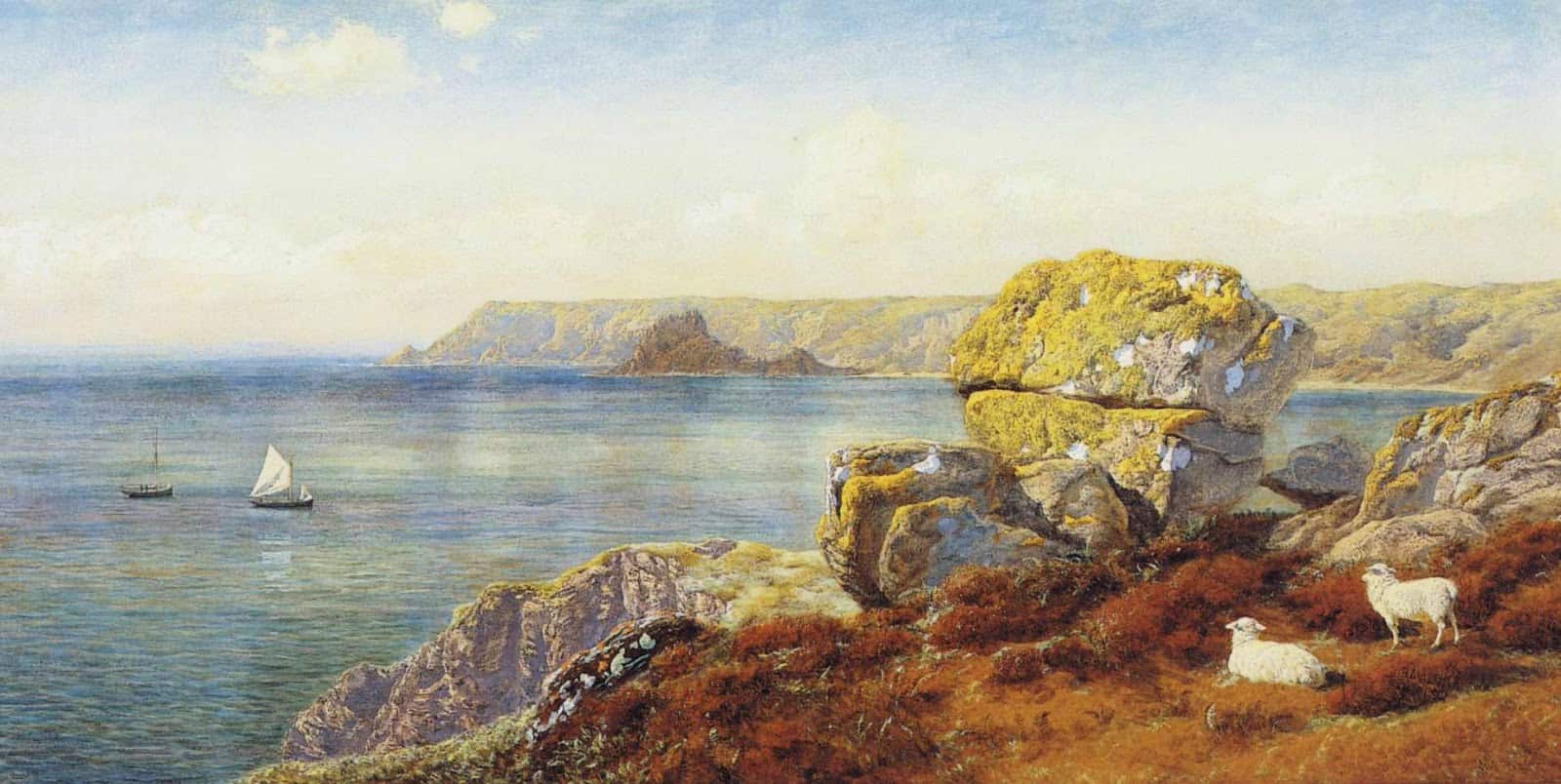
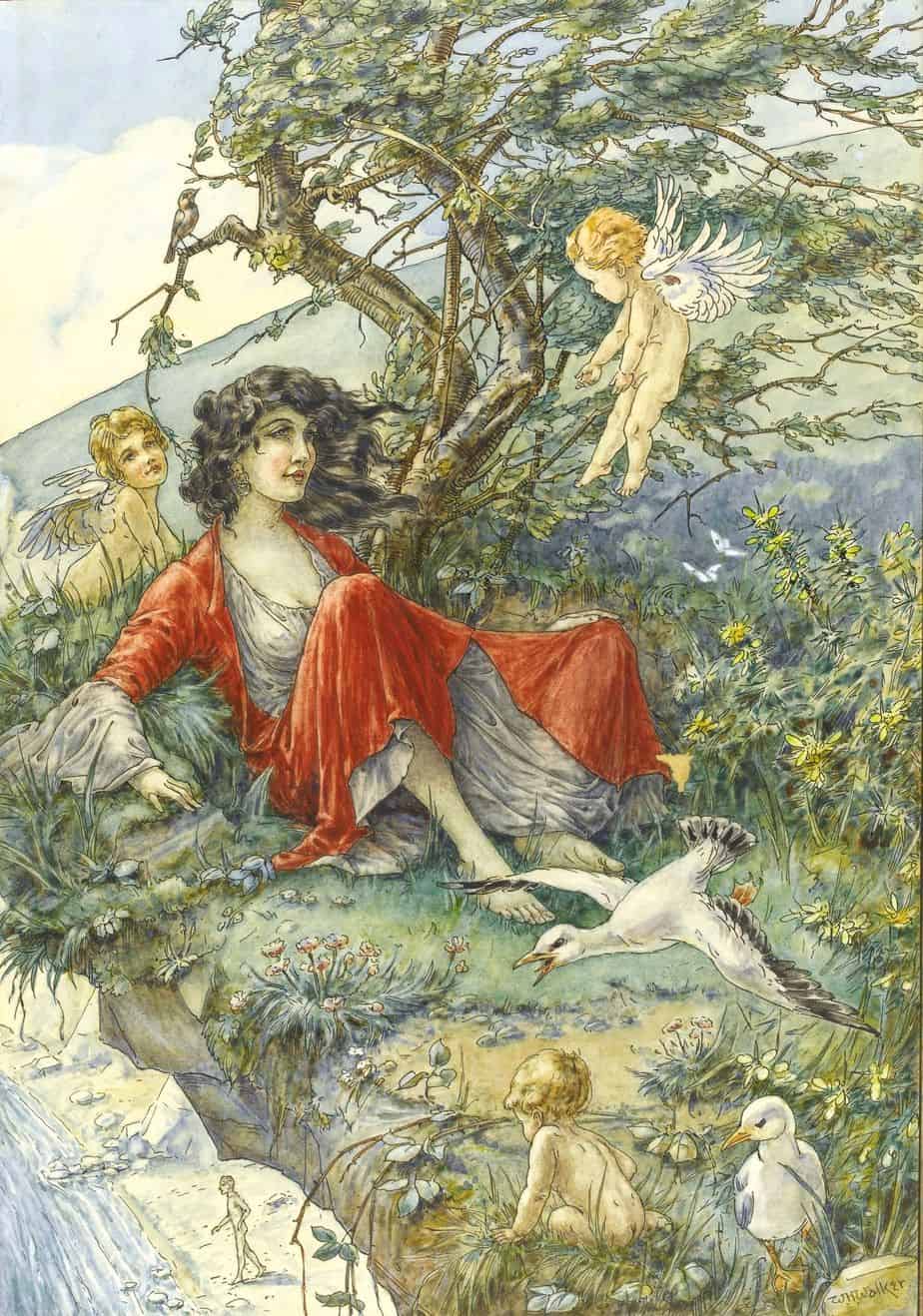
Clump
a small group of trees or plants growing closely together
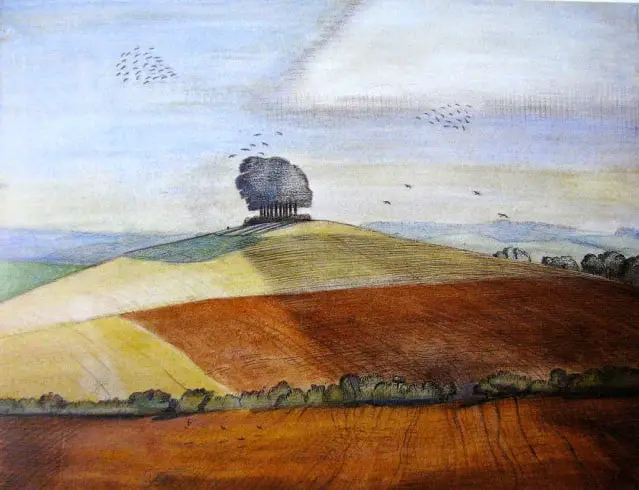
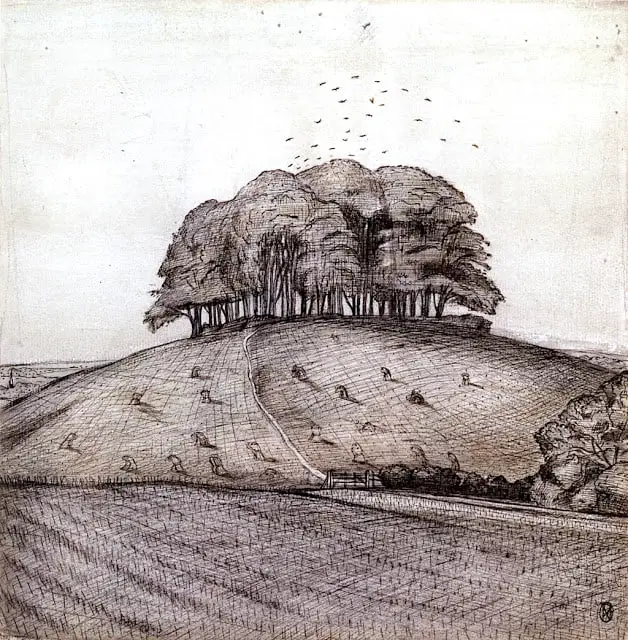
Coast
the part of the land adjoining or near the sea.
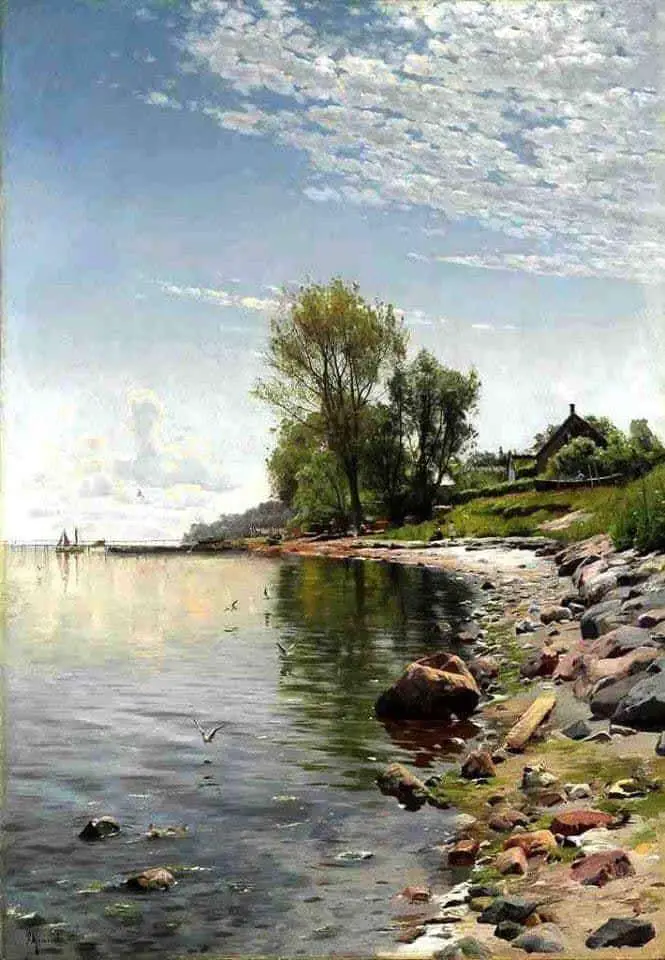
Col
the lowest point on a mountain ridge between two peaks (of hills rather than mountains). A drainage divide.
Colonnade
a row or evenly spaced trees
Conurbation
a city surrounded by many urban areas
Coteau
uplands; higher ground of a region
Coulée
a steep and dry gully
Couloir
gully
Counterscarp
narrow earth band on the outer wall of a defensive ditch
Cove
a small type of bay or coastal inlet. Coves usually have narrow, restricted entrances, are often circular or oval, and are often situated within a larger bay. Think cove, think ‘sheltered’.
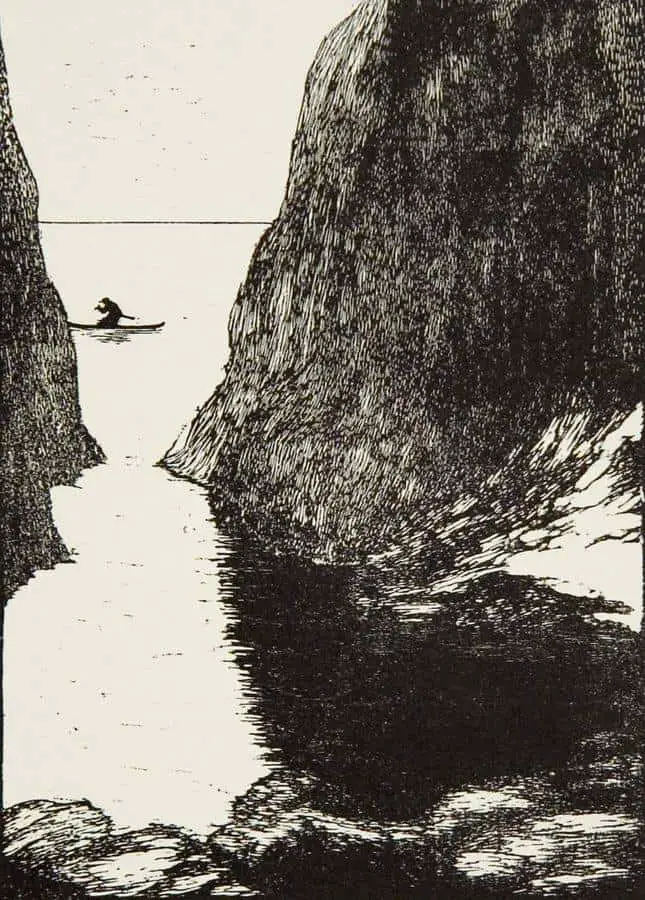
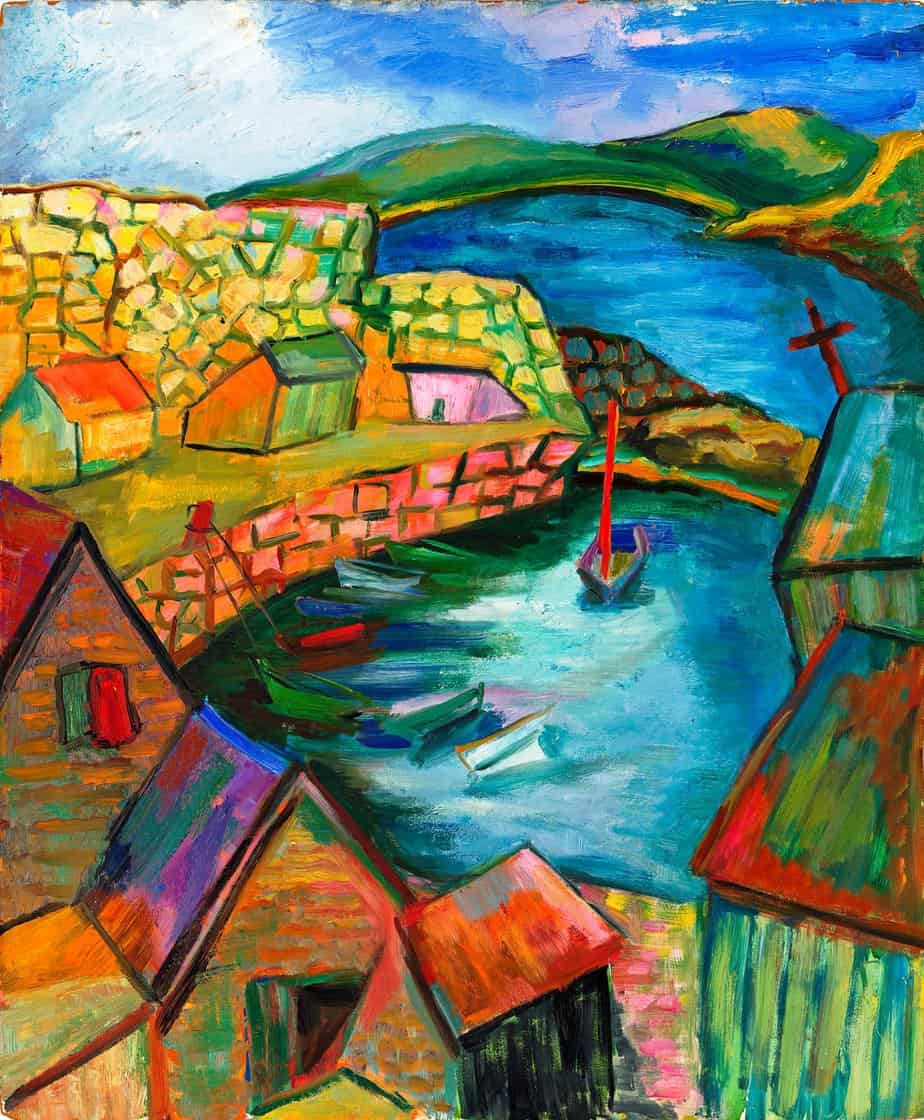
CRAG
a steep or rugged cliff or rock face
And, o’er a bridge of pinewood crossing, came
“The Princess” by Alfred, Lord Tennyson
On flowery levels underneath the crag,
Full of all beauty.
CREEK
A narrow, sheltered waterway, especially an inlet in a shoreline or channel in a marsh. In America it means a stream or minor tributary of a river.
A spring as clear as well water bubbled up from nowhere in the sand. It was as though the banks cupped green leafy hands to hold it. There was a whirlpool where the water rose from the earth. Grains of sand boiled in it. Beyond the bank, the parent spring bubbled up at a higher level, cut itself a channel through white limestone and began to run rapidly down-hill to make a creek. The creek joined Lake George, Lake George was a part of the St. John’s River, the great river flowed northward and into the sea. It excited Jody to watch the beginning of the ocean. There were other beginnings, true, but this one was his own. He liked to think that no one came here but himself and the wild animals and the thirsty birds.
The Yearling (1938)
Crest
the top of a mountain or hill. Also used as a verb e.g. ‘Crest the rise’. This word is used to mean the hillslope component summit, but geologists don’t approve of that usage. When geologists say ‘crest’ they specifically mean the narrow top of a ridge, hill or mountain.
Crevasse
A wide breach or crack in the bank of a river or canal. A crevasse can naturally occur or it can be created artificially (e.g. in the bank of the lower Mississippi River.) Also refers to a wide, deep break or fissure in the earth that appears after an earthquake. When talking about glaciers, a crevasse is a deep, nearly vertical fissure, crack or break in the mass of land ice.
Crista
ridge or fold resembling a crest
Cutbank
In everyday usage cutbank refers to a small cliff on an otherwise flattish surface which will injure you or your horse if you don’t see it, but probably isn’t big enough to kill you outright. Larry McMurtry frequently makes use of this word in his cowboy novels. Geologists don’t use cutbank to mean this. In geology, a cutbank is a slope or wall portion of a cut excavated into unconsolidated material or bedrock, as in a borrow pit.
Dale
“up hill and down dale”. A dale is a valley, especially in northern England (e.g. The Yorkshire Dales.) A valley can feel closed in, but a dale is a wide, open area that stretches between hills. (Dale comes from the Old English word for “valley,” dæl.)
DAM
a barrier constructed to hold back water and raise its level, forming a reservoir used to generate electricity or as a water supply.
Debris
Any surficial accumulation of loose material detached from rock masses by
chemical and mechanical means, as by decay and disintegration. It consists of rock clastic
material of any size and sometimes organic matter.
Delta
A body of alluvium, nearly flat and fan-shaped, deposited at or near the mouth of a
river or stream where it enters a body of relatively quiet water, usually a sea or lake.
Delta plain
The level or nearly level surface composing the land-ward part of a large
delta; strictly, a flood plain characterized by repeated channel bifurcation and divergence, multiple distributary channels, and interdistributary flood basins.
Deposit
Either consolidated or unconsolidated material of any type that has accumulated by natural processes or by human activity.
Depression
Any relatively sunken part of the earth’s surface; especially a low-lying area
surrounded by higher ground. A closed depression has no natural outlet for surface drainage (e.g., a sinkhole). An open depression has a natural outlet for surface drainage. You can get closed depressions and open depressions.
Desert pavement
A natural, residual concentration or layer of wind-polished, closely
packed gravel, boulders, and other rock fragments, mantling a desert surface. It is formed
where wind action and sheetwash have removed all smaller particles or where rock fragments have migrated upward through sediments to the surface. It usually protects the underlying, finer-grained material from further deflation.
Detritus
A collective term for rock and mineral fragments occurring in sediments, that are detached or removed by mechanical means (e.g., disintegration, abrasion) and derived from preexisting rocks and moved from their place of origin.
Dell
a small valley, usually among trees. ‘There’s a sort of dell down here in front of us, where the ground seems all hilly and humpy and hummocky.’ (The Wind In The Willows)
Dike
A tabular igneous intrusion that cuts across the bedding or foliation of the country rock. Cf. sill.
Dingle
(literary) a deep wooded valley or dell
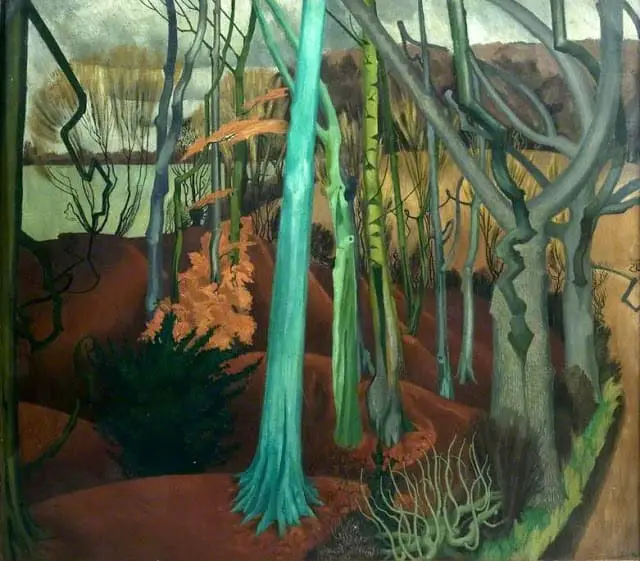
Dip
A geomorphic component (characteristic piece) of flat plains (e.g. lake
plain, low coastal plain, low-relief till plain) consisting of a shallow and typically closed depression that tends to be an area of focused groundwater recharge but not a permanent water body and that lies slightly lower and is wetter than the adjacent talf (flat part), and favors the accumulation of fine sediments and organic materials.
Dip slope
A slope of the land surface, roughly determined by and approximately
conforming to the dip of underlying bedded rocks; (i.e., the long, gently inclined surface of a cuesta). Cf. scarp slope.
Ditch
a landform created by running water. Smaller than a gully, which is smaller than a ravine.
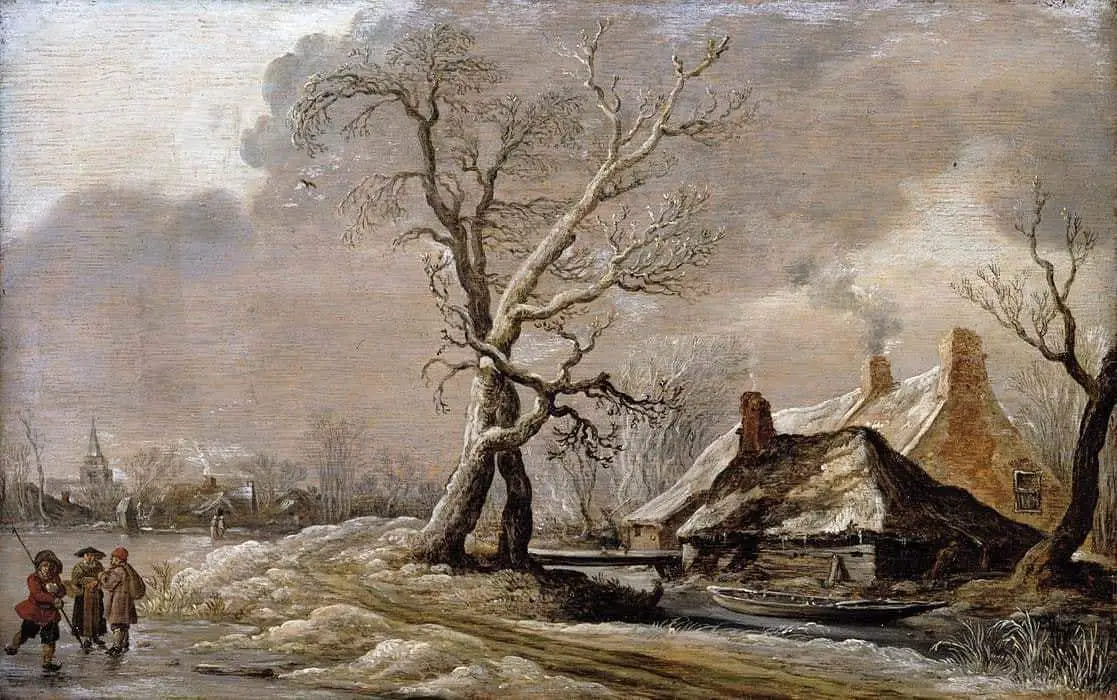
DOWN GRADE
American: a downward gradient on a railway or road.
The down grade tempted him to a lope.
The Yearling 1938
Draw
(US). a terrain feature formed by two parallel ridges or spurs with low ground in between them. The area of low ground itself is the draw, and it is defined by the spurs surrounding it. Draws are similar to valleys on a smaller scale; however, while valleys are by nature parallel to a ridgeline, a draw is perpendicular to the ridge, and rises with the surrounding ground, disappearing up-slope. A draw is usually etched in a hillside by water flow, is usually dry, but many contain an ephemeral stream or loose rocks from eroded rockfall. A draw may be described as ‘deep’ or ‘shallow’.
DUCKBOARD
A type of board consisting of a number of wooden slats, used in the construction of paths which form a path across muddy ground or in trenches.
I am in the highlands, walking alone along a duckboard raised above swampy turf.
The Labyrinth, Amanda Lohrey
ESTUARY
The tidal mouth of a large river, where the tide meets the stream. A partially enclosed coastal body of brackish water with one or more rivers or streams flowing into it, and with a free connection to the open sea. Estuaries form a transition zone between river environments and maritime environments and are an example of an ecotone.
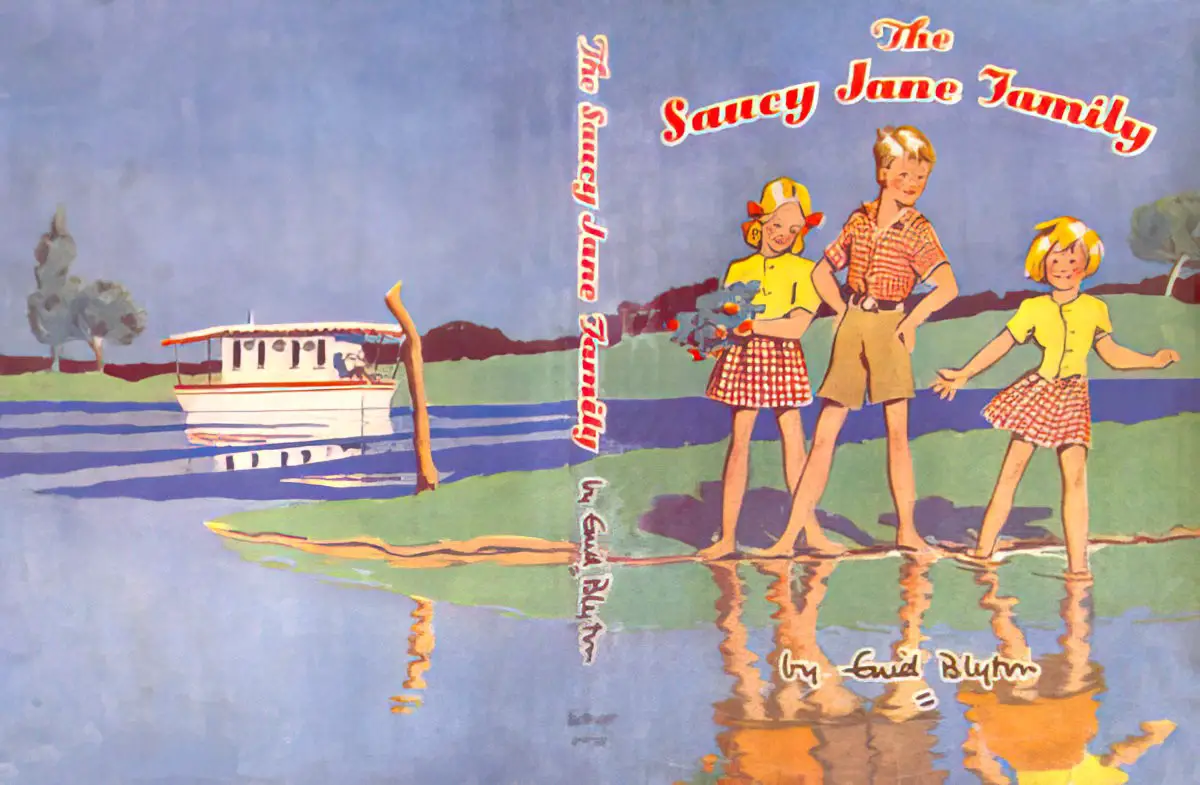
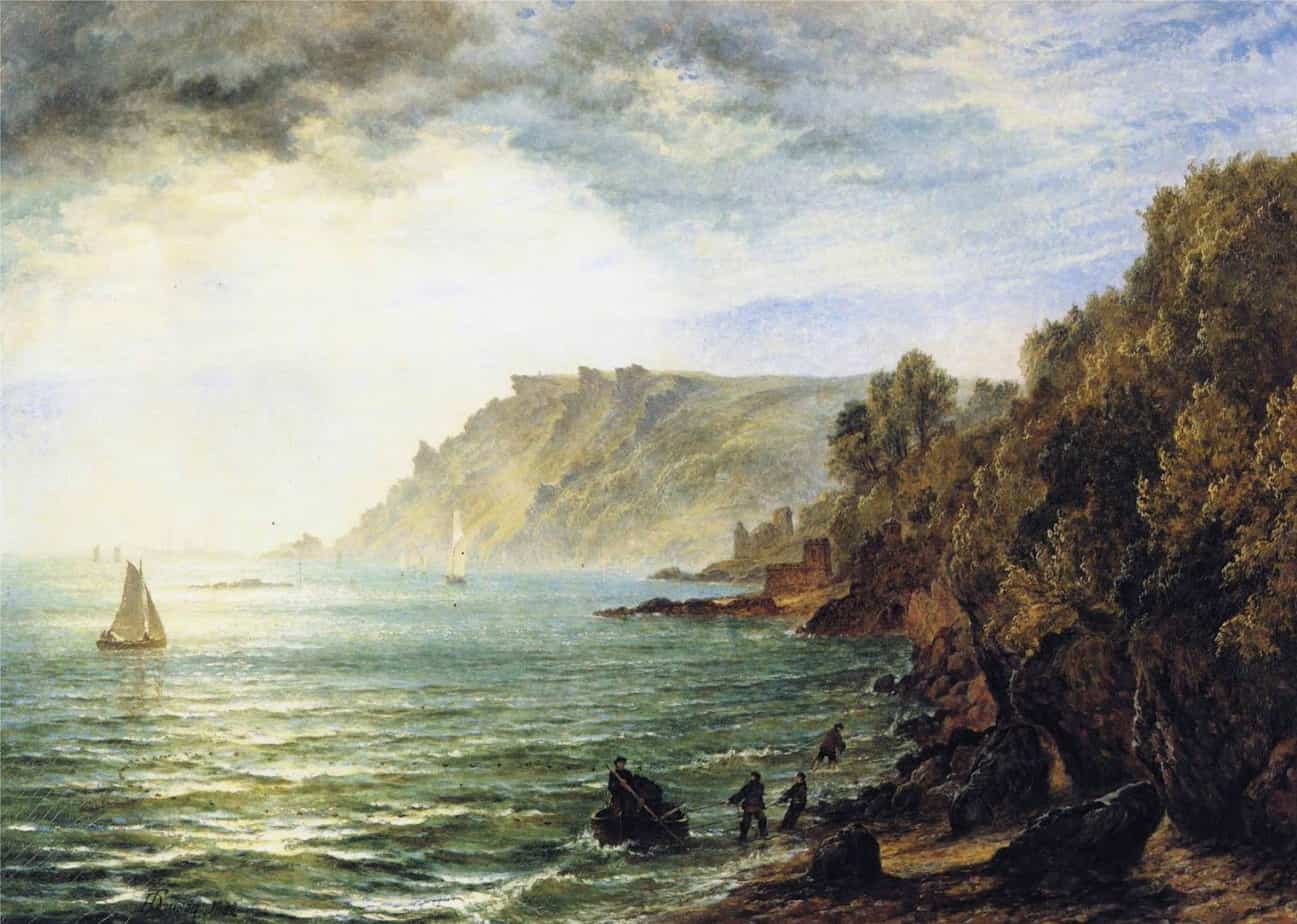

Embankment
‘a railway embankment’ (the little hill which elevates a railway line)
Escarpment
a long, steep slope, especially one at the edge of a plateau or separating areas of land at different heights. Commonly formed by faulting or fracturing of the earth’s crust. (Compare scarp)
FIELD
an area of open land, especially one planted with crops or pasture, typically bounded by hedges or fences
It’s headed into the long cool September stretch of evening, but cloudy enough that there’s no trace of a sunset. The sky, dappled in subtle gradations of gray, goes on forever; so do the fields, coded in shades of green by their different uses, divided up by sprawling hedges, dry-stone walls and the odd narrow back road. Away to the north, a line of low mountains rolls along the horizon. Cal’s eyes are still getting used to looking this far, after all those years of city blocks. Landscape is one of the few things he knows of where the reality doesn’t let you down. The West of Ireland looked beautiful on the internet; from right smack in the middle of it, it looks even better. The air is rich as fruitcake, like you should do more with it than just breathe it; bite off a big mouthful, maybe, or rub handfuls of it over your face.
from The Searcher, a 2021 novel by Tana French
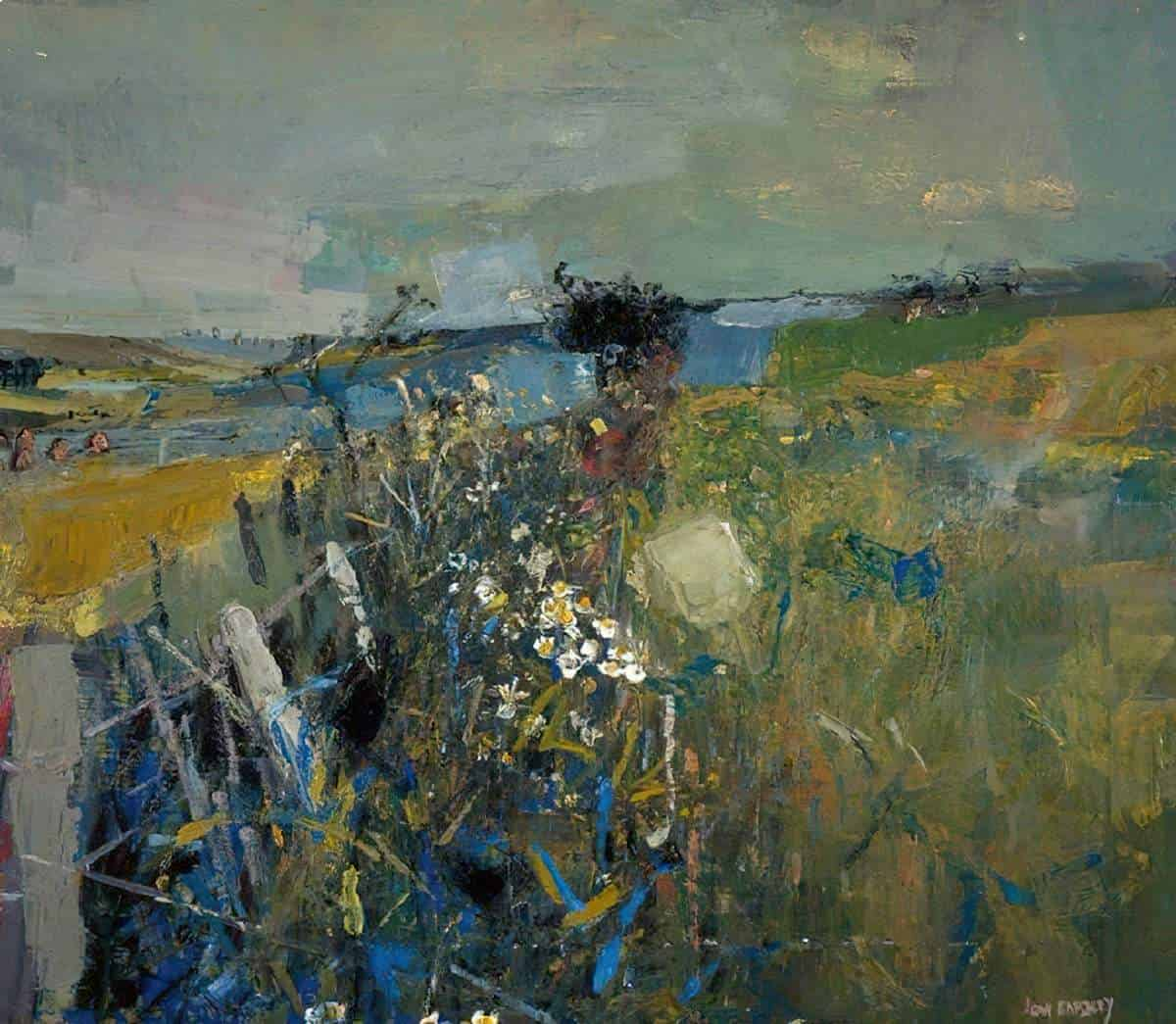
Flat
An area of low level ground, especially near water. e.g. “the shingle flats of the lake”
Freshet
the flood of a river from heavy rain or melted snow
Fold
sheep walked up the lane and into the fold
FORD
a shallow place in a river or stream allowing one to walk or drive across
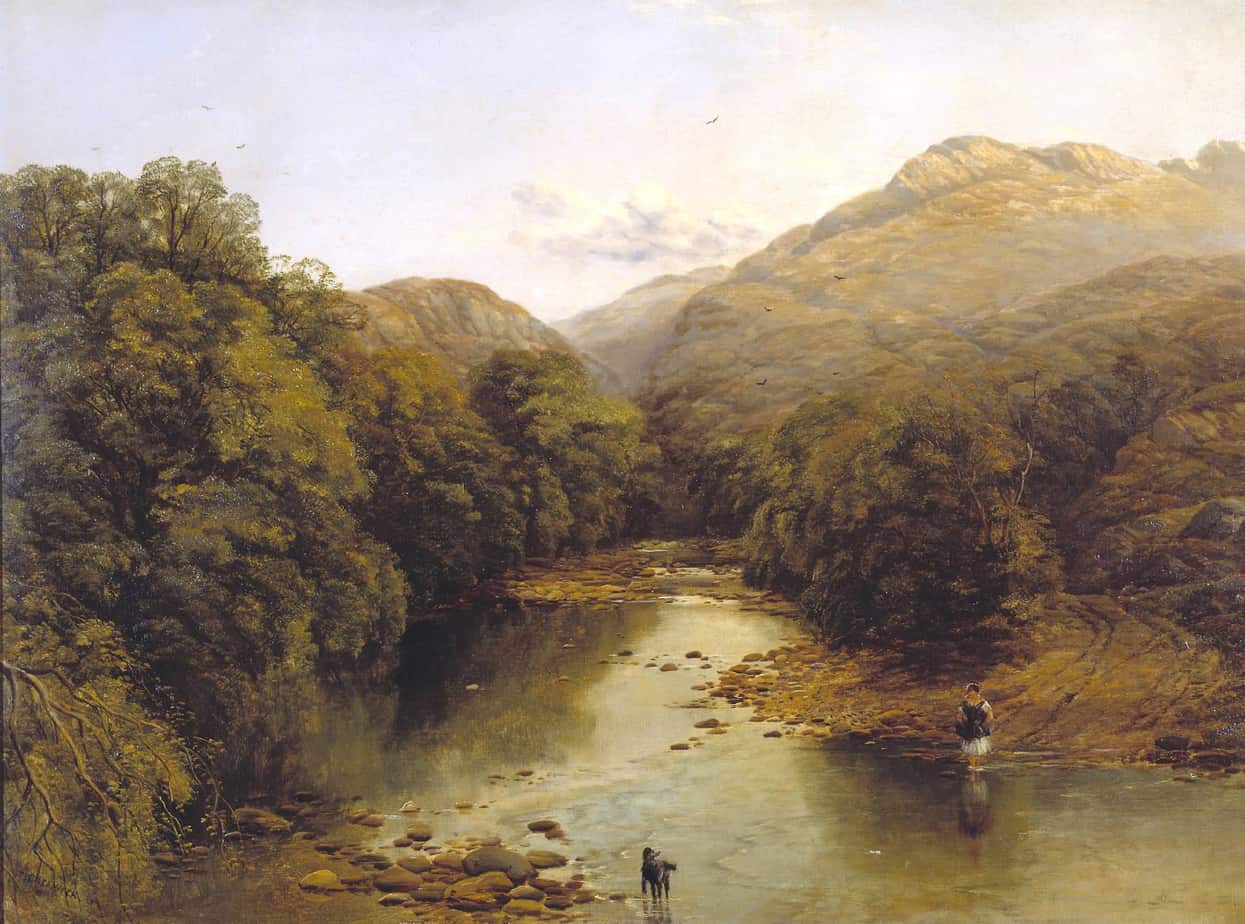
FURROW
A long, narrow trench made in the ground by a plough, especially for planting seeds or irrigation.
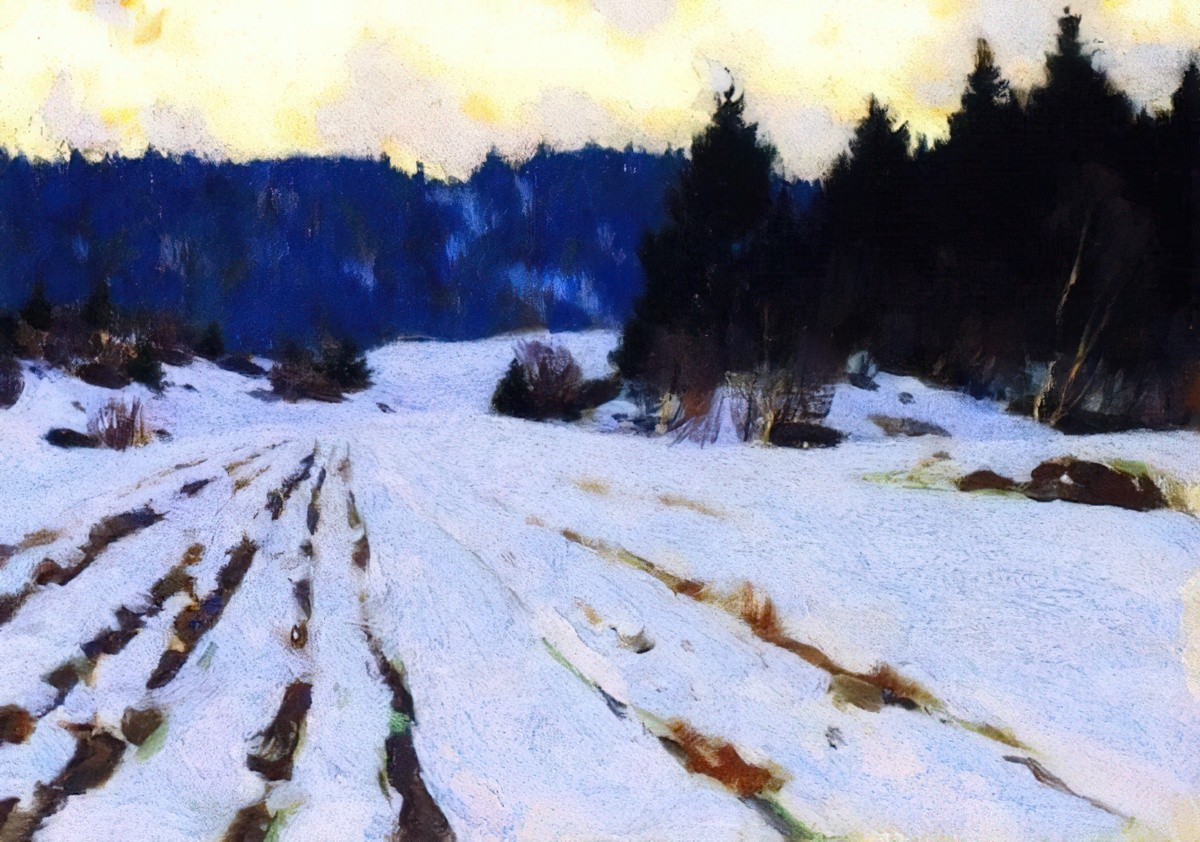
A double hill ran up his furrowy forks
“The Princess” by Alfred, Lord Tennyson
Beyond the thick-leaved platans of the vale.
Gap
a low point or opening between hills or mountains or in a ridge or mountain range. It may be called a col, notch, pass, saddle, water gap, or wind gap, and geomorphologically are most often carved by water erosion from a freshet, stream or a river.
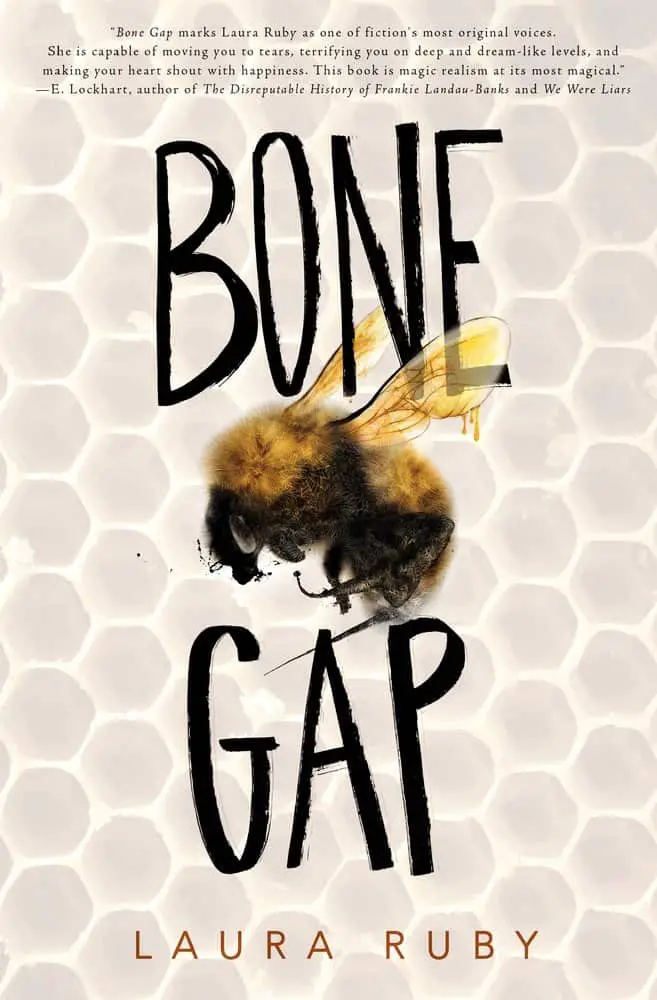
GEYSER
A geyser is a hot spring in which water intermittently boils, sending a tall column of water and steam into the air.
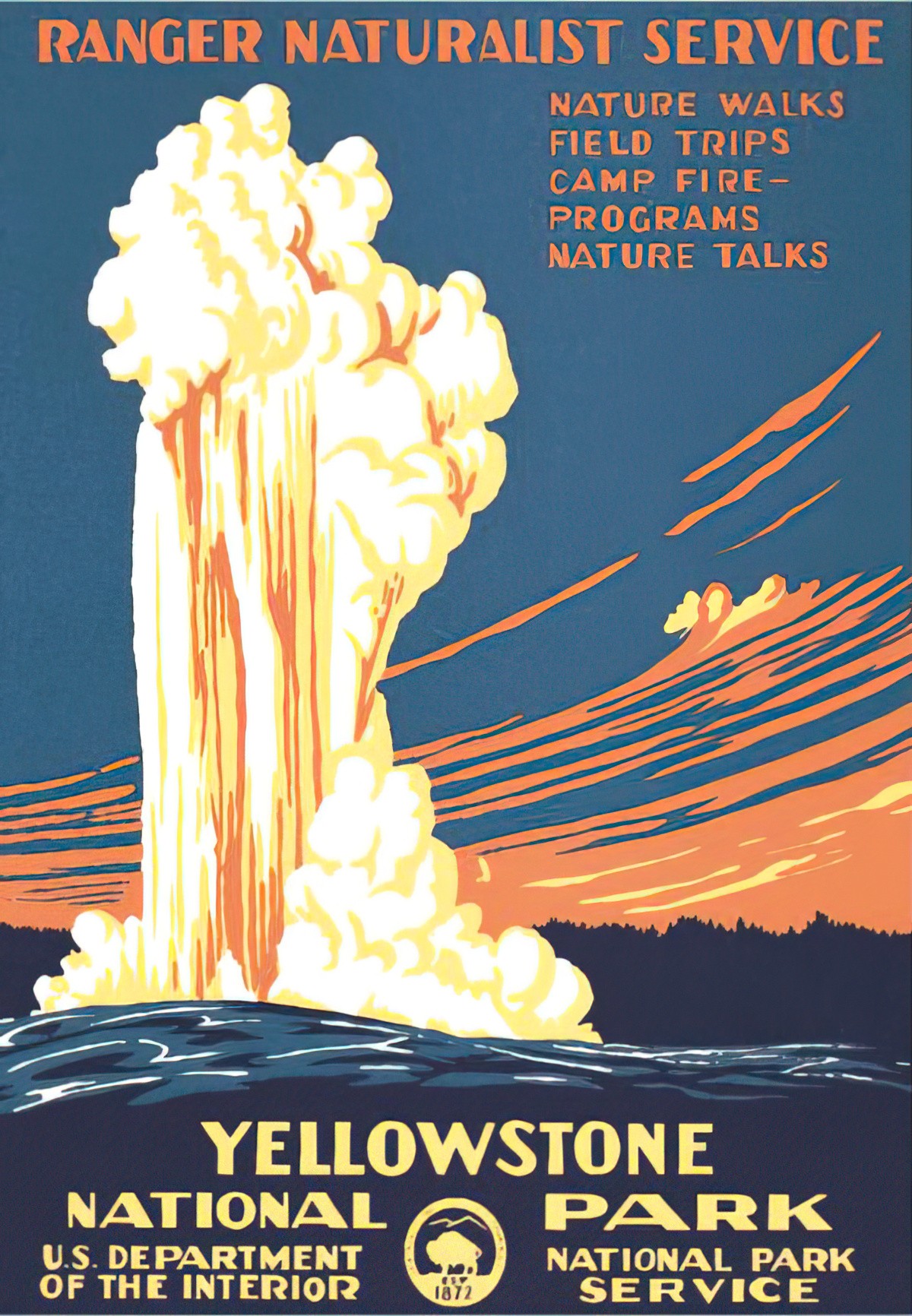
Glen
A ‘narrow valley’, especially in Scotland or Ireland. (Glens are basically flat areas with gentle slopes either side leading up to small hills.)
He was warm from his jaunt. The dusky glen laid cool hands on him.
The Yearling (1938)
GOYLE
You’ll find this word in work by Sir Arthur Conan Doyle. Goyal is a spelling variant for goyle, which means a steep, narrow valley cf. ravine, gully.
Riding slowly in this fashion they came at last upon the hounds. These, though known for their valour and their breed, were whimpering in a cluster at the head of a deep dip or goyal, as we call it, upon the moor, some slinking away and some, with starting hackles and staring eyes, gazing down the narrow valley before them.
The Hound Of The Baskervilles
Grain
a Scottish word for a tributary; the branch or fork of a stream or river, an arm of the sea.
Grange
(British) a country house with farm buildings attached. (Historical) an outlying farm with tithe barns belonging to a monastery or feudal lord
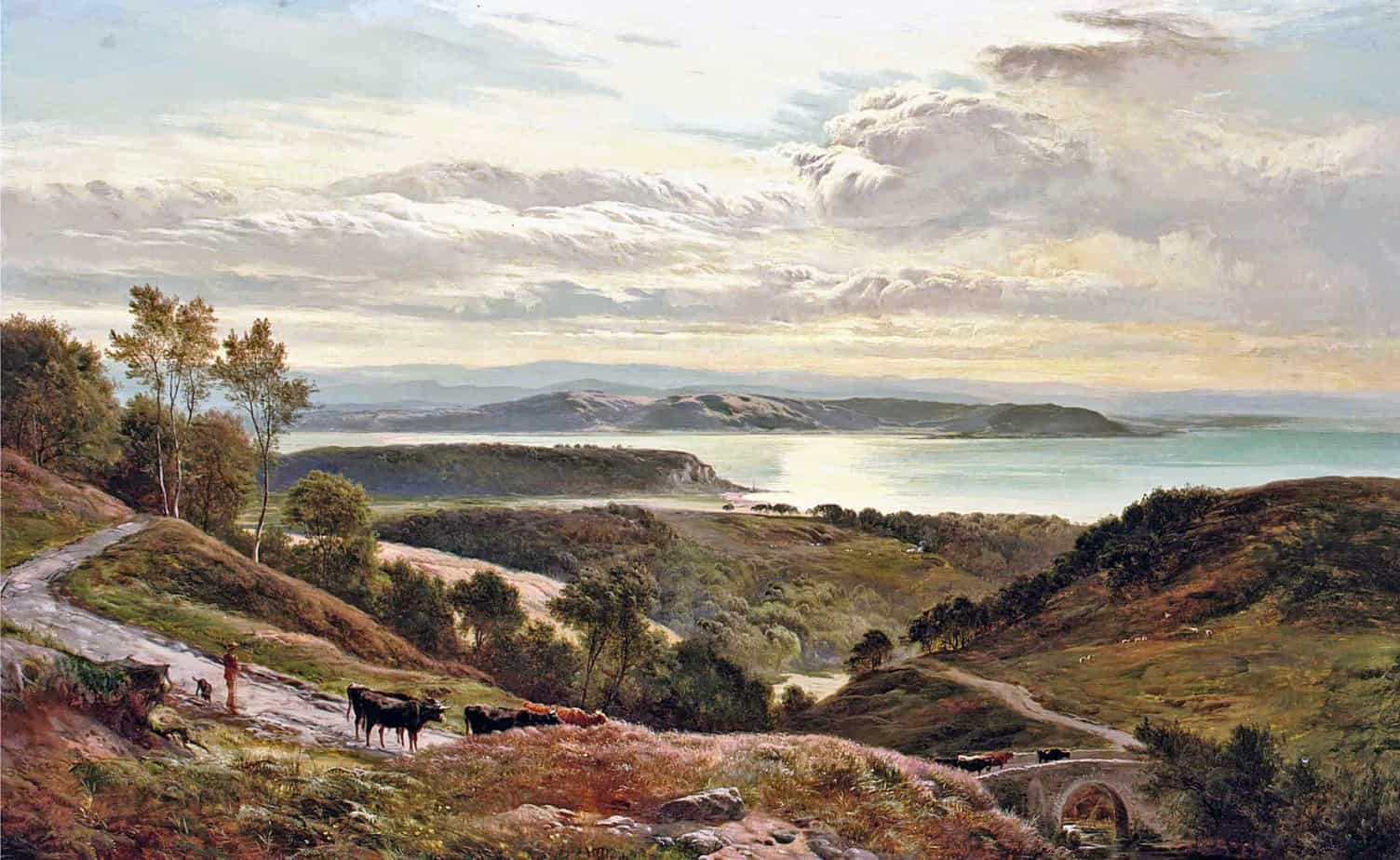
Grove
a small wood or other group of trees
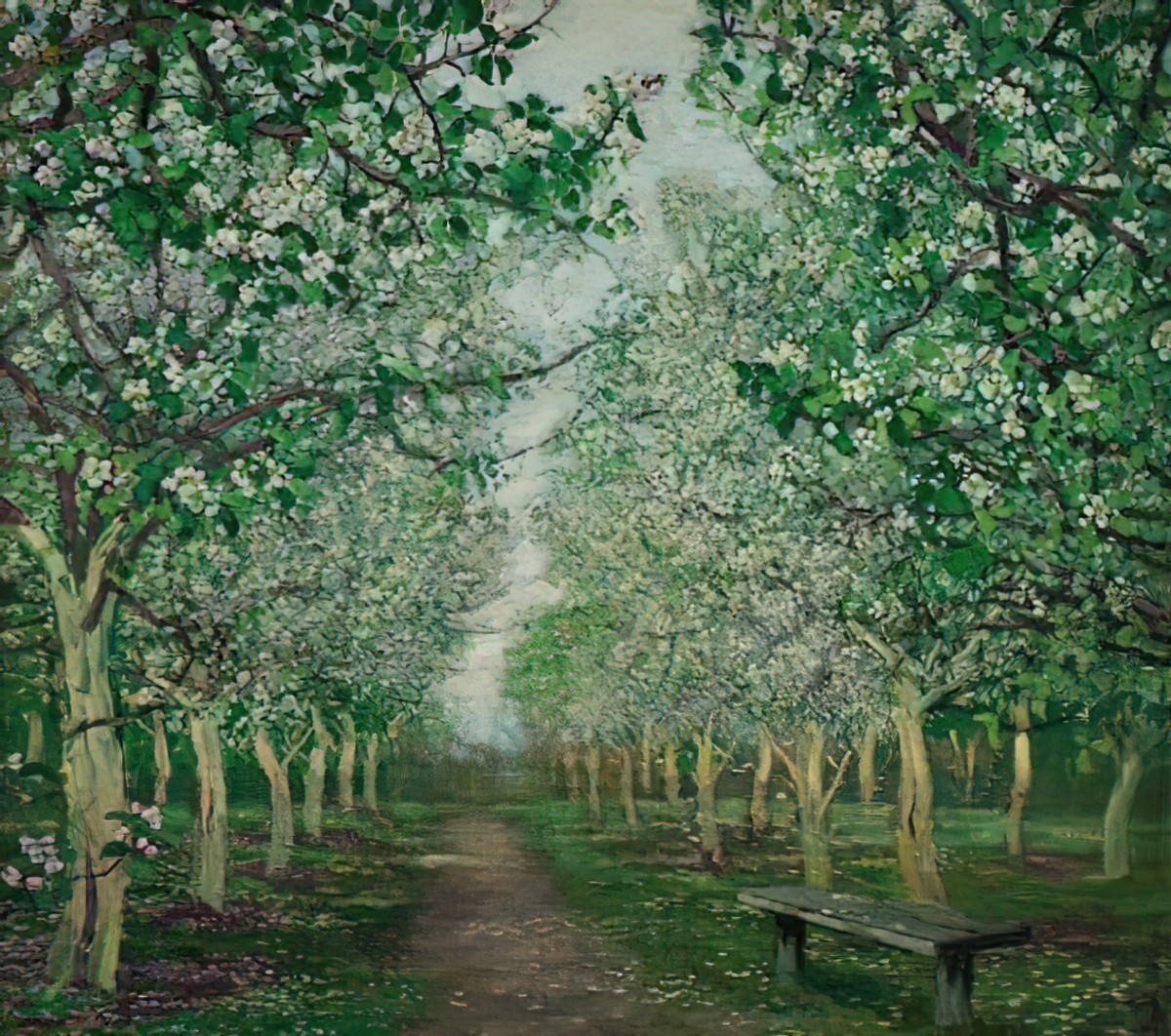
Gulch
a narrow and steep-sided ravine marking the course of a fast stream. ‘…two men who were then hanging from the boughs of a sycamore in the gulch…’ (“The Outcasts of Poker Flat”)
Gully
a landform created by running water, eroding sharply into soil, typically on a hillside. Gullies resemble large ditches or small valleys, but are metres to tens of metres in depth and width.
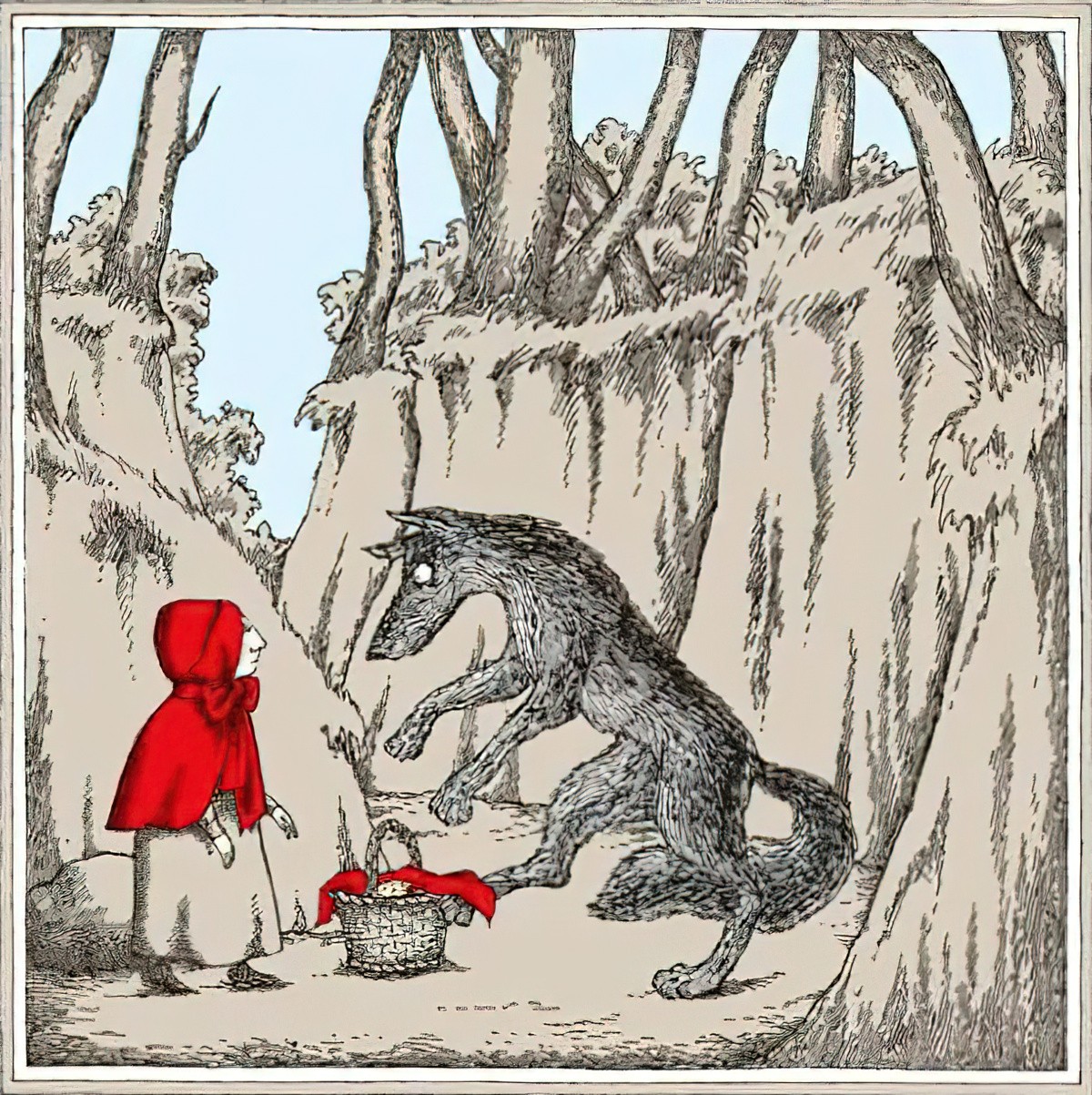
Heath
(British) an area of open uncultivated land, typically on acid sandy soil, with characteristic vegetation of heather, gorse, and coarse grasses.
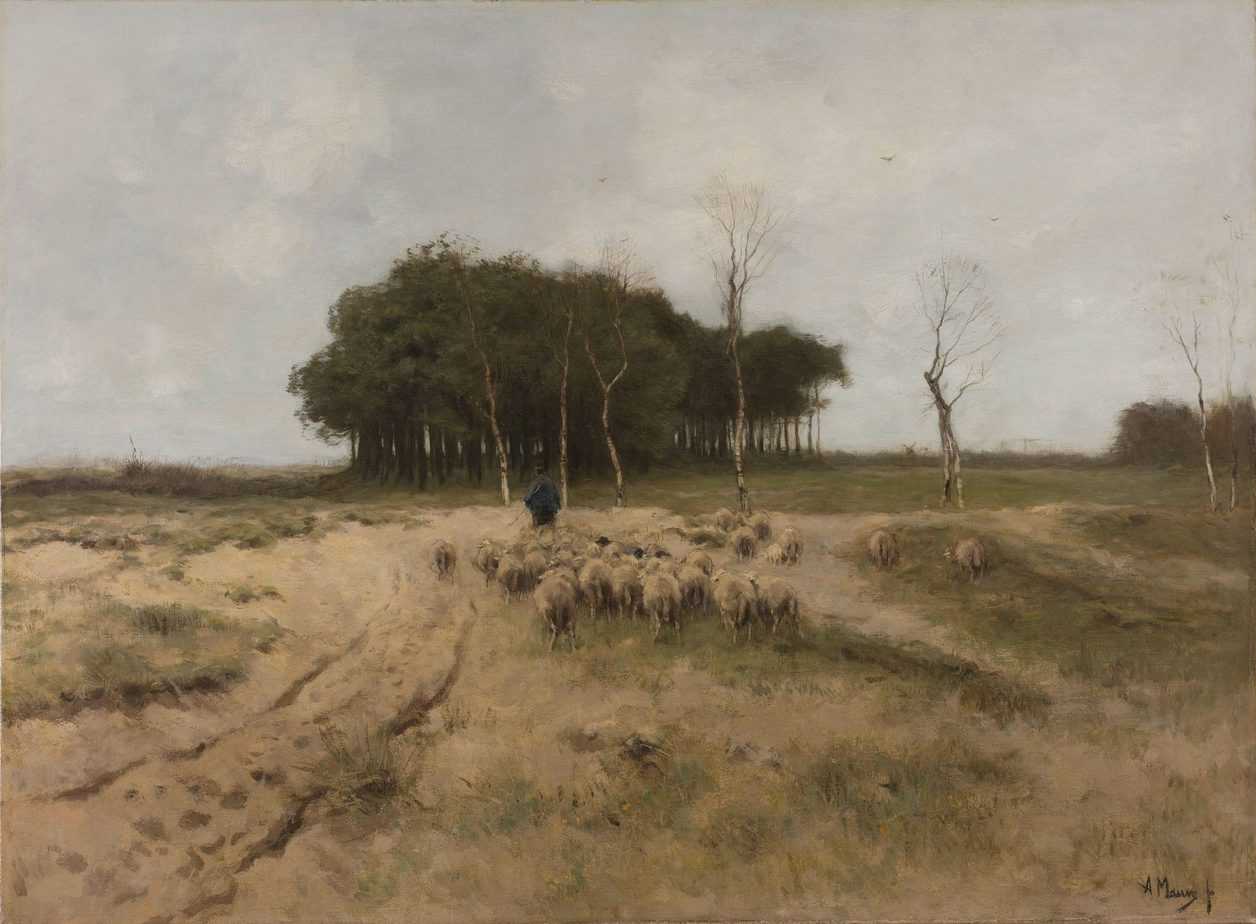
Hill
A hill is a landform that extends above the surrounding terrain. It often has a distinct summit.
Hollow
Another name for a valley. In literature, functions similarly to words like ‘gap’, symbolically/metaphorically suggesting an absence of something. See: Wolf Hollow by Lauren Wolk. A very small dale (a British term) is sometimes called a “hollow,” pronounced “holler” in American rural Appalachia.
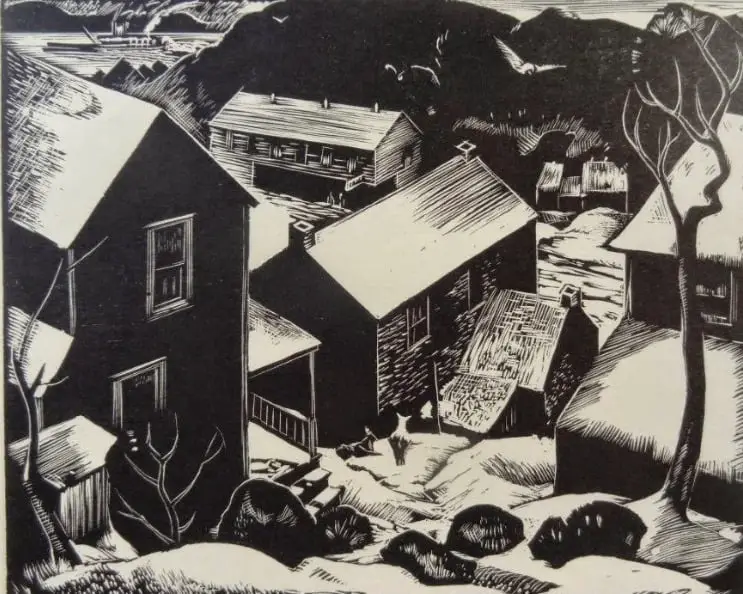
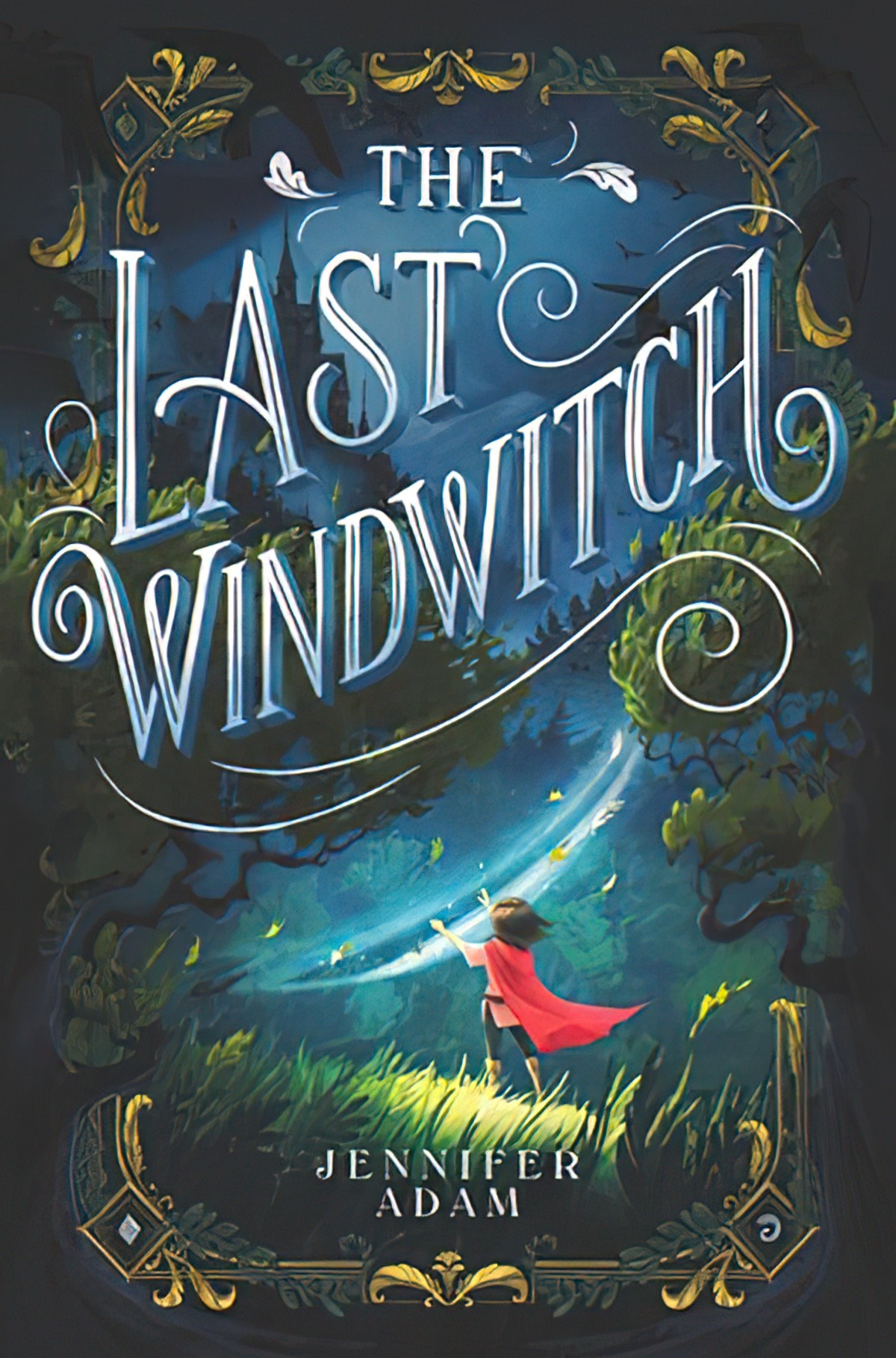
Many years ago, in the kingdom of Fenwood Reach, there was a powerful Windwitch who wove the seasons, keeping the land bountiful and the people happy. But then a dark magic drove her from the realm, and the world fell into chaos.
Brida is content in her small village of Oak Hollow. There, she’s plenty occupied trying to convince her fickle magic to actually do what it’s meant to in her work as a hedgewitch’s apprentice—until she accidentally catches the attention of the wicked queen.
On the run from the queen’s huntsman and her all-seeing Crow spies, Brida discovers the truth about her family, her magic, and who she is destined to be—and that she may hold the power to defeating the wicked queen and setting the kingdom right again.
Hummock
a hump or ridge in an ice field. (US) a piece of forested ground rising above a marsh.
Isthmus
a narrow strip of land with sea on either side, forming a link between two larger areas of land.
Jungle
An area of land overgrown with dense forest and tangled vegetation, typically in the tropics. See: The Storybook Jungle for visual representations of jungles as they tend to appear in storybooks. Jungles are best suited to tree-dwelling apes, because food is found high off the ground (compared to the savanna).
Knob
a prominent round hill.
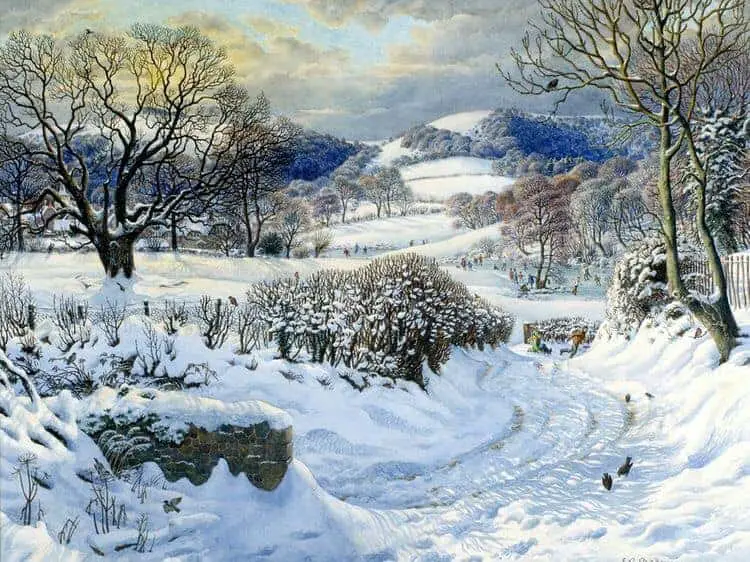
Lagoon
a stretch of salt water separated from the sea by a low sandbank or coral reef. In mythology and storytelling, lagoons tend to be associated with mermaids.
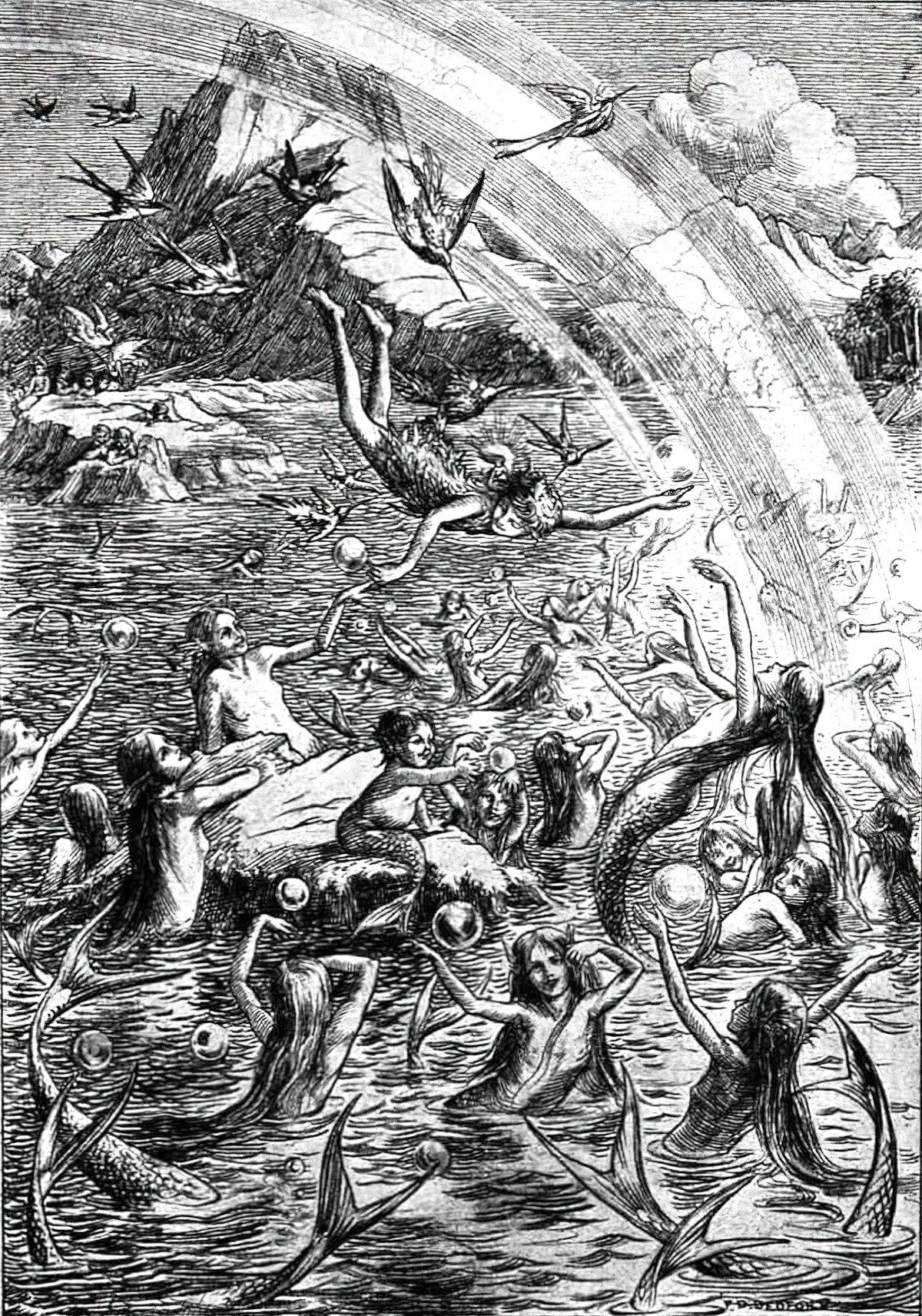
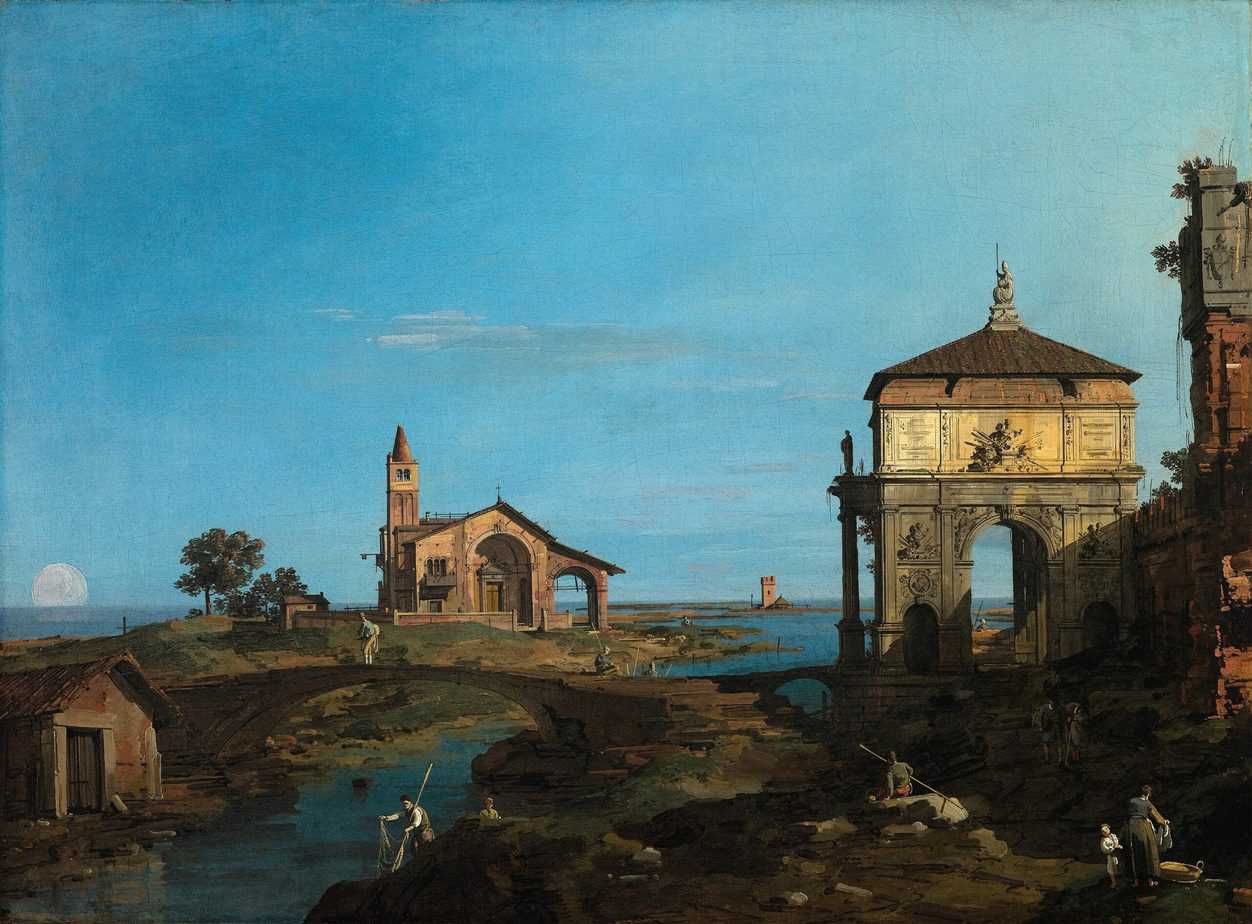
Lane
a narrow road, especially in a rural area
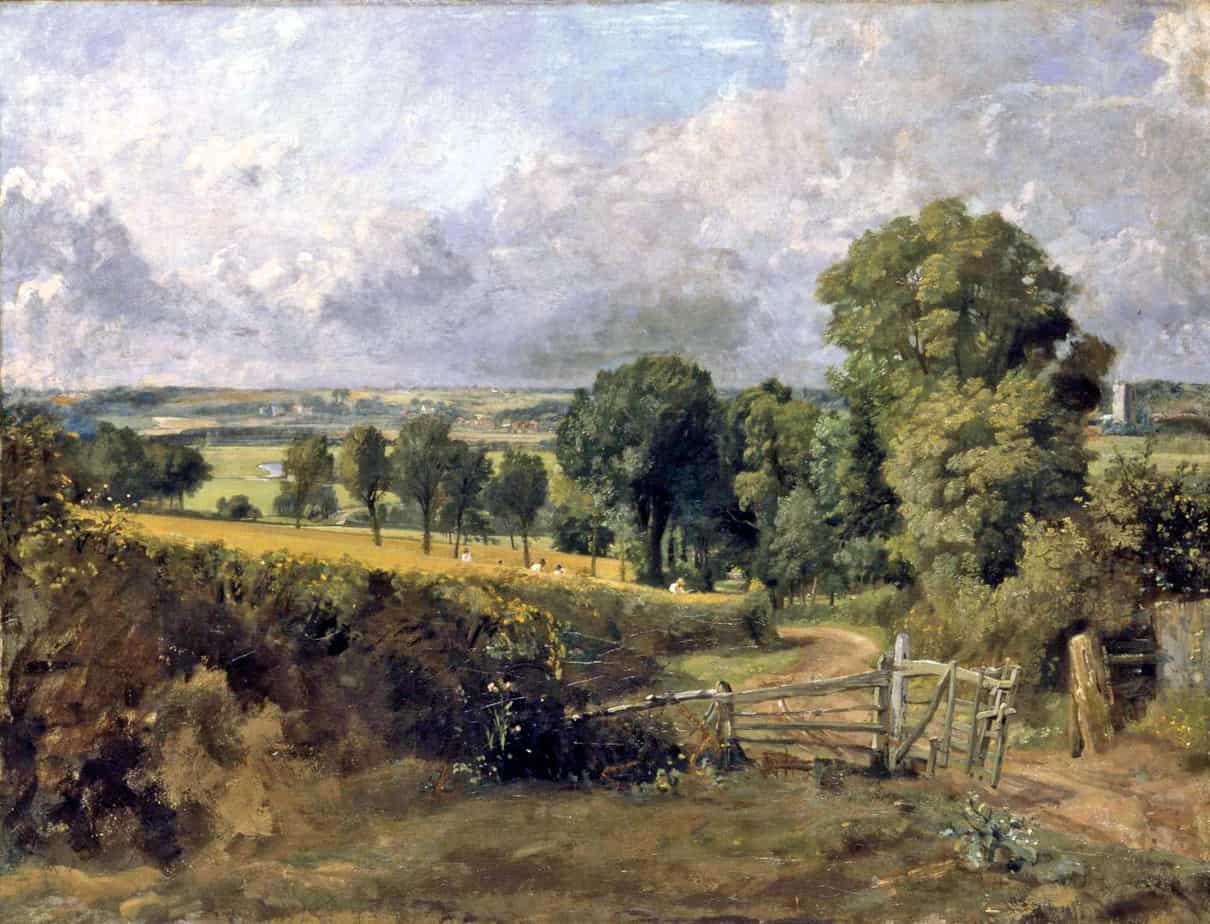
Lee
the sheltered side of something; the side away from the wind.
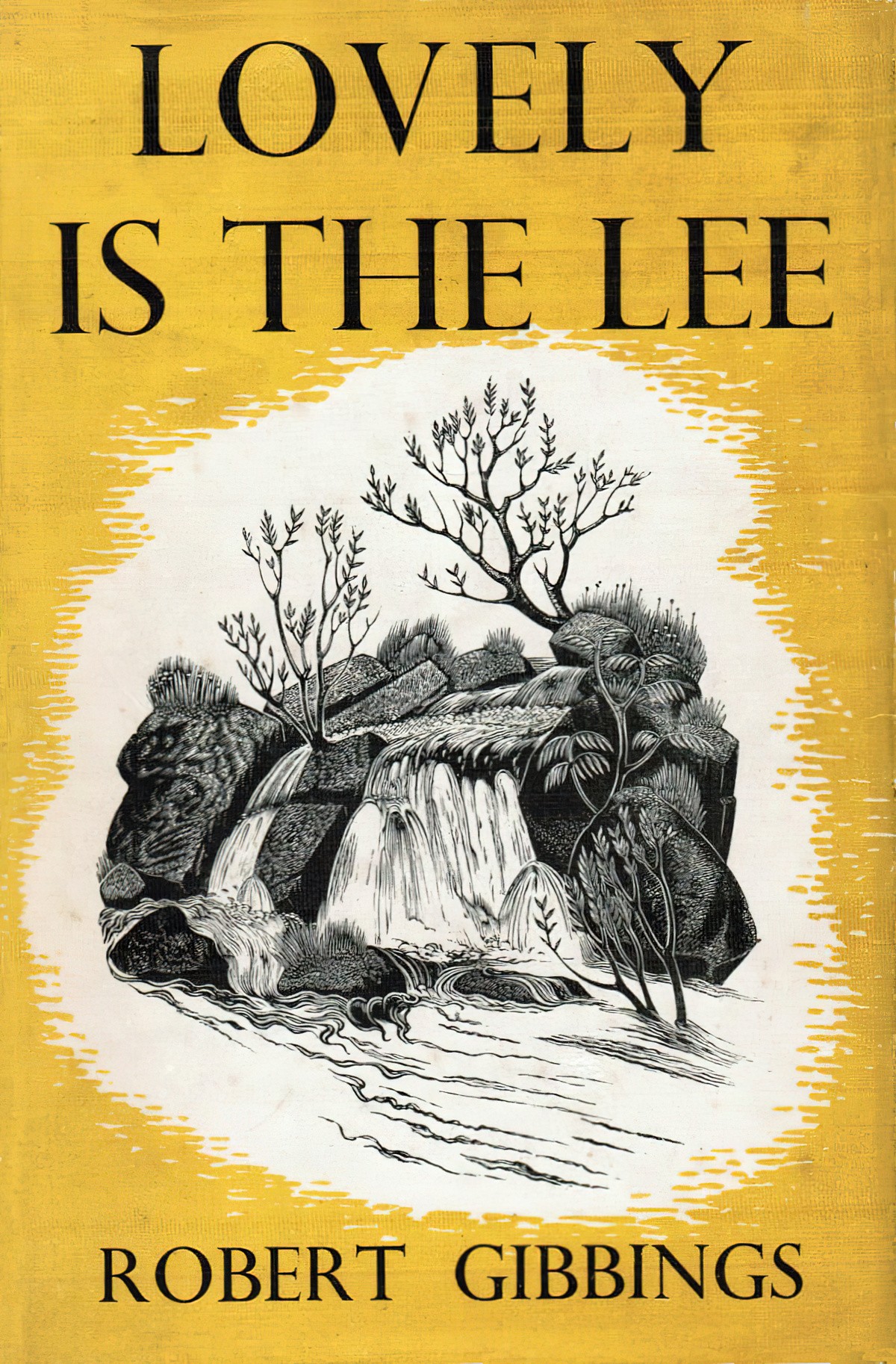
MEADOW
A piece of grassland, especially one used for hay. Also, a piece of low ground near a river.
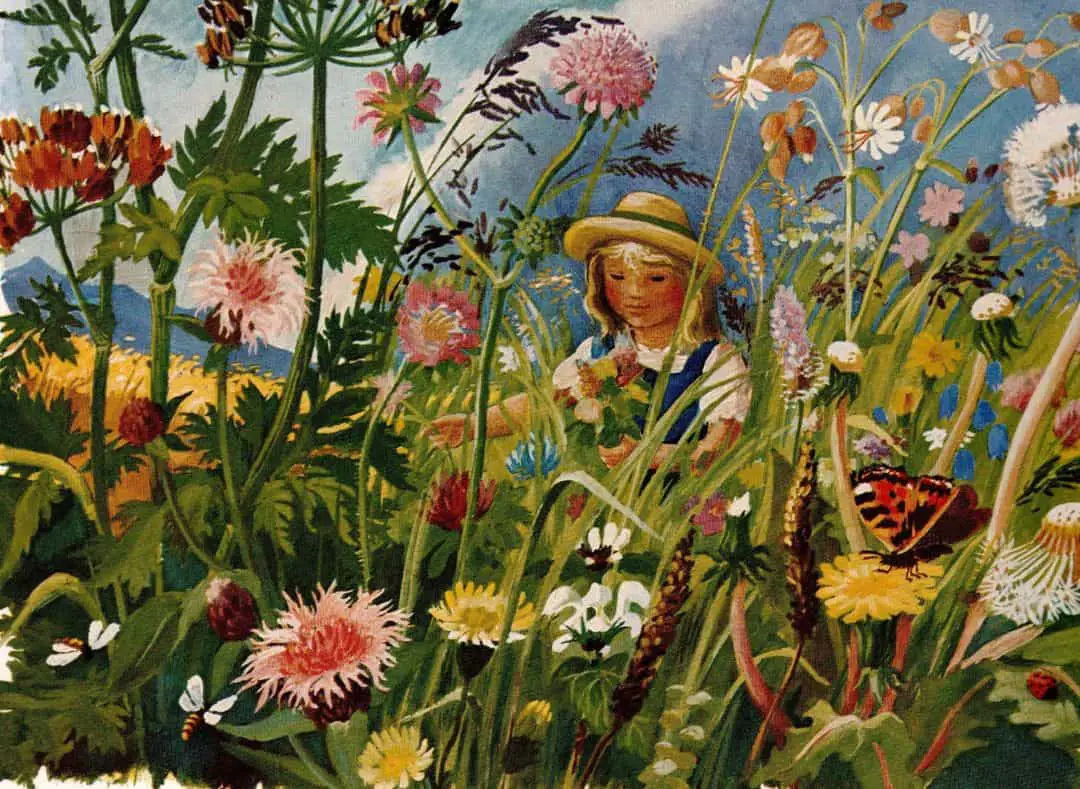
MERE
(Chiefly British) an expanse of standing water : lake, pool.
The papers may ask why the mere was not dragged in the first instance, but it is easy to be wise after the event, and in any case the expanse of a reed-filled lake is no easy matter to drag unless you have a clear perception of what you are looking for and where.
“The Problem of Thor Bridge”, Arthur Conan Doyle
MESA
The mesa might be the most common geological formation found across the American West. A mesa is a large, isolated, flat-topped hill or mountain, usually with steep slopes. Mesas are formed when the forces of erosion remove the softer sediment from around a harder caprock.
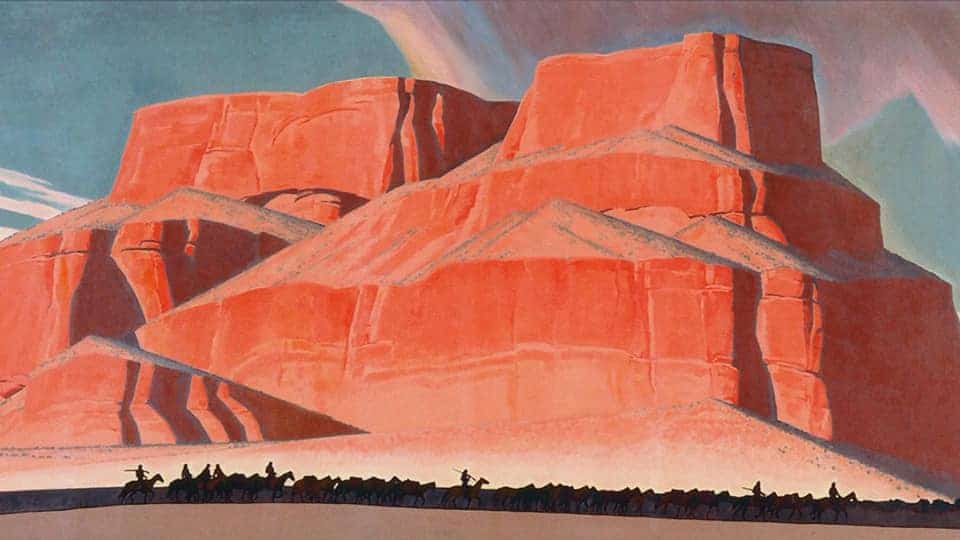
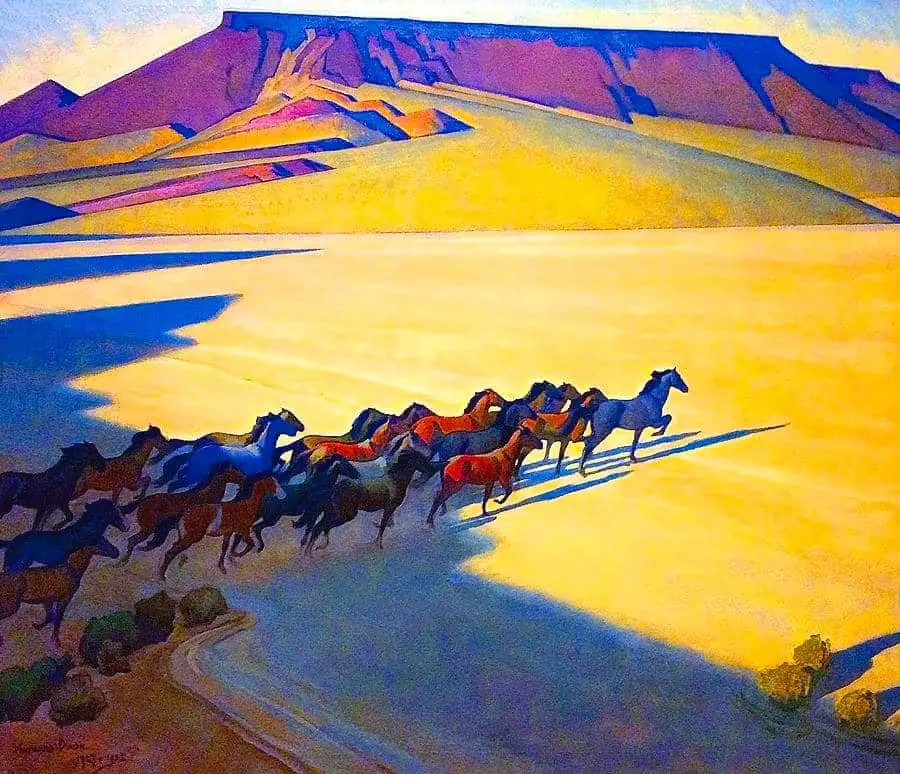
Mire
A stretch of swampy or boggy ground. From that, a verb: To be stuck in mud, unable to break free. Etymologically related to the old Germanic word for moss.
MOAT
a deep, wide ditch surrounding a castle, fort, or town, typically filled with water and intended as a defence against attack.
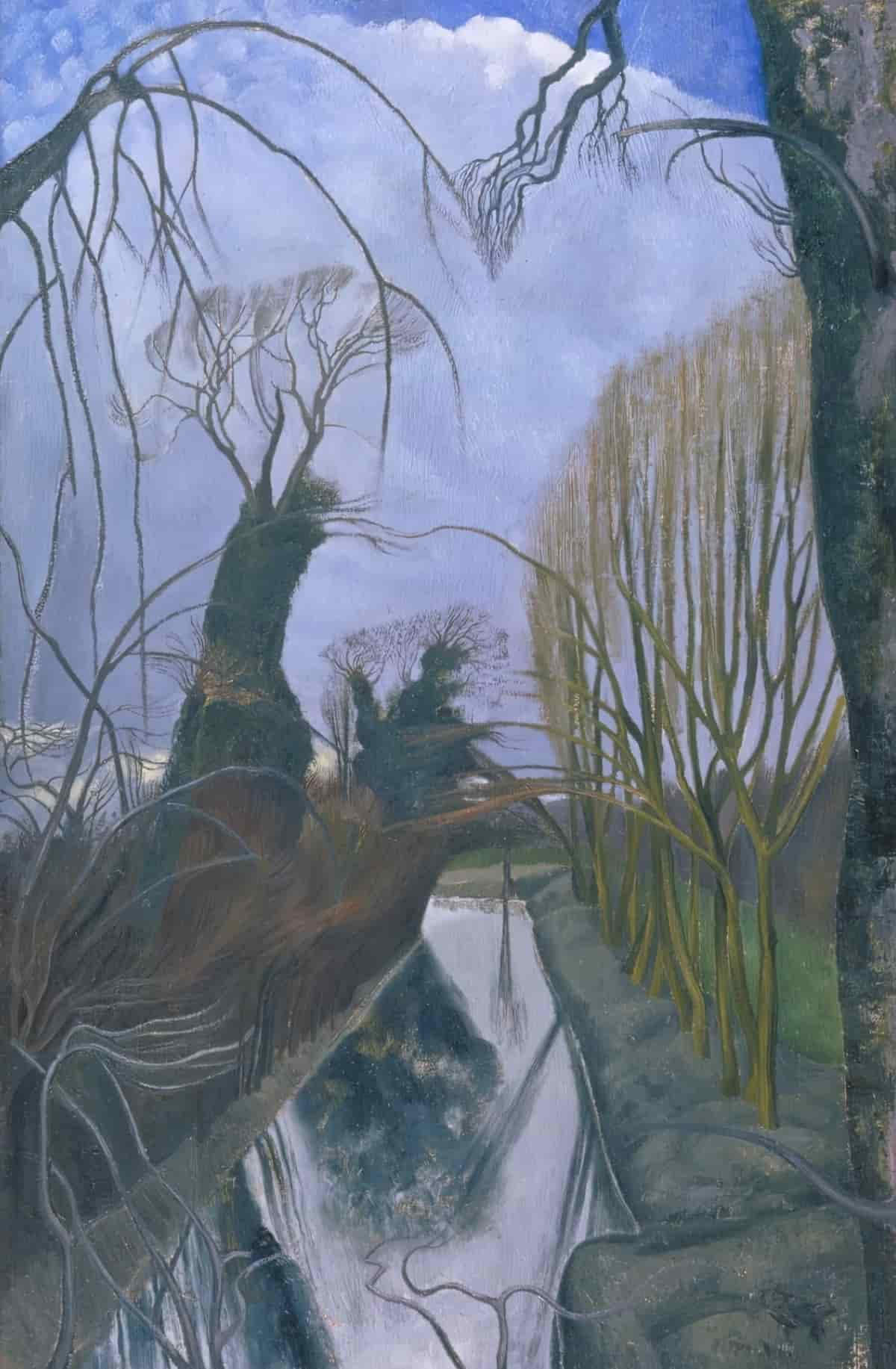
Moor
(Chiefly British) a tract of open uncultivated upland, typically covered with heather. A moor is untilled. Think Wuthering Heights, Hound of the Baskervilles. Mary Lennox’s uncle in The Secret Garden lives in the Yorkshire Moors. The word ‘wutherin’ is used there, too: “Listen to th’ wind wutherin’ round the house”. (Yorkshire dialect.) When trees are cleared from the uplands, heavy rain washes soil off the hills and into the valleys below, leaving a much reduced mineral fertility and turning the uplands into sodden bleak moors that resist the return of woodland. Moors therefore include the feeling of saudade (something missing, something which was once here but is no longer).
after each breakfast she gazed out of the window across to the huge moor, which seemed to spread out on all sides and climb up to the sky
The Secret Garden, Frances Hodgson Burnett
In The Hound Of The Baskervilles, the moor is described as the ‘God-forsaken corner of the world’ and is a stand-in for a Hellish place.
behind the peaceful and sunlit countryside there rose ever, dark against the evening sky, the long, gloomy curve of the moor, broken by the jagged and sinister hills
The Hound Of The Baskervilles, Arthur Conan Doyle
MOORLAND
According to The Wildlife Trusts, a moorland is a general term that traditionally describes upland (meaning high lying, above sea level) areas that are uncultivated. These areas dominate the UK landscape and historically have been naturally occurring at levels above treeline (around 2,000 feet in the UK). Moorlands feature acidic soil, which means they have poor water holding capacity and are supportive to low scrub but not trees. For this reason, UK moors tend to be rich in plants like gorse, heather, bracken and mosses, depending on where you are.
What is a Moorland? Advnture: The home of outdoor buying advice
Mound
a heaped pile of earth, gravel, sand, rocks, or debris. Most commonly, mounds are earthen formations such as hills and mountains, particularly if they appear artificial. A mound may be any rounded area of topographically higher elevation on any surface. Artificial mounds have been created for a variety of reasons throughout history, including ceremonial, burial (tumulus), and commemorative purposes.
Mountain
A mountain is a large landform that rises above the surrounding land in a limited area, usually in the form of a peak. A mountain is generally considered to be steeper than a hill.
Mountain Pass
A mountain pass is a navigable route through a mountain range or over a ridge. Since many of the world’s mountain ranges have presented formidable barriers to travel, passes have played a key role in trade, war, and both human and animal migration throughout history.
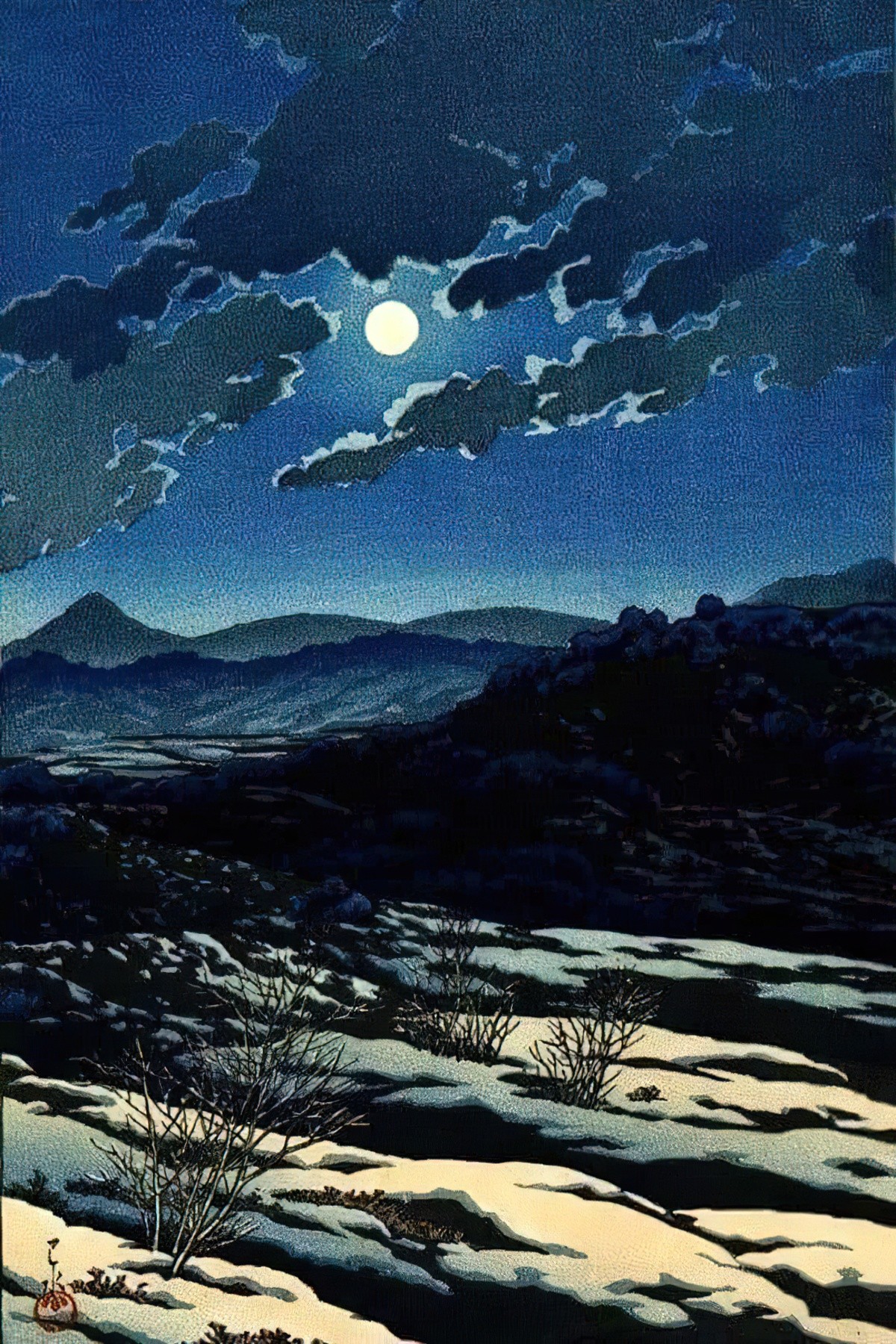
Notch
a rugged and forbidding col (for mountains rather than hills)
OXBOW LAKE
An oxbow lake is a U-shaped lake or pool that forms when a wide meander of a river is cut off, creating a free-standing body of water.
In Australia, a billabong is an oxbow lake.
Outcrop
a rock formation. Somewhere like New Mexico is well-known for rocky outcrops.
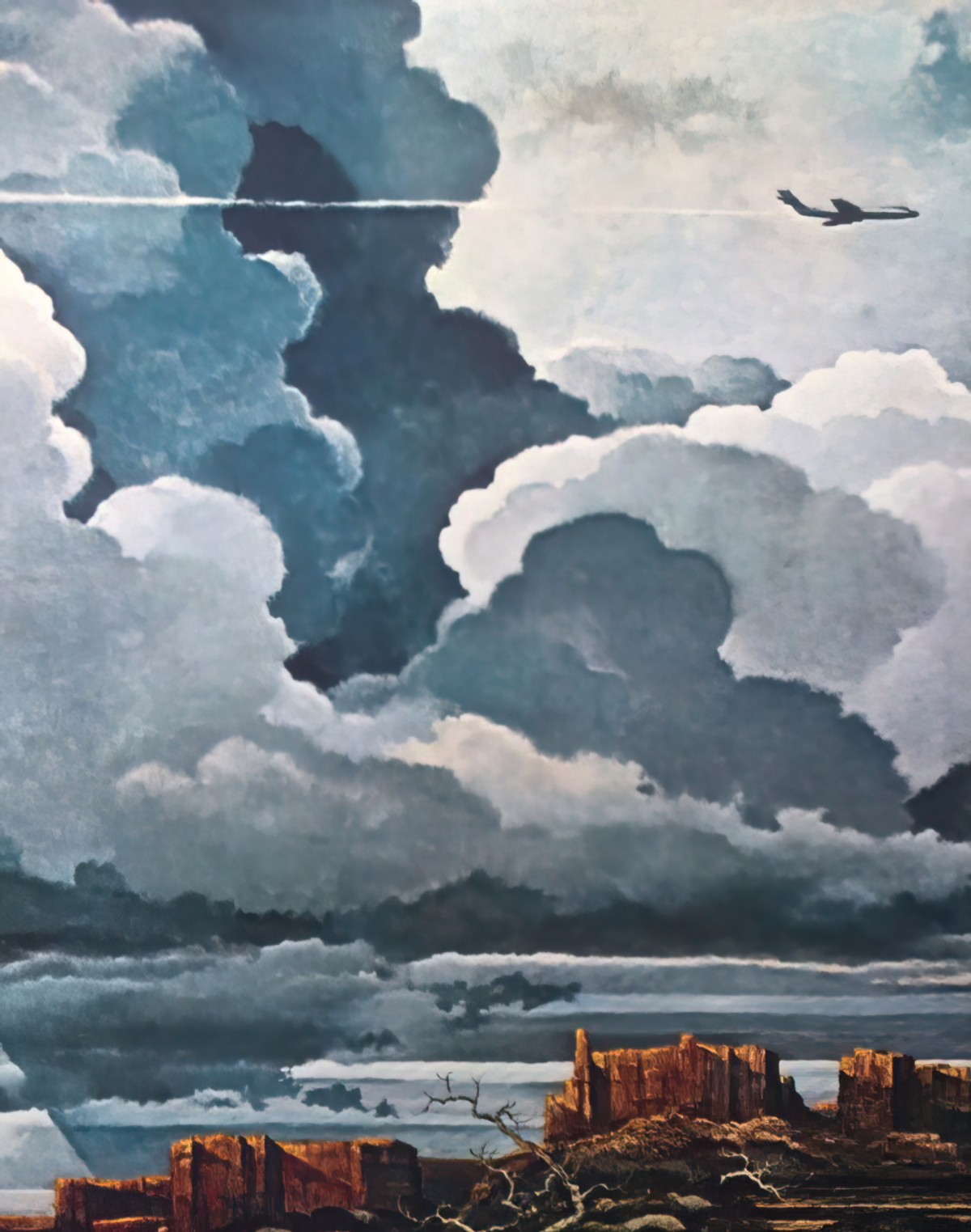
PANHANDLE
‘Panhandle’ is a colloquial USA word for ‘salient’ — an elongated protrusion of a sovereign entity such as a state. Perhaps the best known is the Texas Panhandle. The USA has 9 panhandles in total.
Annie Proulx likes to set her stories in the Texas and Oklahoma panhandles, which makes her unusual. Most writers (and people, generally) prefer to escape from these parts of America.
Another term is bootheel.
Peninsula
A landform surrounded by water on the majority of its border while being connected to a mainland it juts out from. Peninsulas can also be named: a headland, cape, island promontory, bill, point, fork, or spit. A river which courses through a very tight meander is also sometimes said to form a “peninsula” within the loop of water.
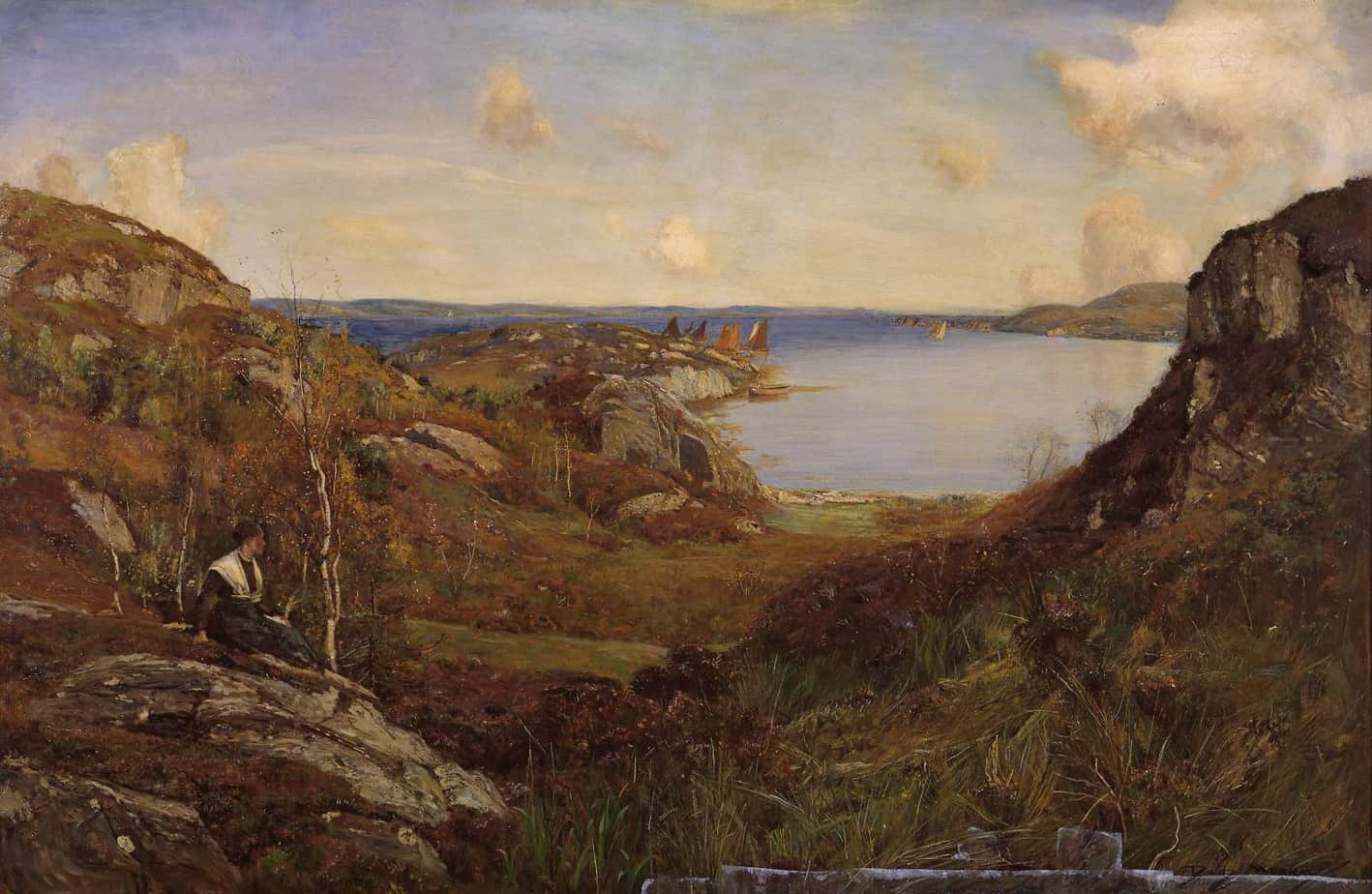
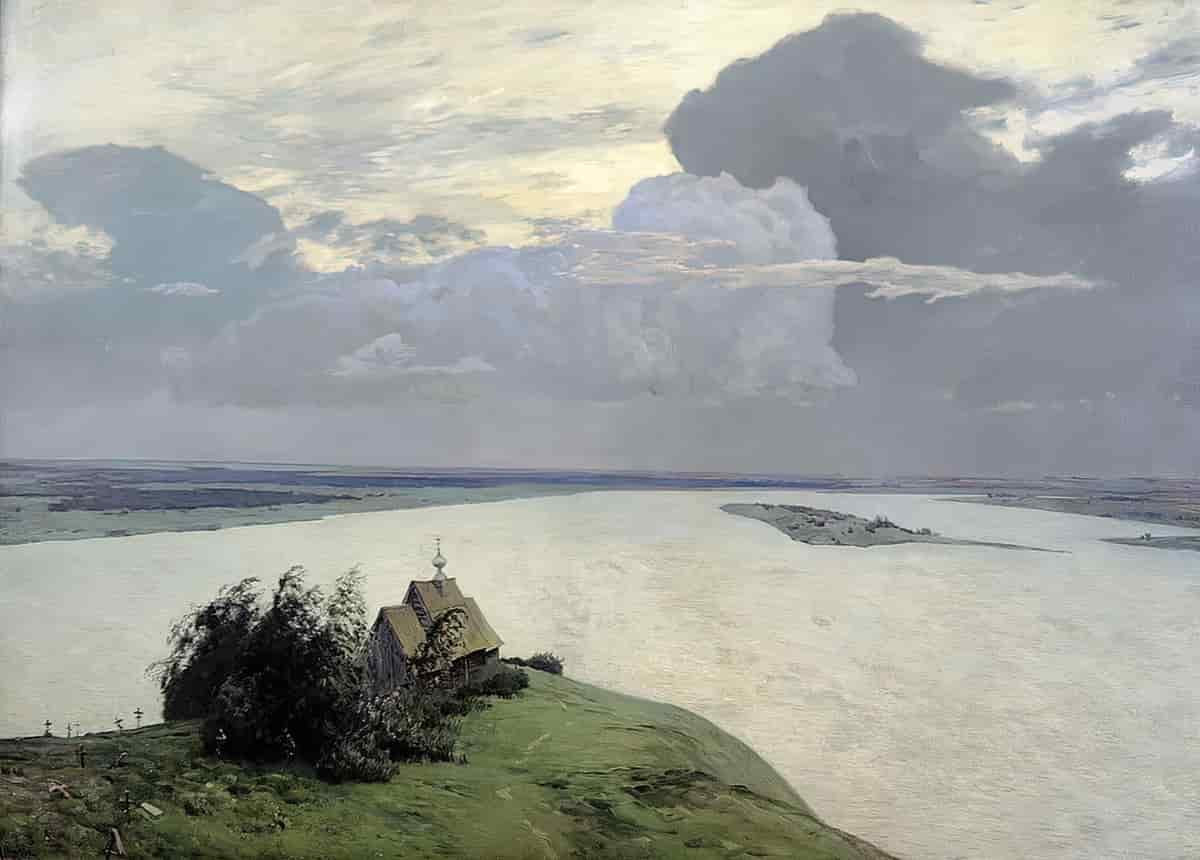
Plateau
In geology and physical geography, a plateau, also called a high plain or a tableland, is an area of a highland consisting of flat terrain, that is raised sharply above the surrounding area on at least one side.
A plateau is also an abstract spatial category.
According to Gaston Bachelard, who wrote the famous book Poetics of Space, a plateau designates a very special “continuous, self-vibrating region of intensities whose development avoids any orientation toward a culmination point or external end.”
Noreen Masud talks about the unnamed feelings and ambiguous modes of relationship occasioned by flat landscapes, and the act of looking at them, in twentieth century fiction, especially the novels of D.H. Lawrence, Willa Cather, and Gertrude Stein.
New Books Network
Point
a narrow piece of land jutting out into the sea. A point is generally considered a tapering piece of land projecting into a body of water that is less prominent than a cape.
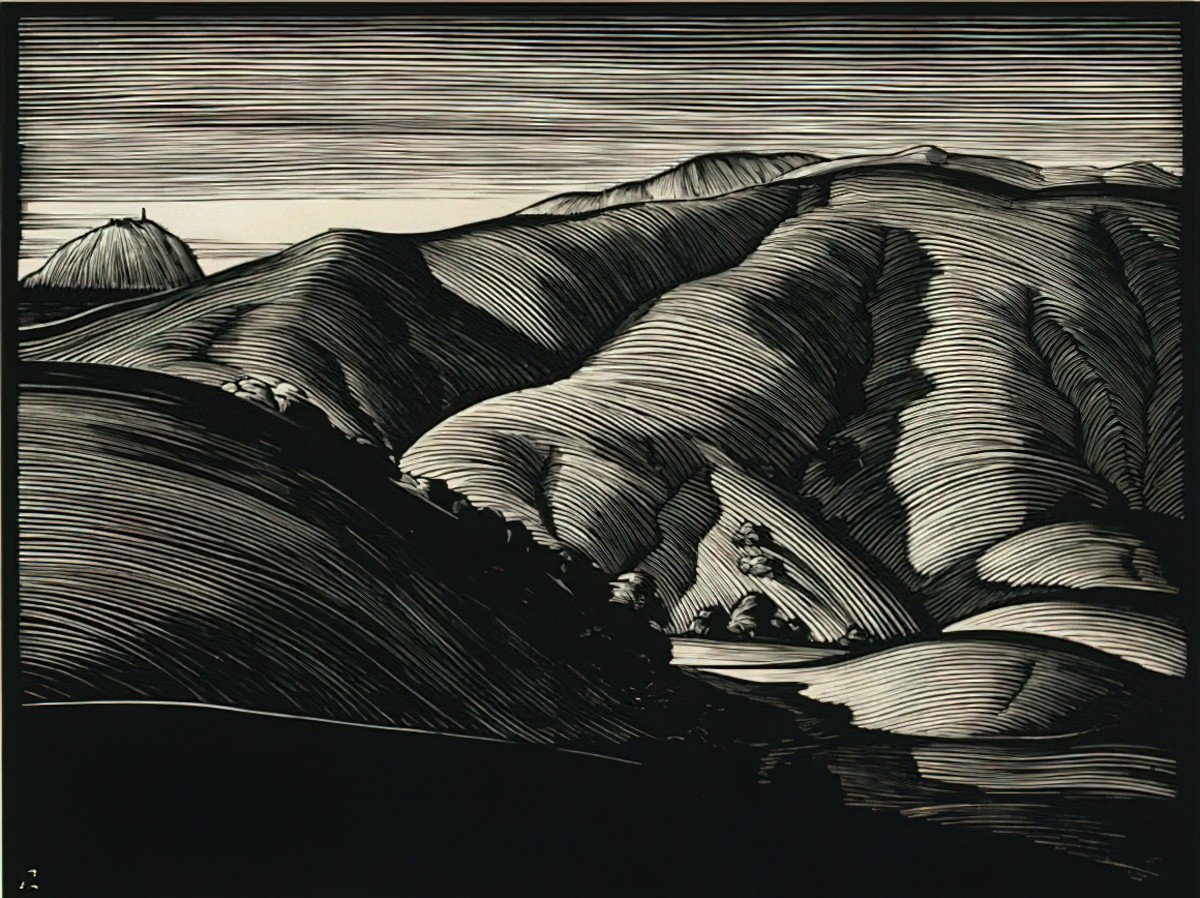
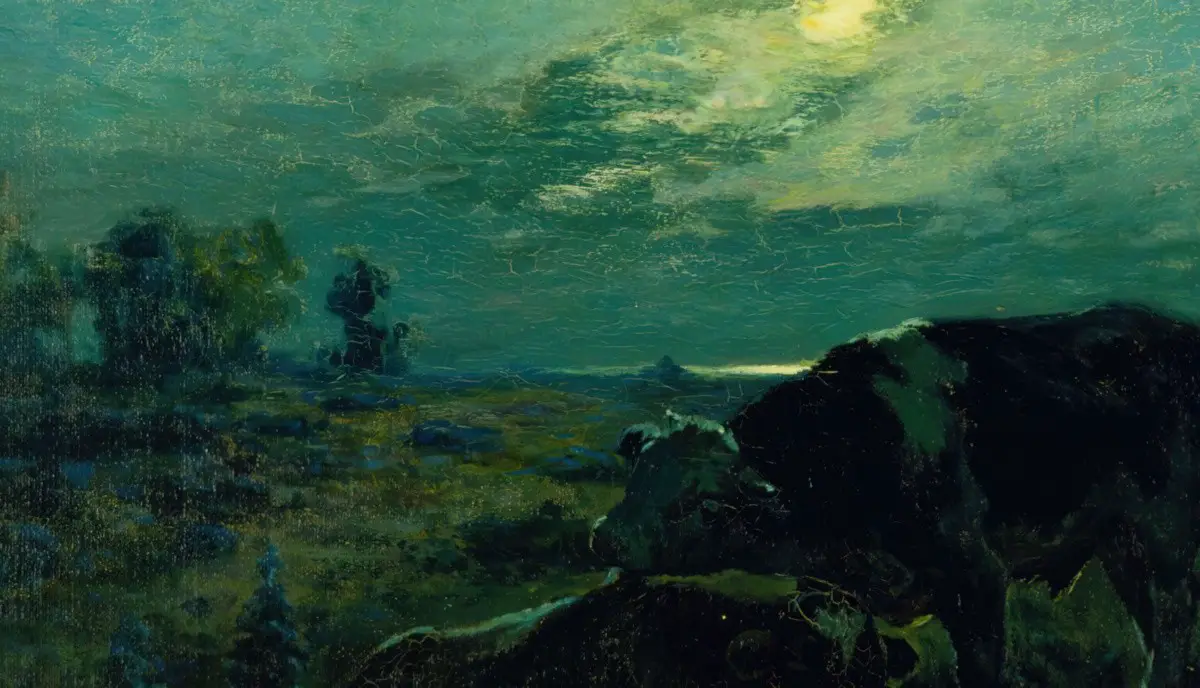
Pow
Scottish word for a slow-moving stream
Ravine
a deep, narrow gorge with steep sides
RANGES
This is one of those words which differs in meaning depending on where you are. The poster below is Australian. In Australia and New Zealand ‘ranges’ refers to a line or series of mountains or hills.
In America it refers to a large area of open land for grazing or hunting.
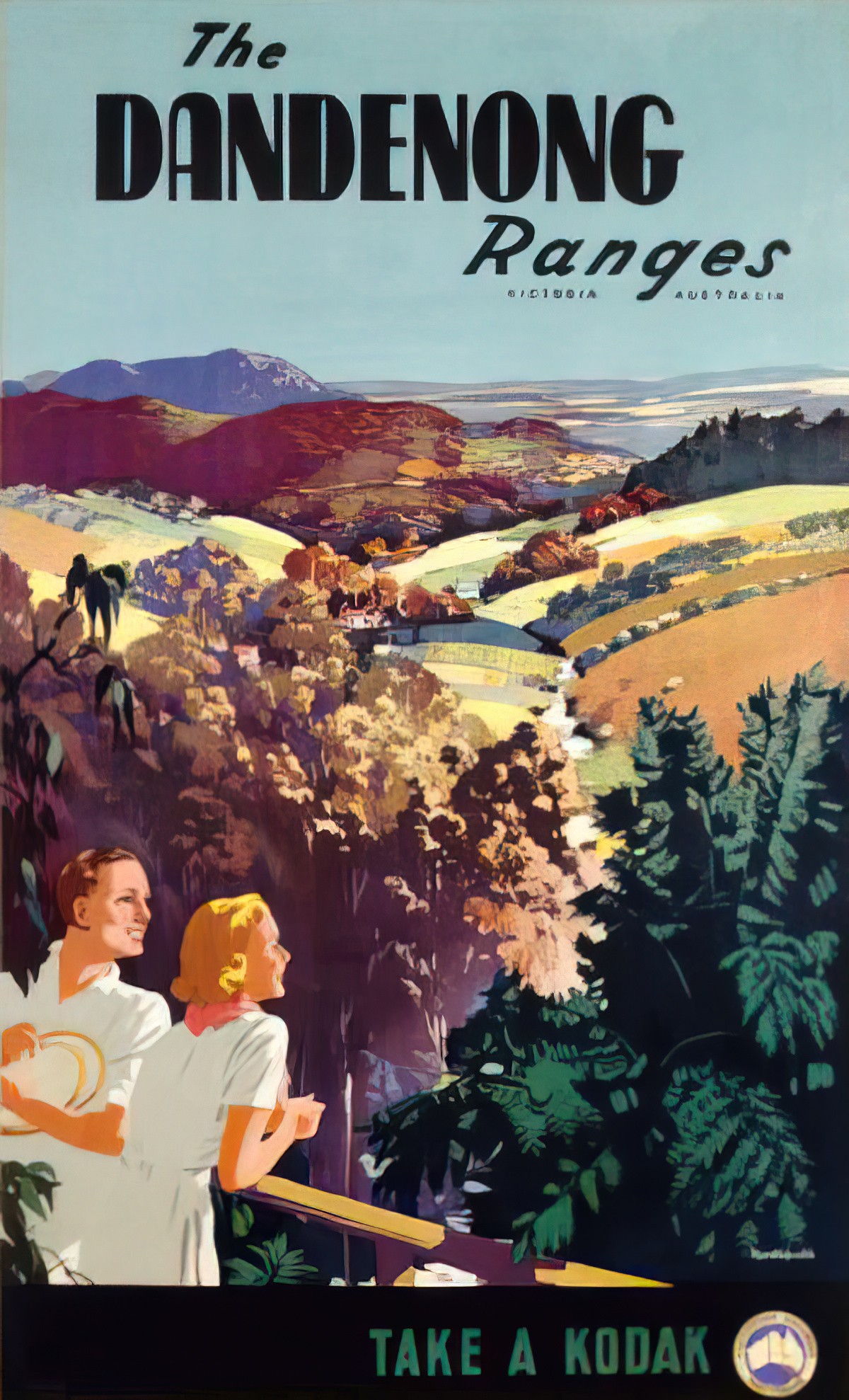
ROMANTIC EXPANSE
Lutwack’s notion of faraway horizons, distant hills and the vision of the ocean. (Cf. the Victorian enclosure.) In this normative concept of Victorian space there are geographical features of flatness without extreme slopes such as high mountains or rough seas, as this would represent tumult and high aspirations. These things weren’t desirable to Victorians.
In Victorian novels, family harmony shifts to drawing rooms, whereas romantic illusions and expectations must stay outside. Illusions and expectations are therefore associated with distant hills and mountains or with the sea. The sea is often associated with achieving freedom, but is also associated with danger, threatening a character’s very existence.
See: Leonard Lutwack,The Role of Place in Literature (New York: Syracuse University Press, 1984)
Re-entrant
the international word for a ‘draw’.
Ridge
a geological feature consisting of a chain of mountains or hills that form a continuous elevated crest for some distance. The sides of the ridge slope away from narrow top on either side. Ridges are usually termed hills or mountains as well, depending on size.
Ridge line
The line along the crest formed by the highest points, with the terrain dropping down on either side, is called the ridgeline.
Saddle
the lowest area between two highlands.
Sand berm
In coastal systems, a berm is a raised ridge of pebbles or sand found at high tide or storm tide marks on a beach. In snow removal, a berm or windrow refers to the linear accumulation of snow cast aside by a plow.
Savanna
A wide, open, mostly flat landscape. Of all the geographical arenas, savannas contain the highest amount of protein per square kilometer. We can therefore deduce that this is humans’ natural landscape, where we largely evolved, and where we thrive. (Savannas were where we lived when we became meat eaters.) We find our meat at ground level, unlike in jungles, which are better suited to apes who can swing through the trees. Humans are attracted to the savanna in art, though the ideal ‘savanna’ is undulating, probably because high areas afford us a good vantage point, good for safety and hunting.
Scarp
a very steep bank or slope; an escarpment. “The north face is a very steep scarp.” “I got to my car, but before I could get in I had to run to the scarp of grass and weed that surrounded the parking lot.” (Louise Erdrich, “The Years Of My Birth”.)
Shore/Shoreline
the fringe of land at the edge of a large body of water, such as an ocean, sea, or lake. In physical oceanography, a shore is the wider fringe that is geologically modified by the action of the body of water past and present, while the beach is at the edge of the shore, representing the intertidal zone where there is one. In contrast to a coast, a shore can border any body of water, while the coast must border an ocean; in that sense a coast is a type of shore; however, coast often refers to an area far wider than the shore, often stretching miles into the interior.
Sinkhole
A sinkhole, also known as a cenote, sink, sink-hole, swallet, swallow hole, or doline (the different terms for sinkholes are often used interchangeably), is a depression or hole in the ground caused by some form of collapse of the surface layer.
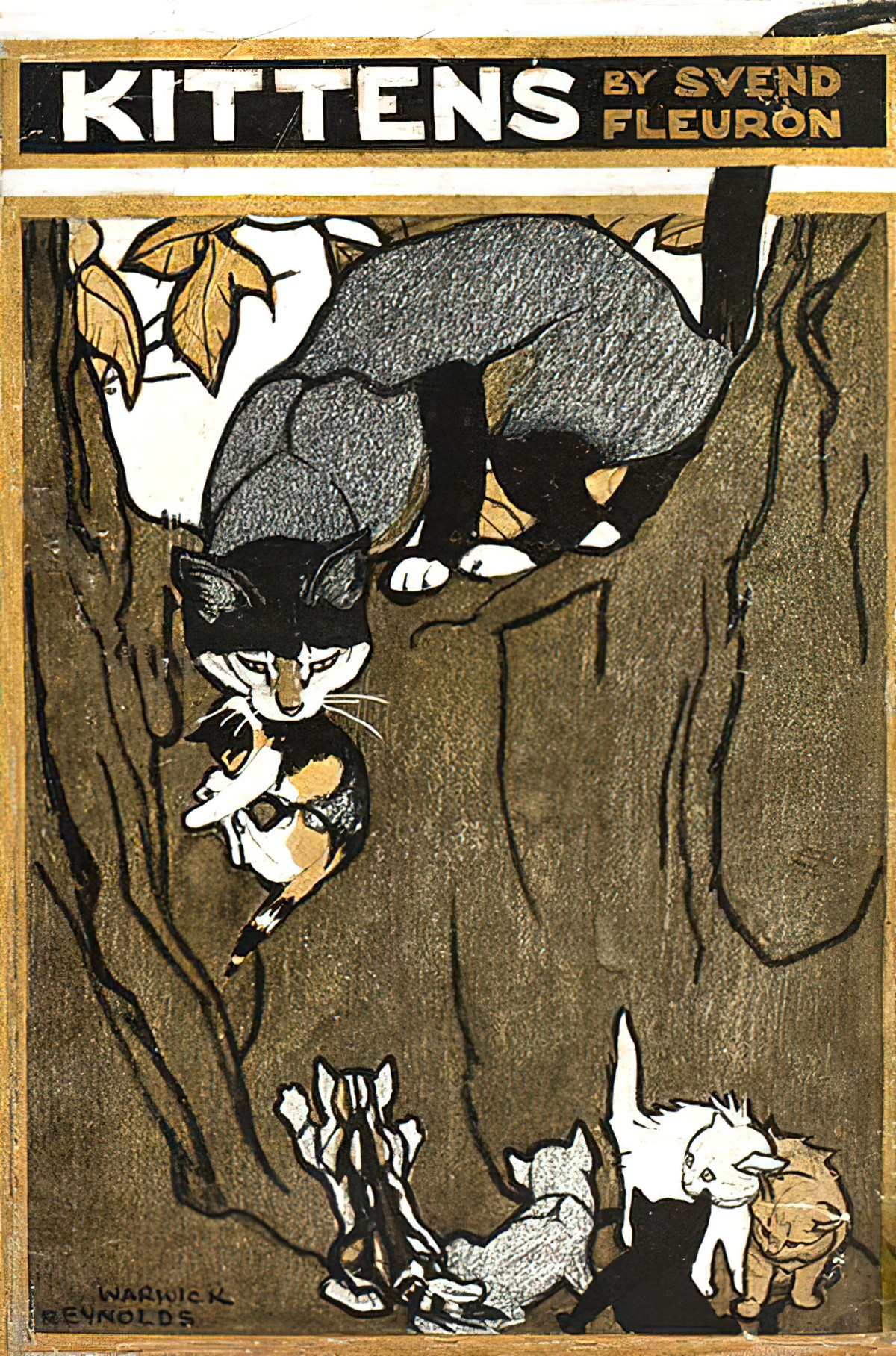
SKERRY
A skerry is a small rocky island, or islet, usually too small for human habitation. It may simply be a rocky reef. A skerry can also be called a low sea stack. The word comes from Old Norse.
Sluice
a sliding gate or other device for controlling the flow of water, especially one in a lock gate
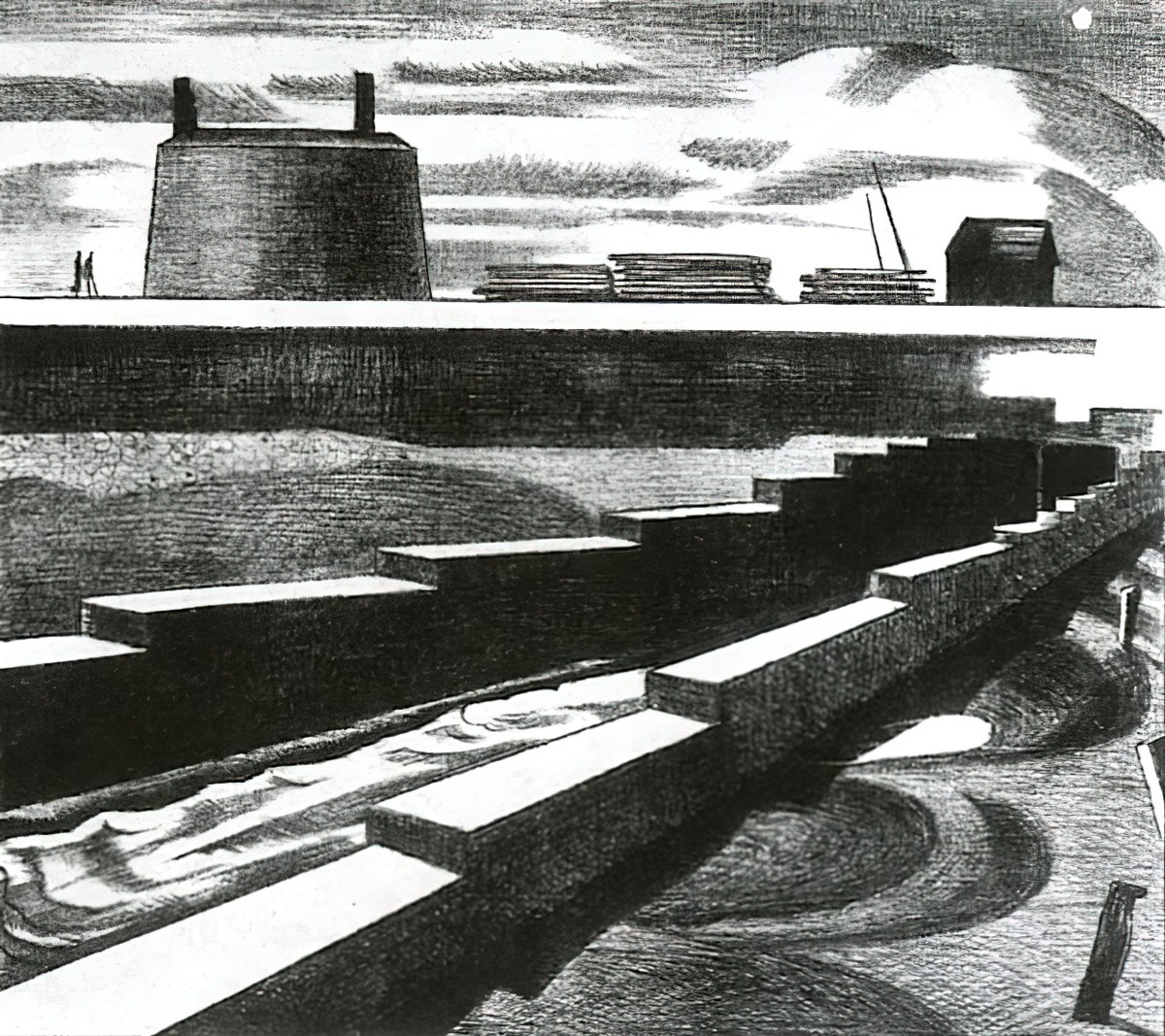
SPIRE
A spire is a rock tower that has a uniform thickness throughout its height and tapers from the ground upward. Buttes, over time, can be eroded into a spire.
Spur
A spur is a lateral ridge or tongue of land descending from a hill, mountain or main crest of a ridge.
Stank
Scottish word for a pond
Stream
a small, narrow river
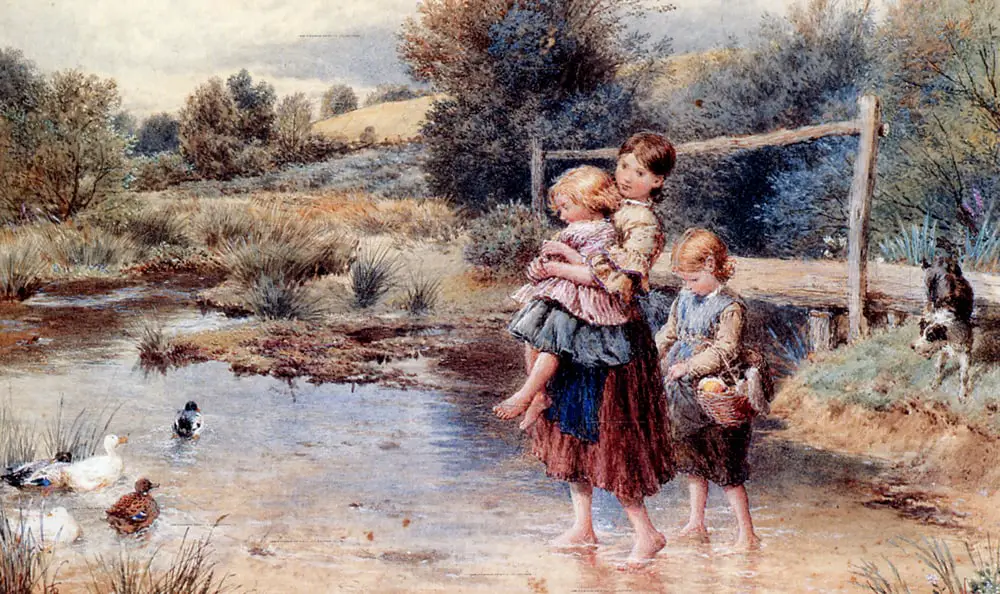
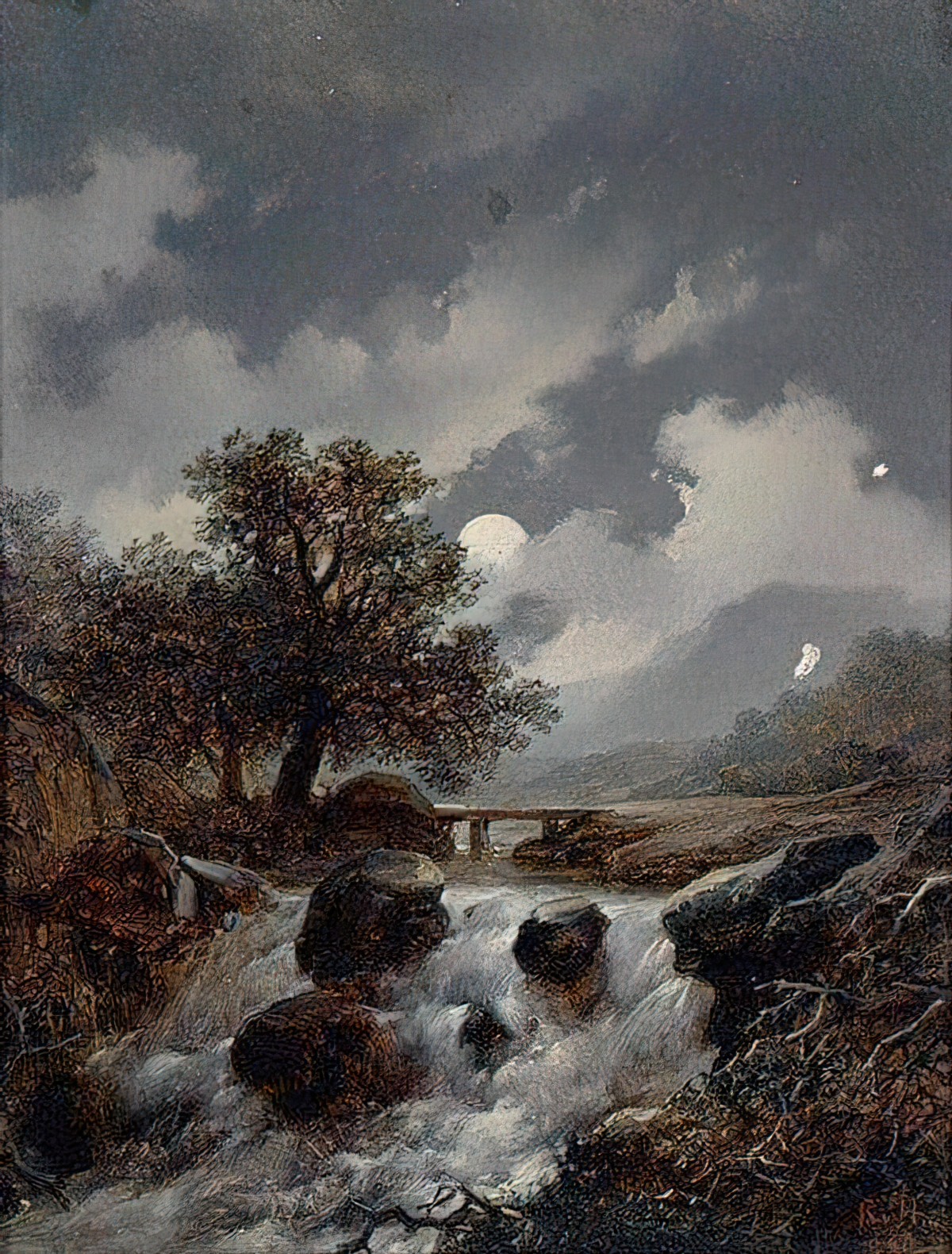
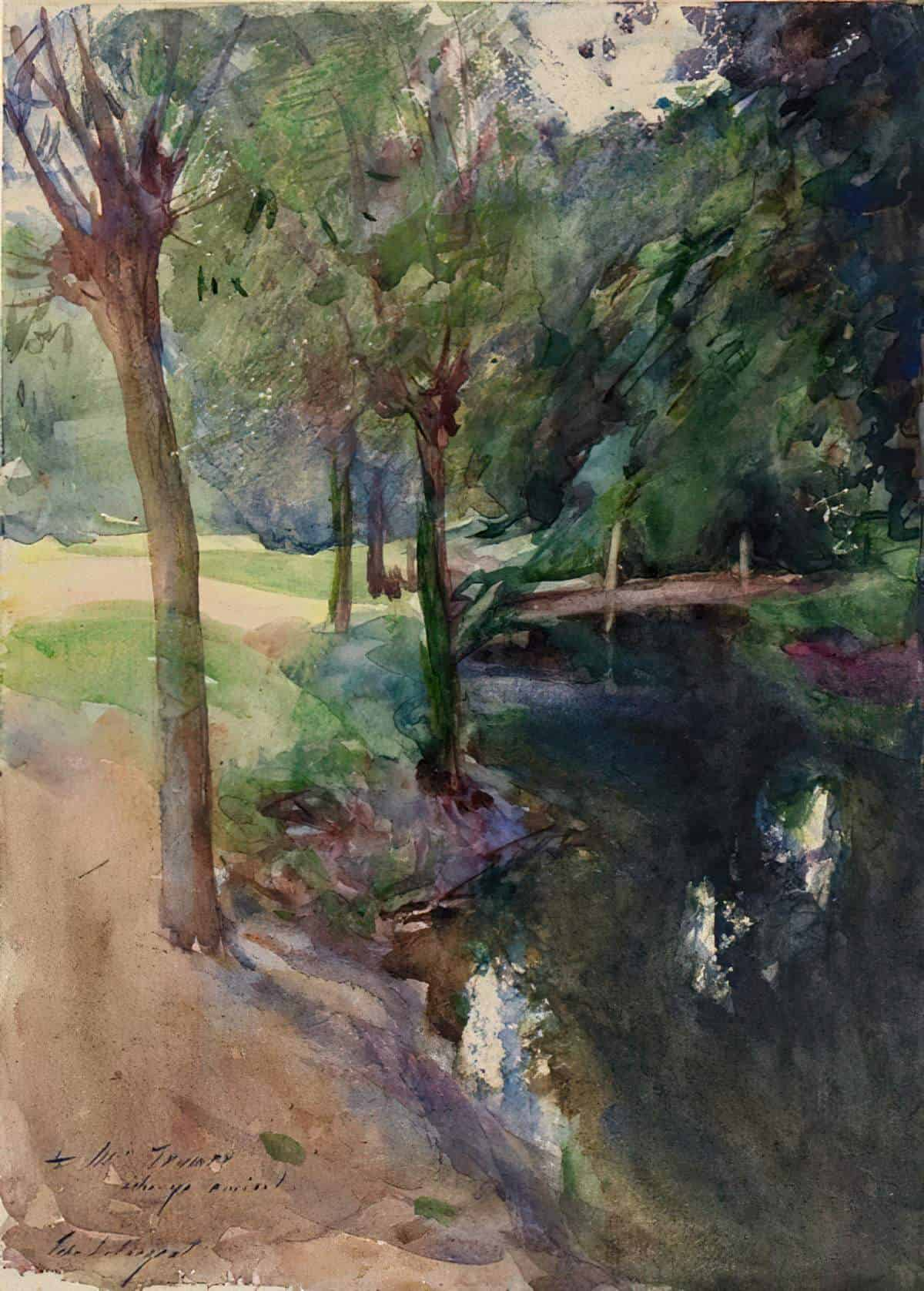
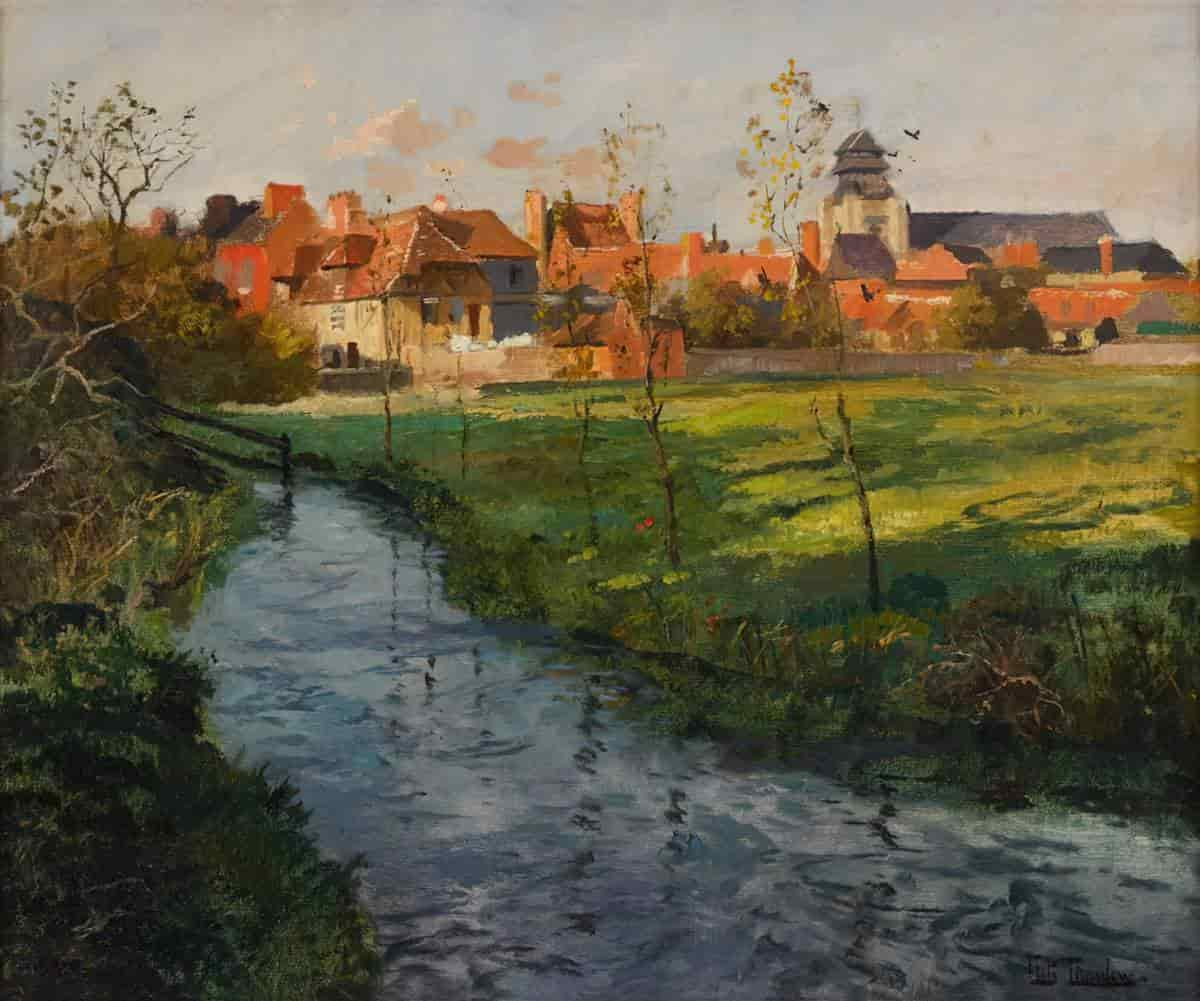
SWALE
Swale: a low or hollow place, especially a marshy depression between ridges.
the verges are grassy and pocked with shallow bandicoot hollows and the gutters are roughly excavated swales, deep and lined with sharp-edged stones that sprout weeds
The Labyrinth by Amanda Lohrey
SWARD
an expanse of short grass (literary)
turning to her maids,
“The Princess” by Alfred, Lord Tennyson
‘Pitch our pavilion here upon the sward;
Lay out the viands.’
Syke
Scottish word for a small stream
Tarn
A mountain pool that forms in a hollow scooped out by a glacier is called a tarn. Officially, tarns are smaller than lakes. The word tarn comes from the Old Norse tjörn, “small mountain lake with no tributaries.”
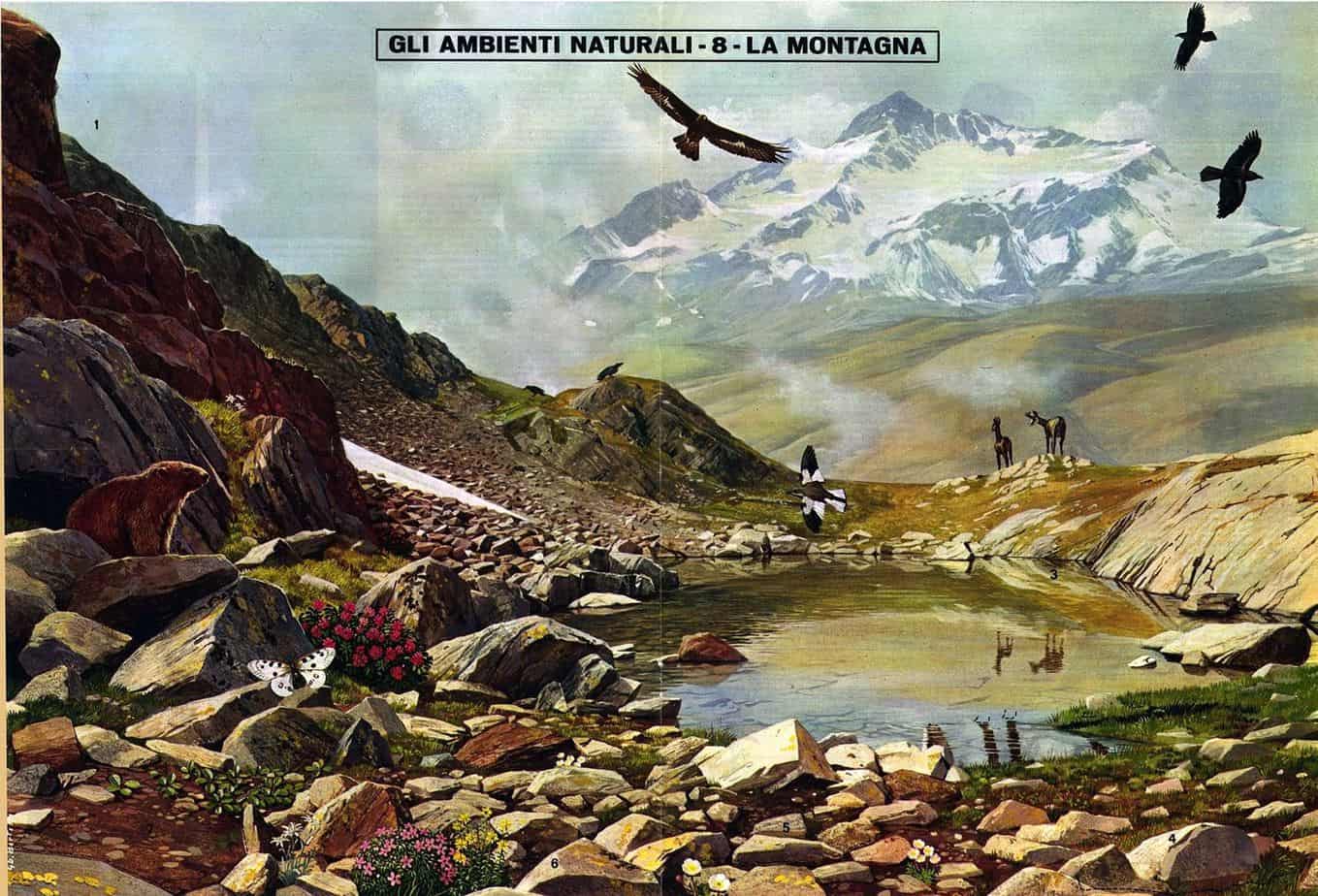
Trench
A long, narrow ditch. Also, a long, narrow, deep depression in the ocean bed, typically one running parallel to a plate boundary and marking a subduction zone. Trenches have also often been dug for military defensive purposes, so have associations with war and death. Gullies and ditches are wider than trenches.
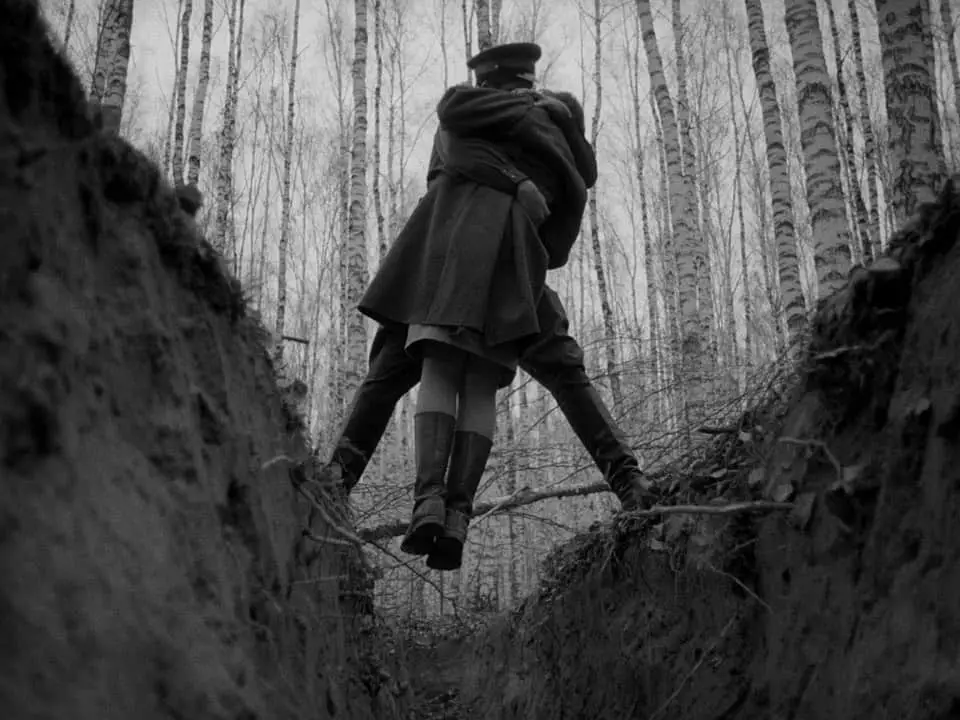
Turlough
(in Ireland) a low-lying area on limestone which becomes flooded in wet weather through the welling up of groundwater from the rock
Valley
a low area between hills or mountains typically with a river running through it. In geology, a valley or dale is a depression that is longer than it is wide. The terms U-shaped and V-shaped are descriptive terms of geography to characterize the form of valleys. Most valleys belong to one of these two main types or a mixture of them, at least with respect to the cross section of the slopes or hillsides.
VICTORIAN ENCLOSURE
In contrast to the Romantic expanse, the Victorian enclosure is based on reassurance. Distance is maintained between nature and humans. Space is concentrated in the house and on family authority. This spatial concept is influenced by the Gothic. Associated motifs: prison, insanity, the threat of destruction.
See: Leonard Lutwack,The Role of Place in Literature (New York: Syracuse University Press, 1984)ro
Volcano
a rupture in the crust of a planetary-mass object, such as Earth, that allows hot lava, volcanic ash, and gases to escape from a magma chamber below the surface.
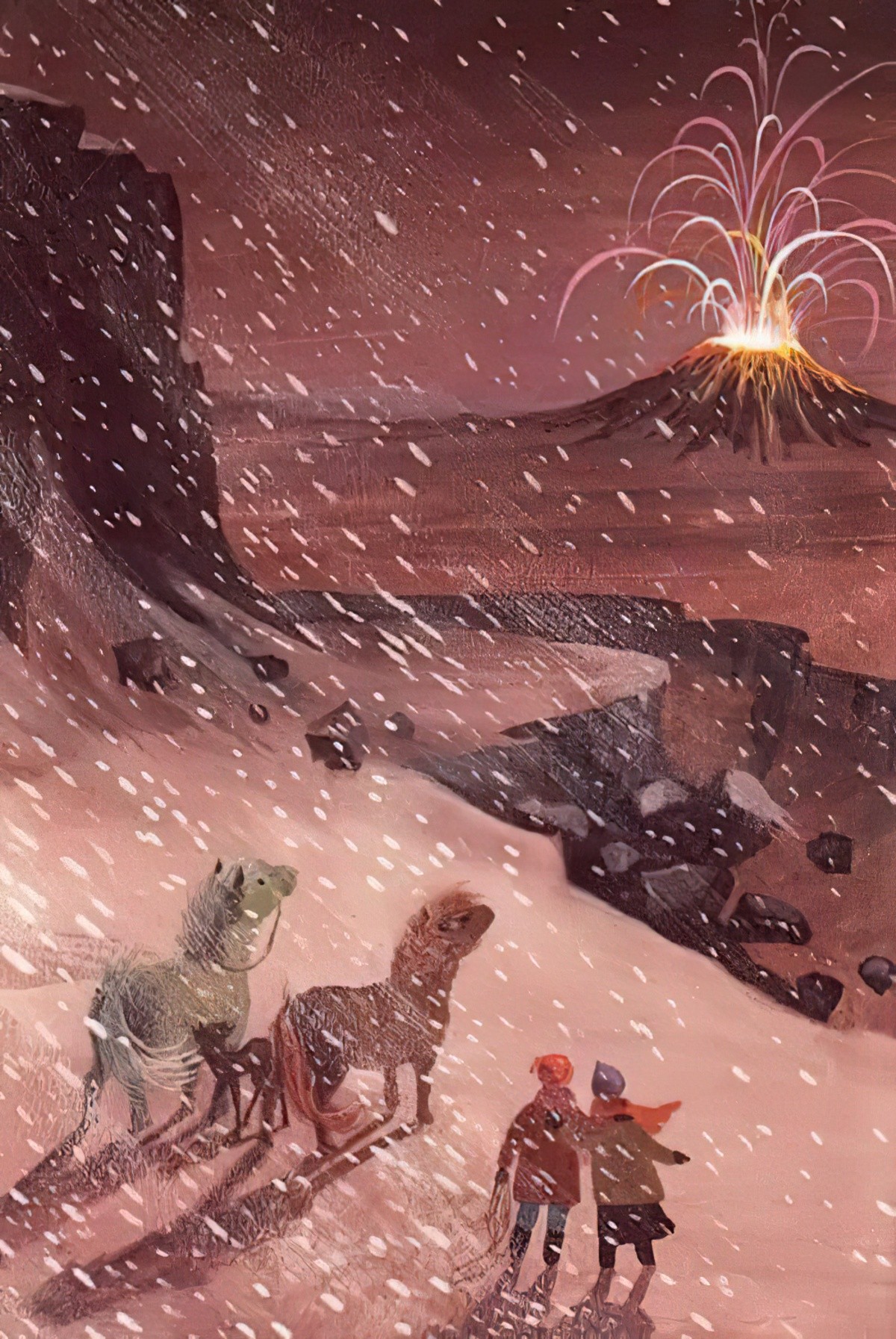
WEIR
A weir is a small dam built across a river to control the upstream water level. Weirs have been used for ages to control the flow of water in streams, rivers, and other water bodies. Unlike large dams which create reservoirs, the goal of building a weir across a river isn’t to create storage, but only to gain some control over the water level. Over time, the term weir has taken on a more general definition in engineering to apply to any hydraulic control structure that allows water to flow over its top, often called its crest. In fact, the spillways of many large dams use weirs as control structures.
Practical Engineering
Wind gap
another name for a notch
Header painting: Chalk Paths by Eric Revilious, 1935
